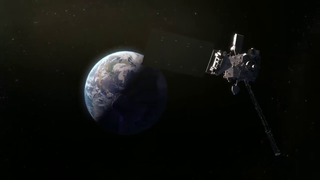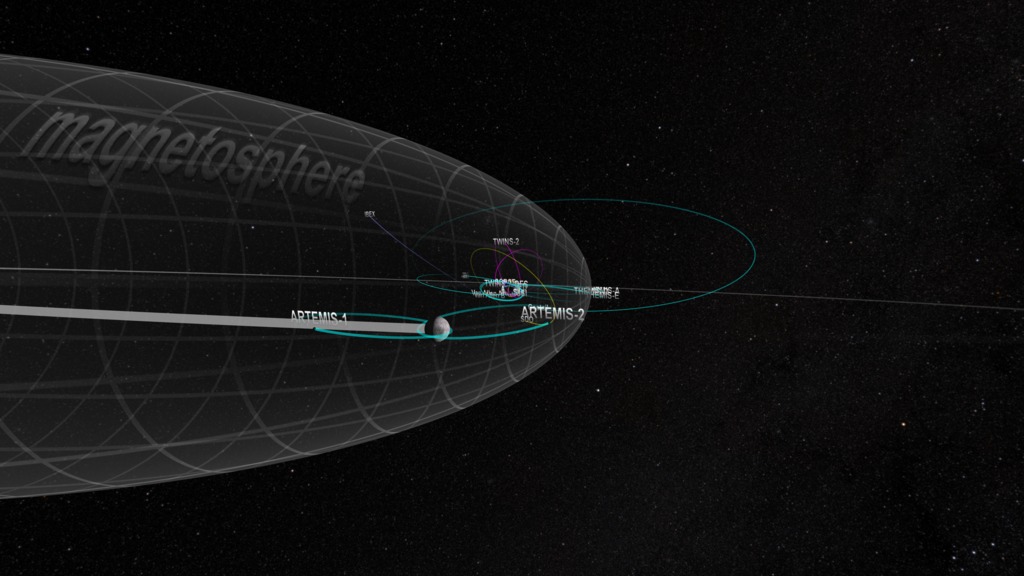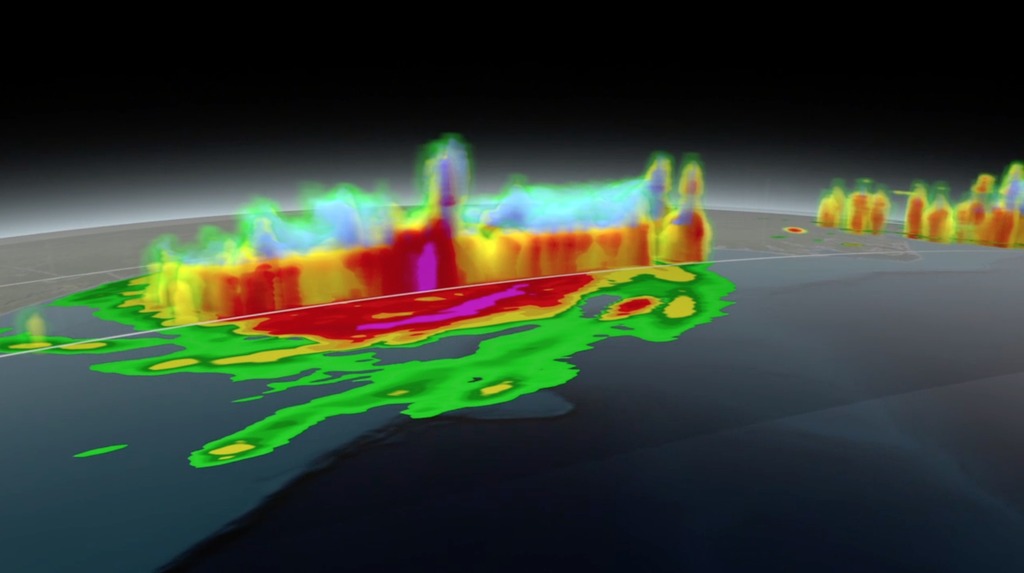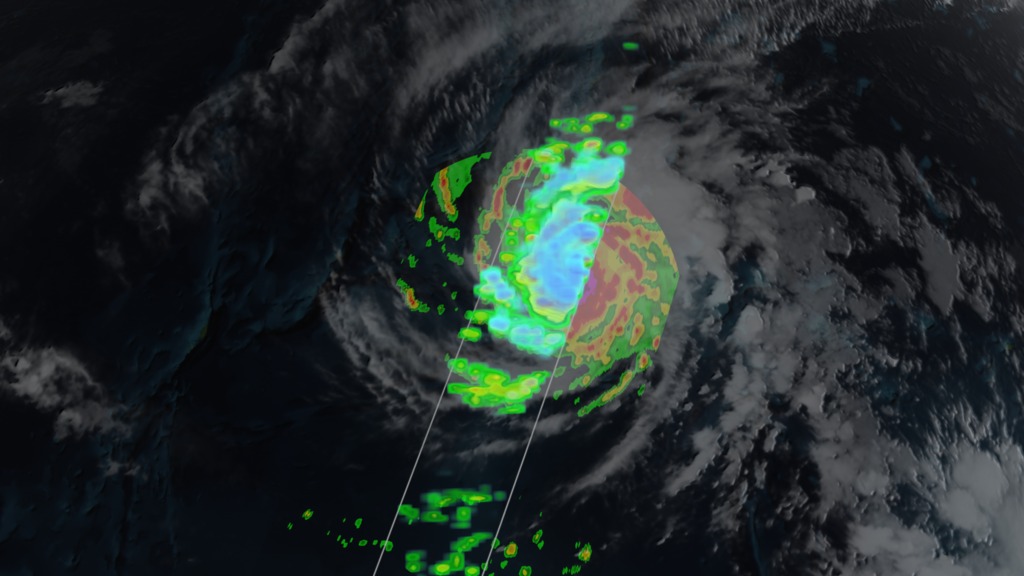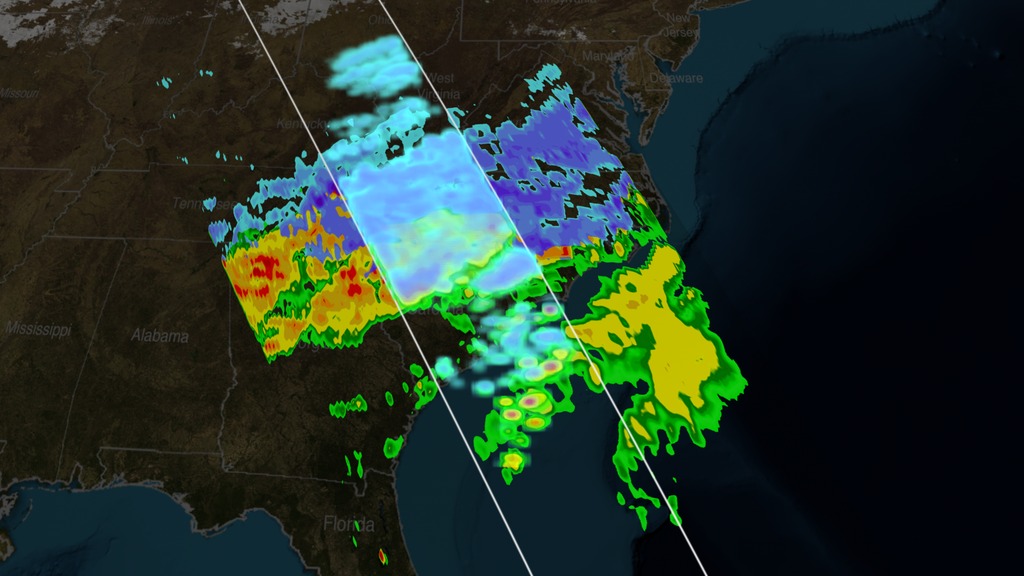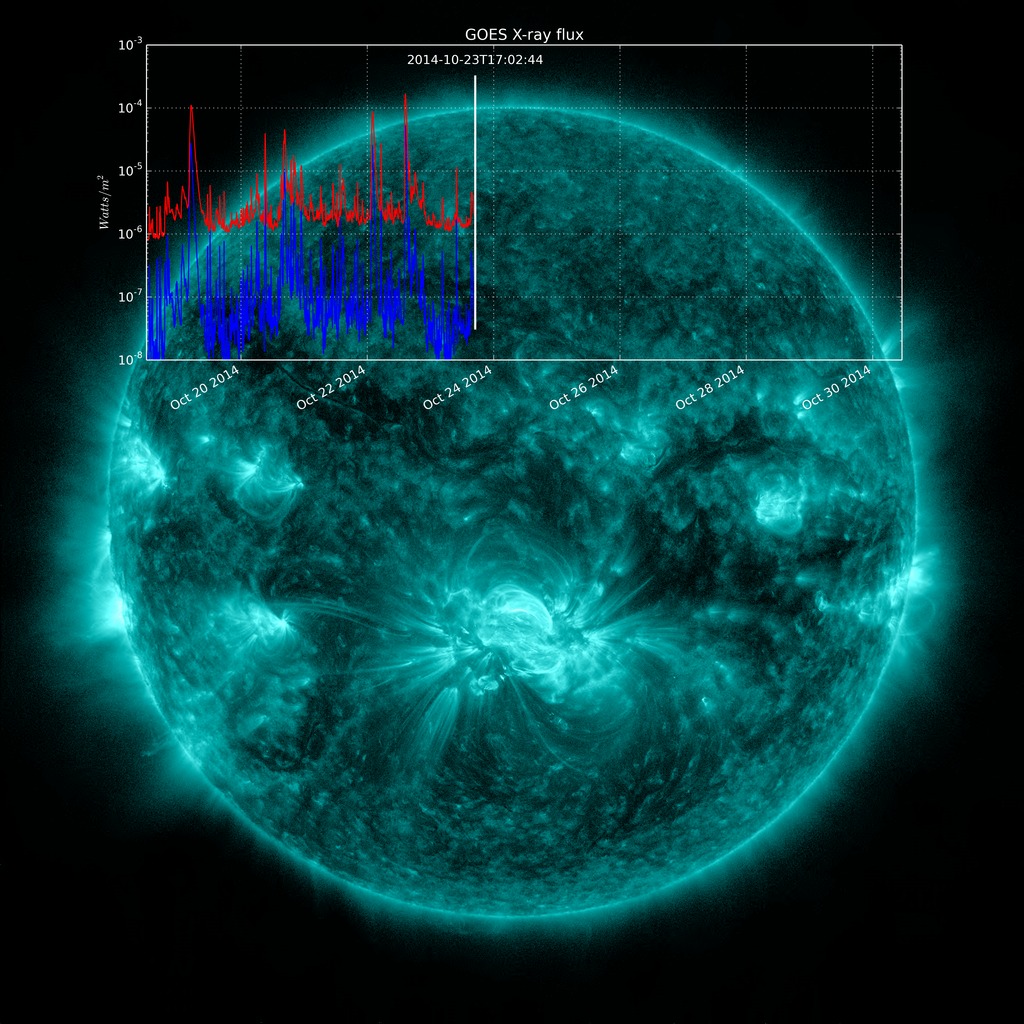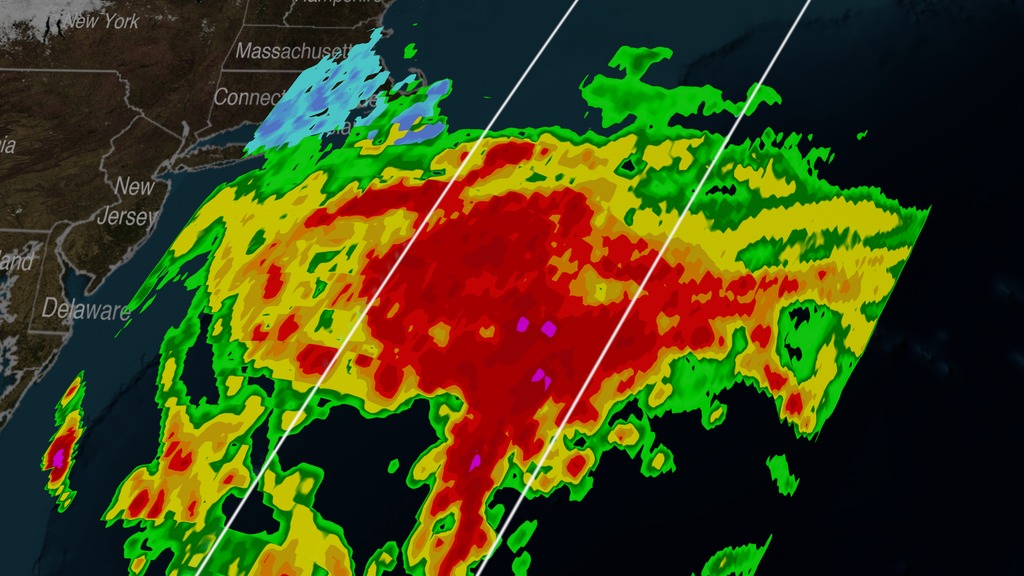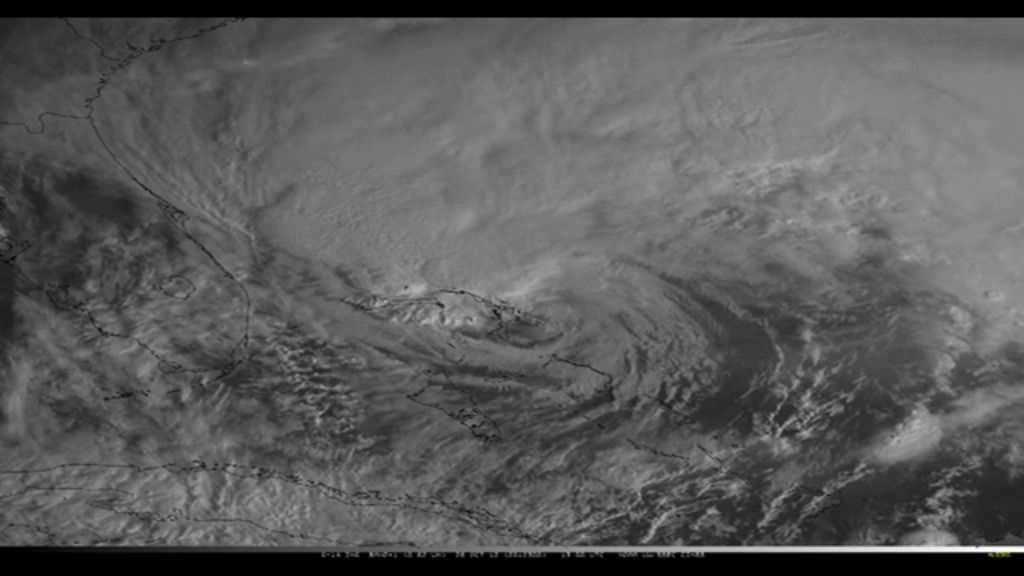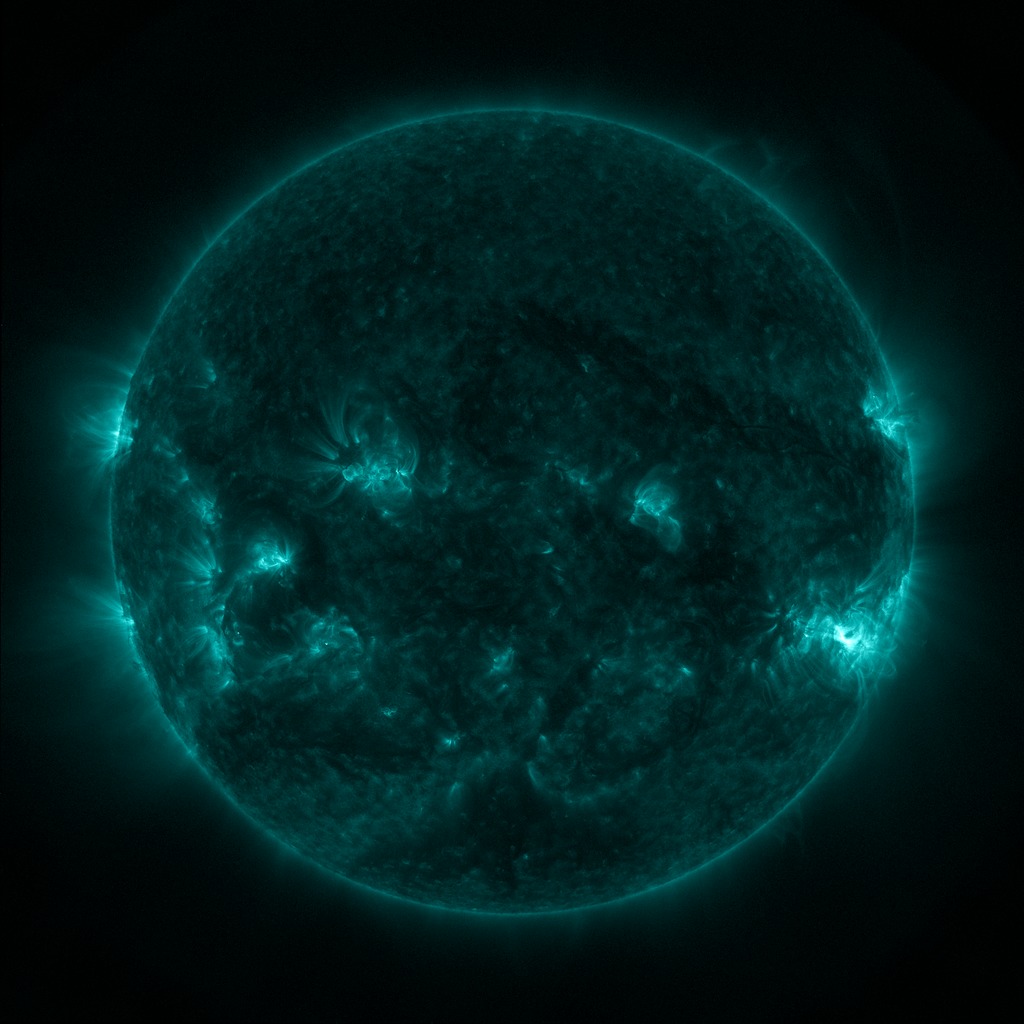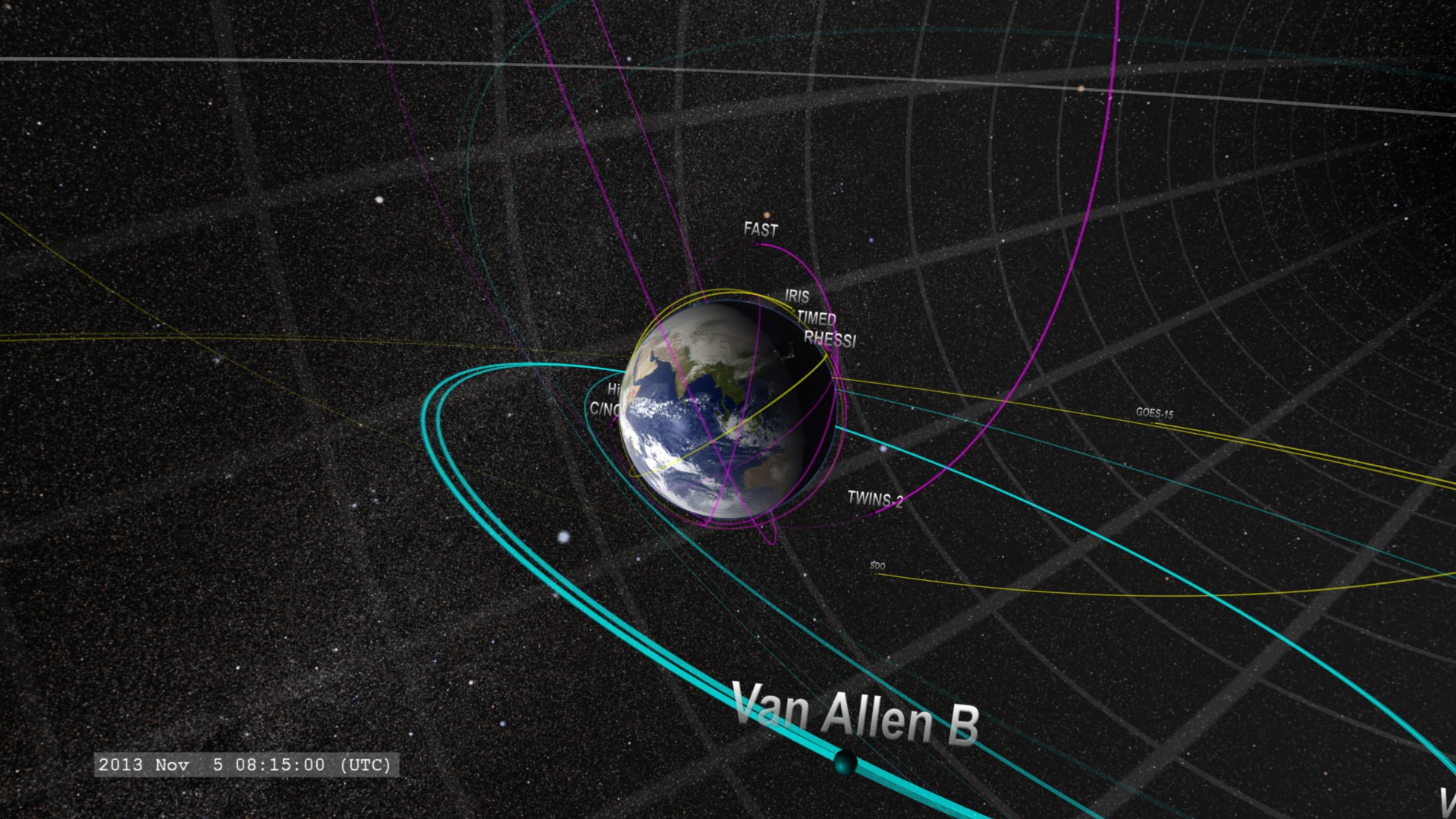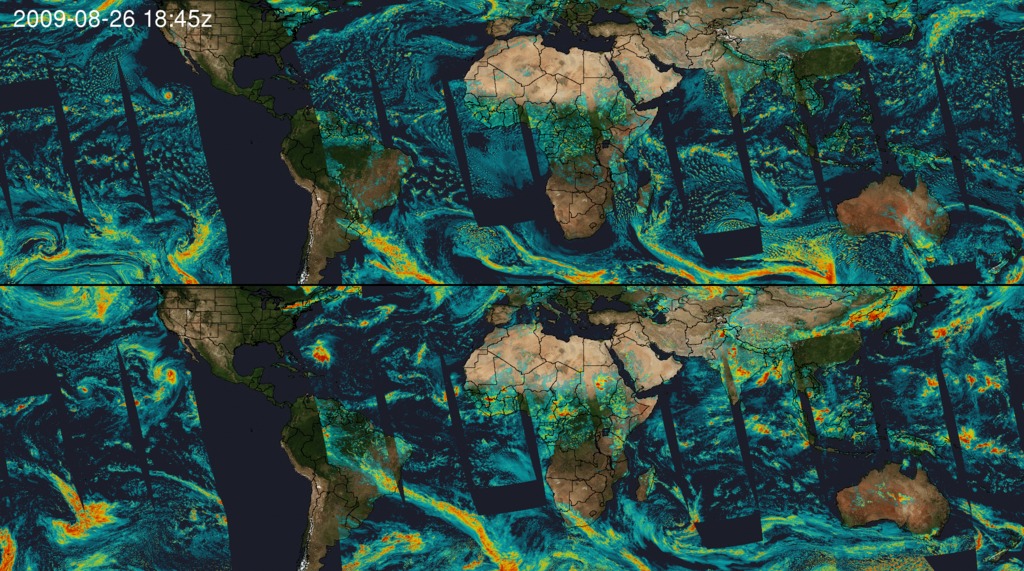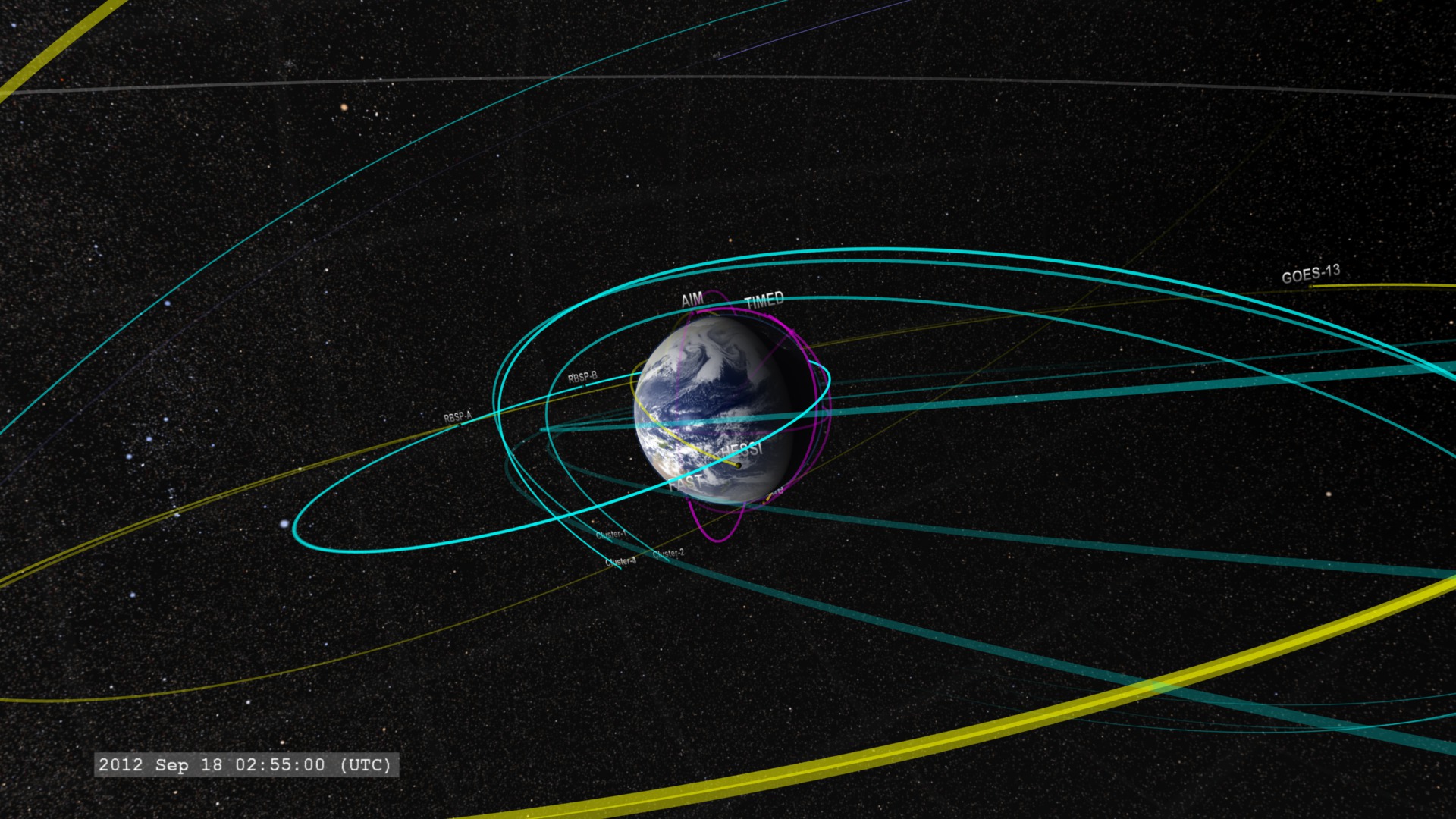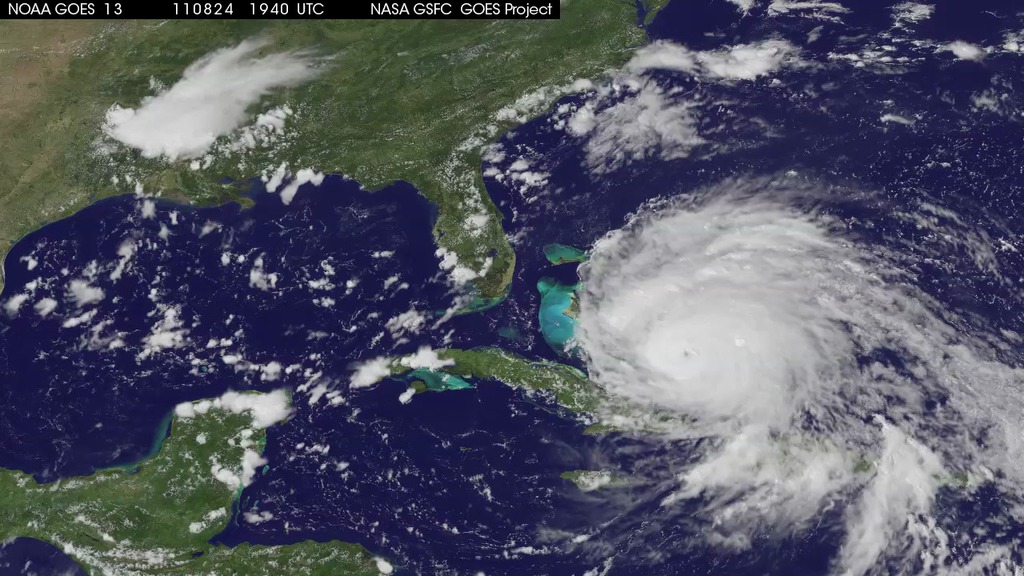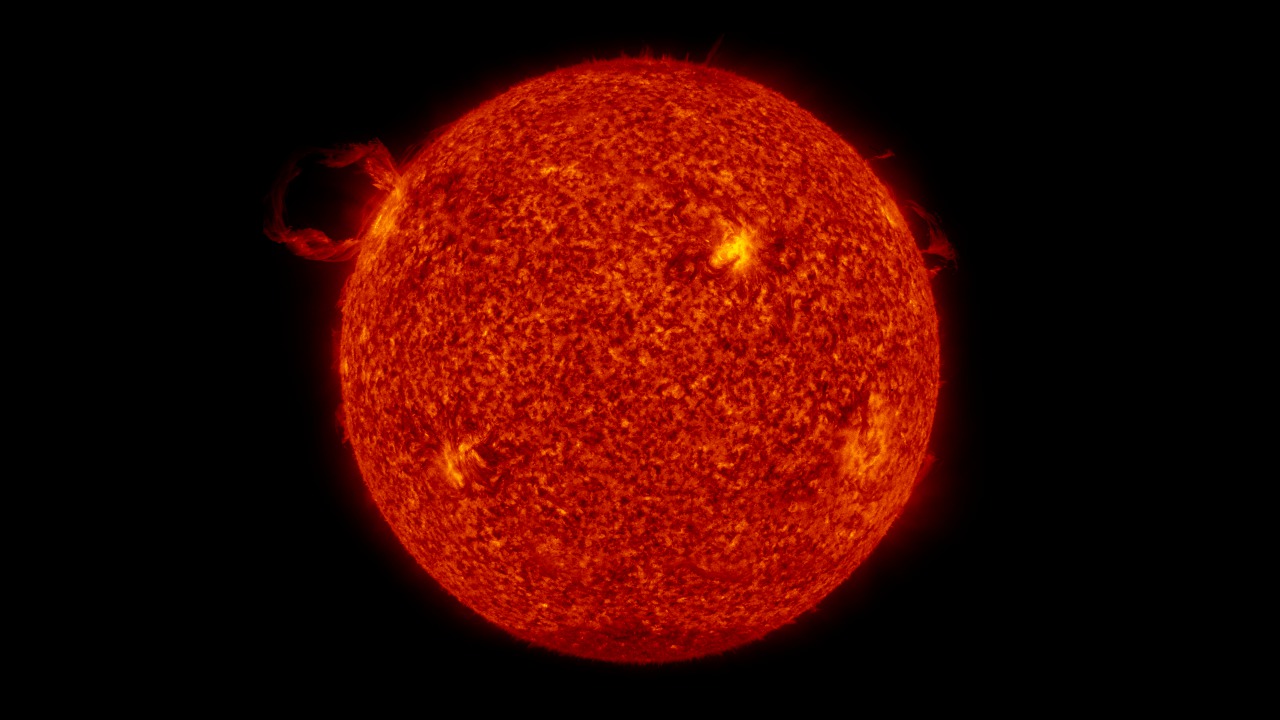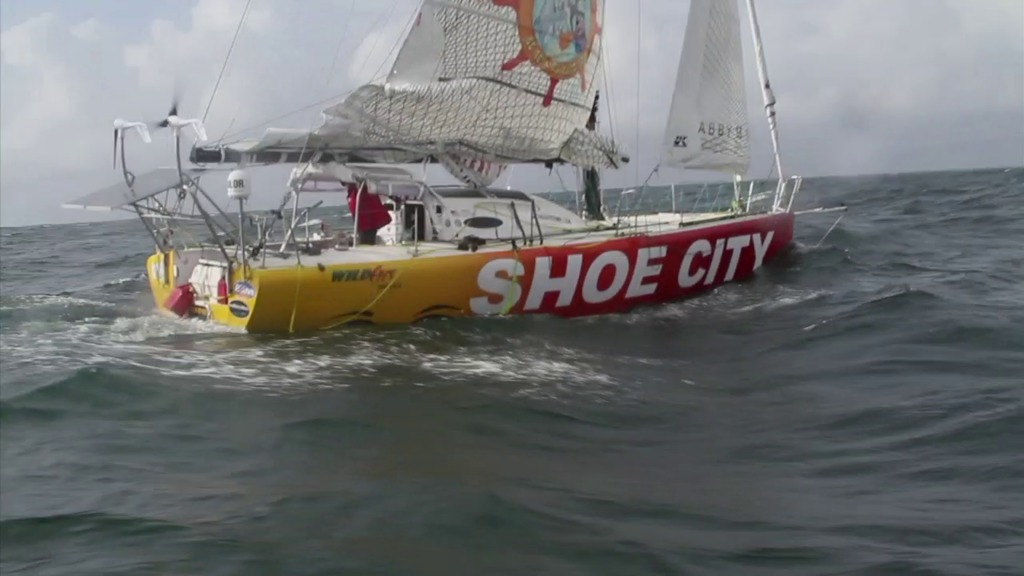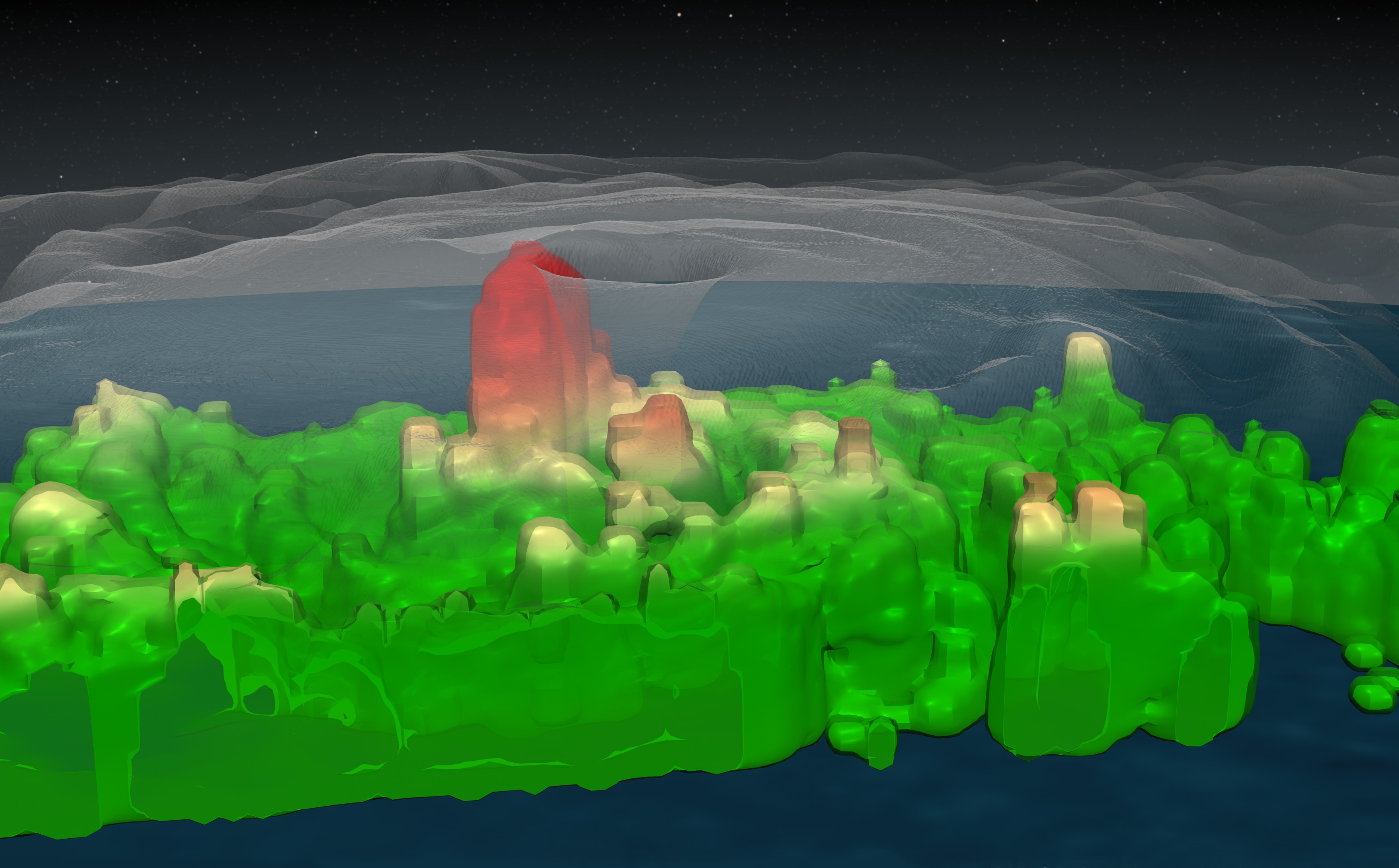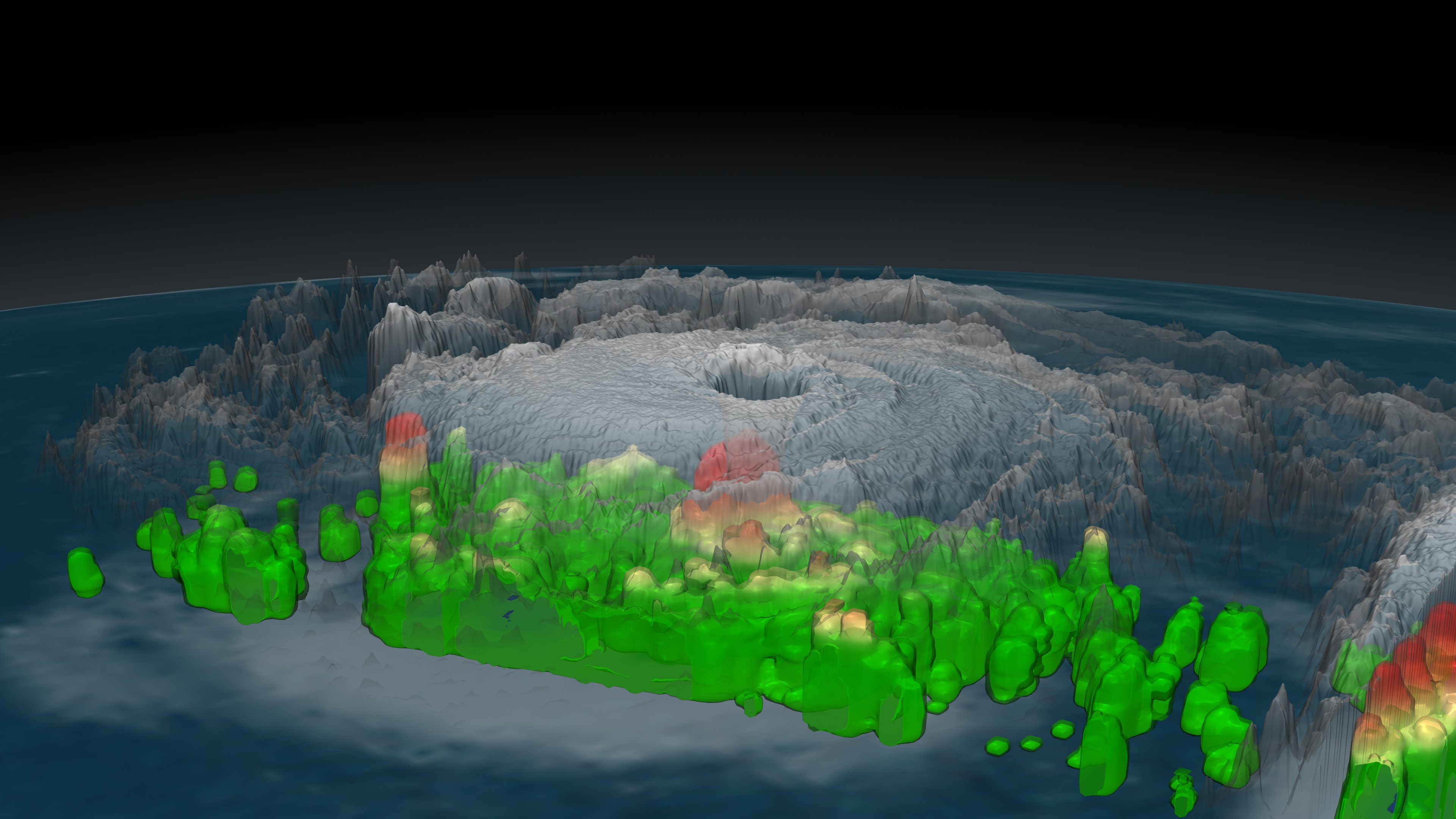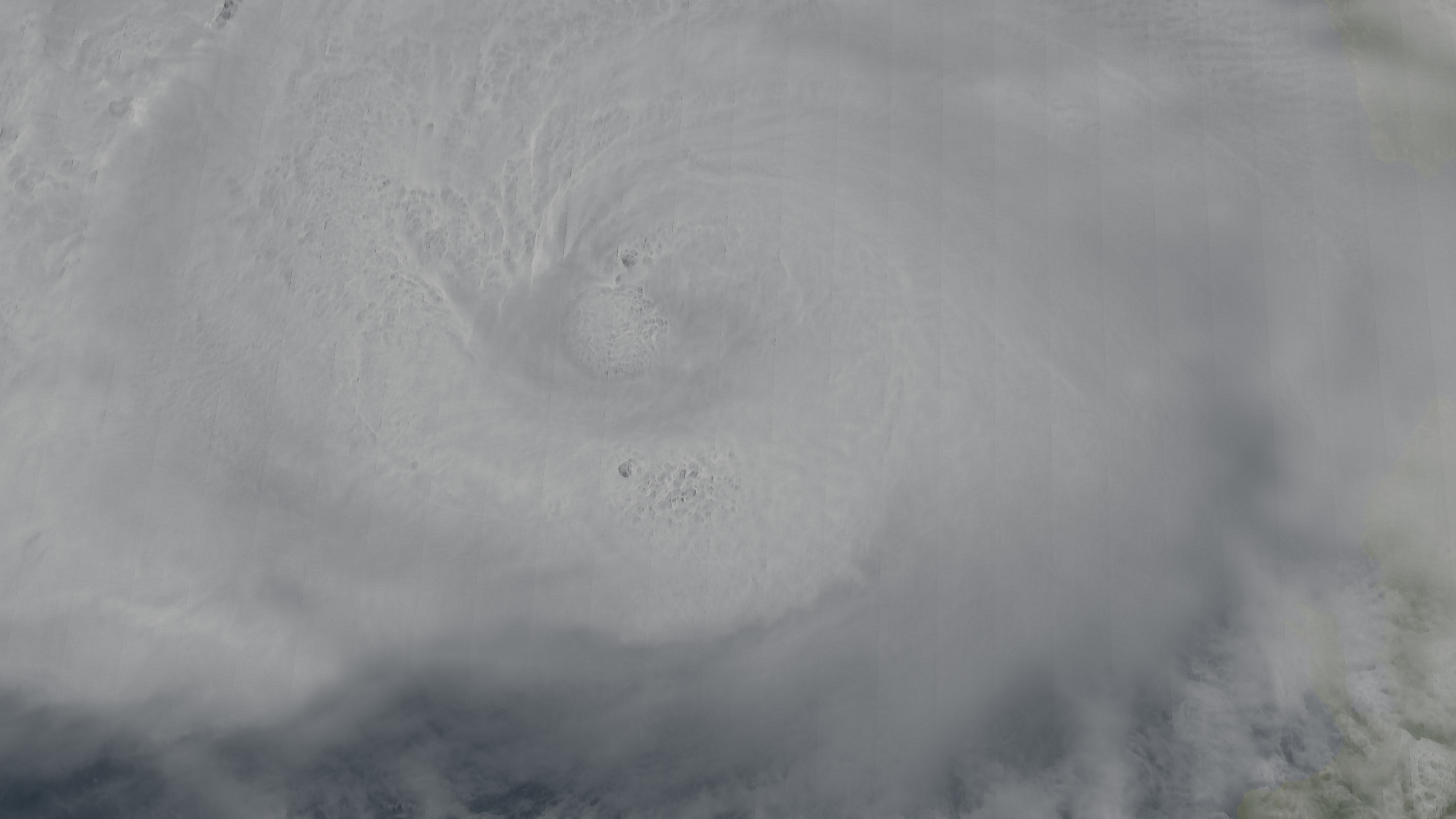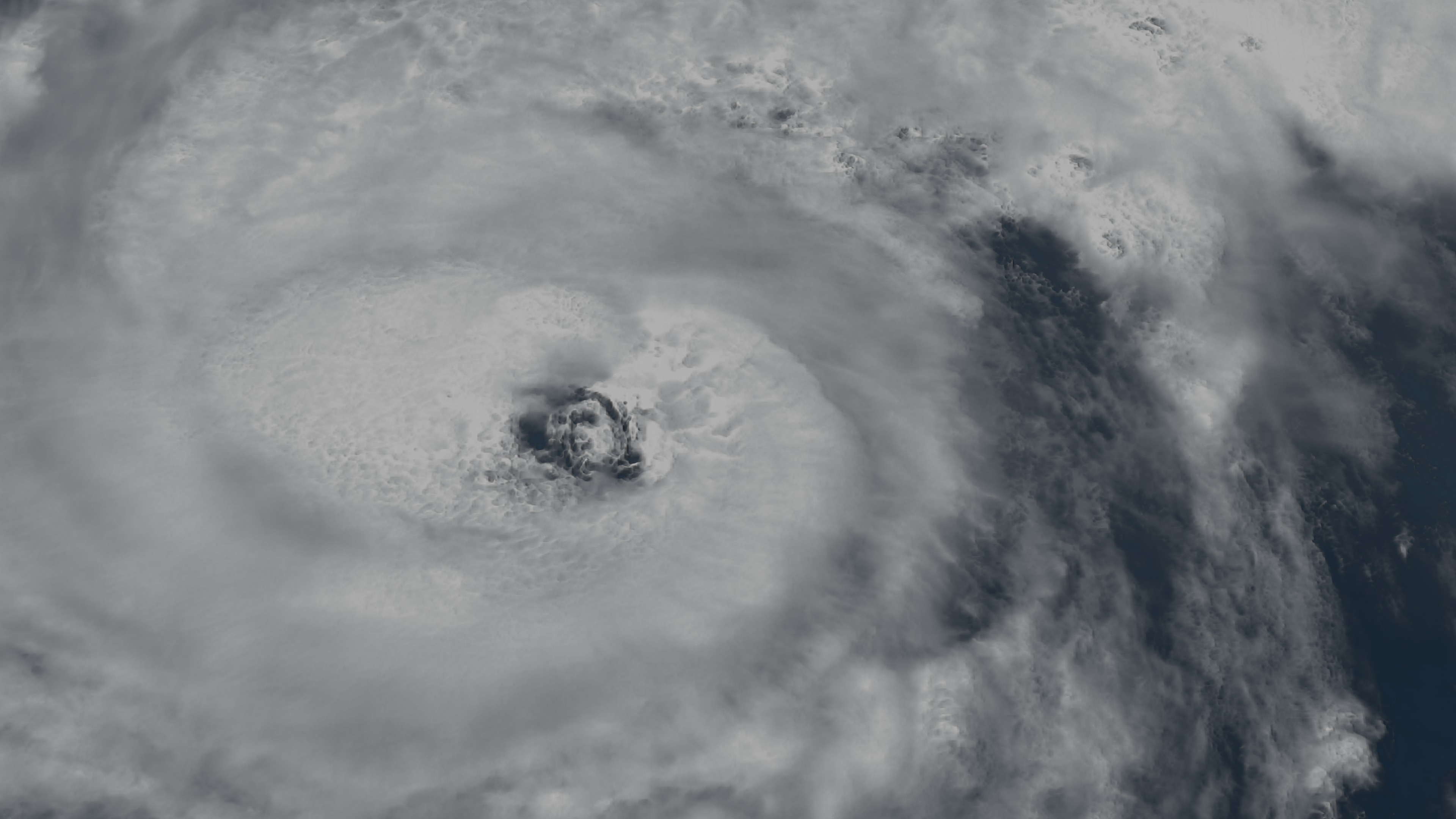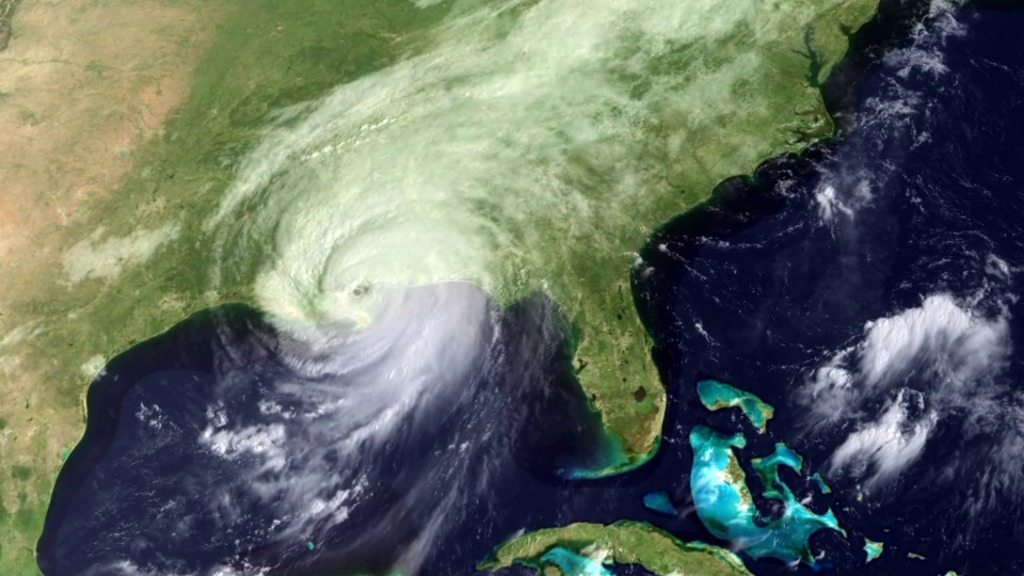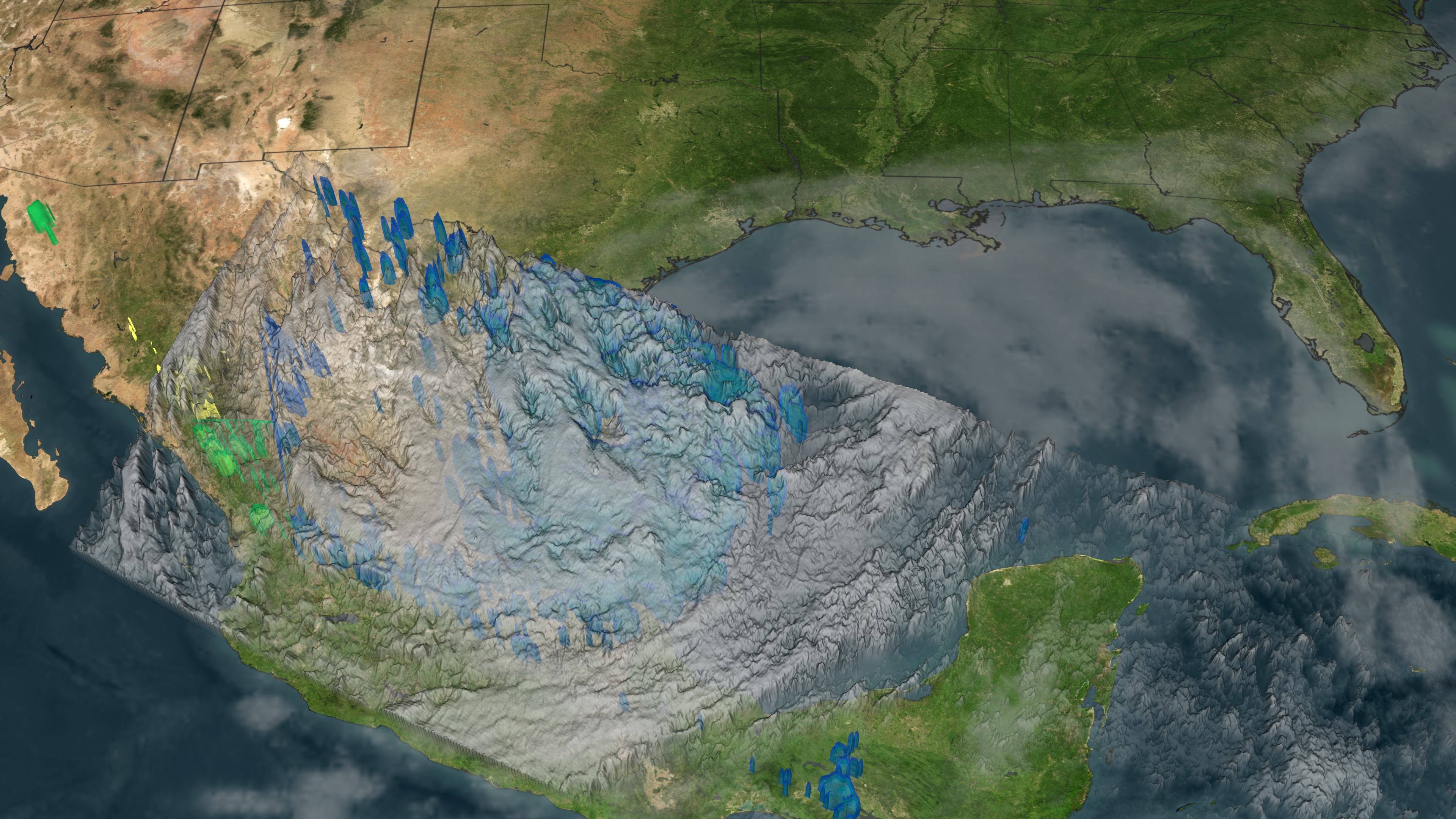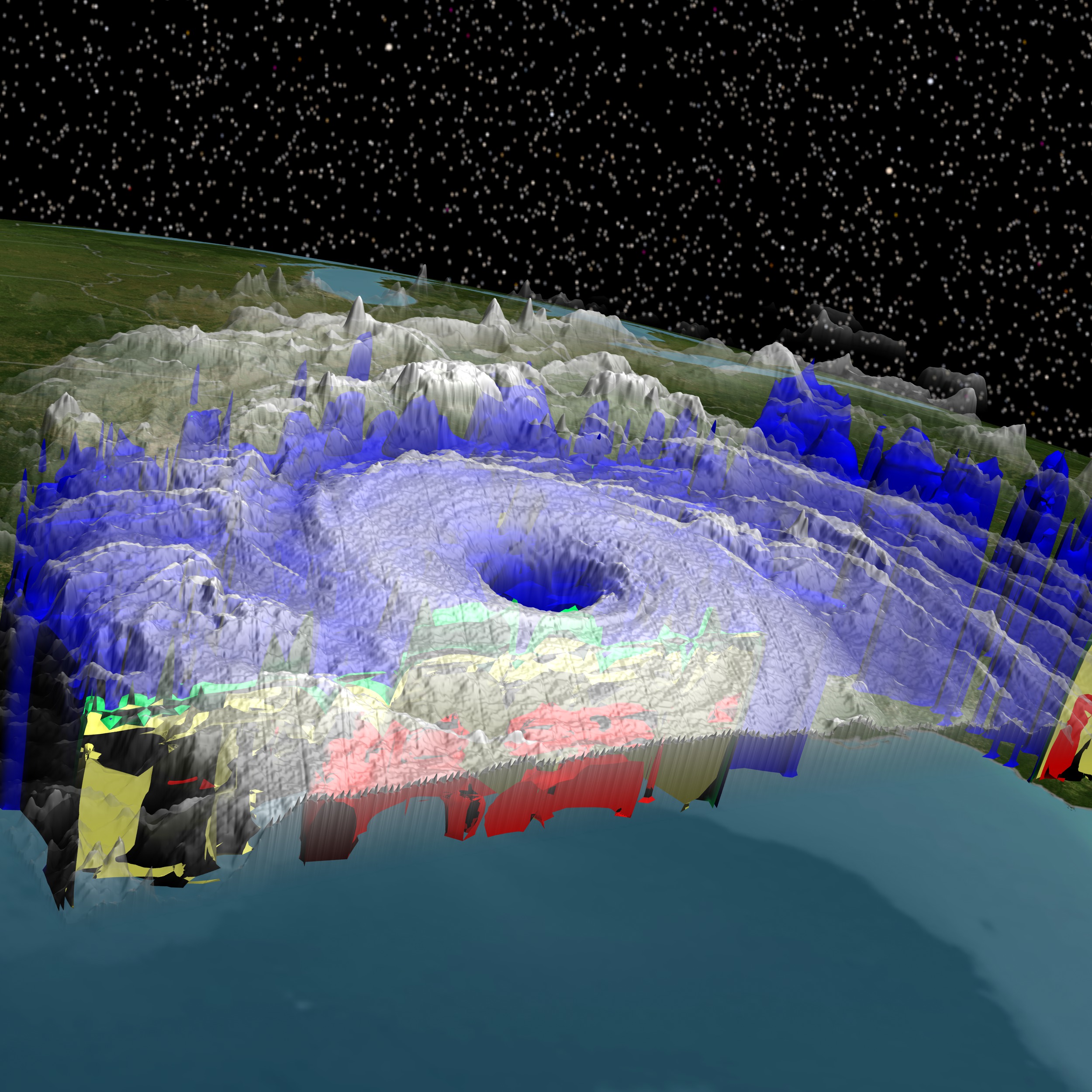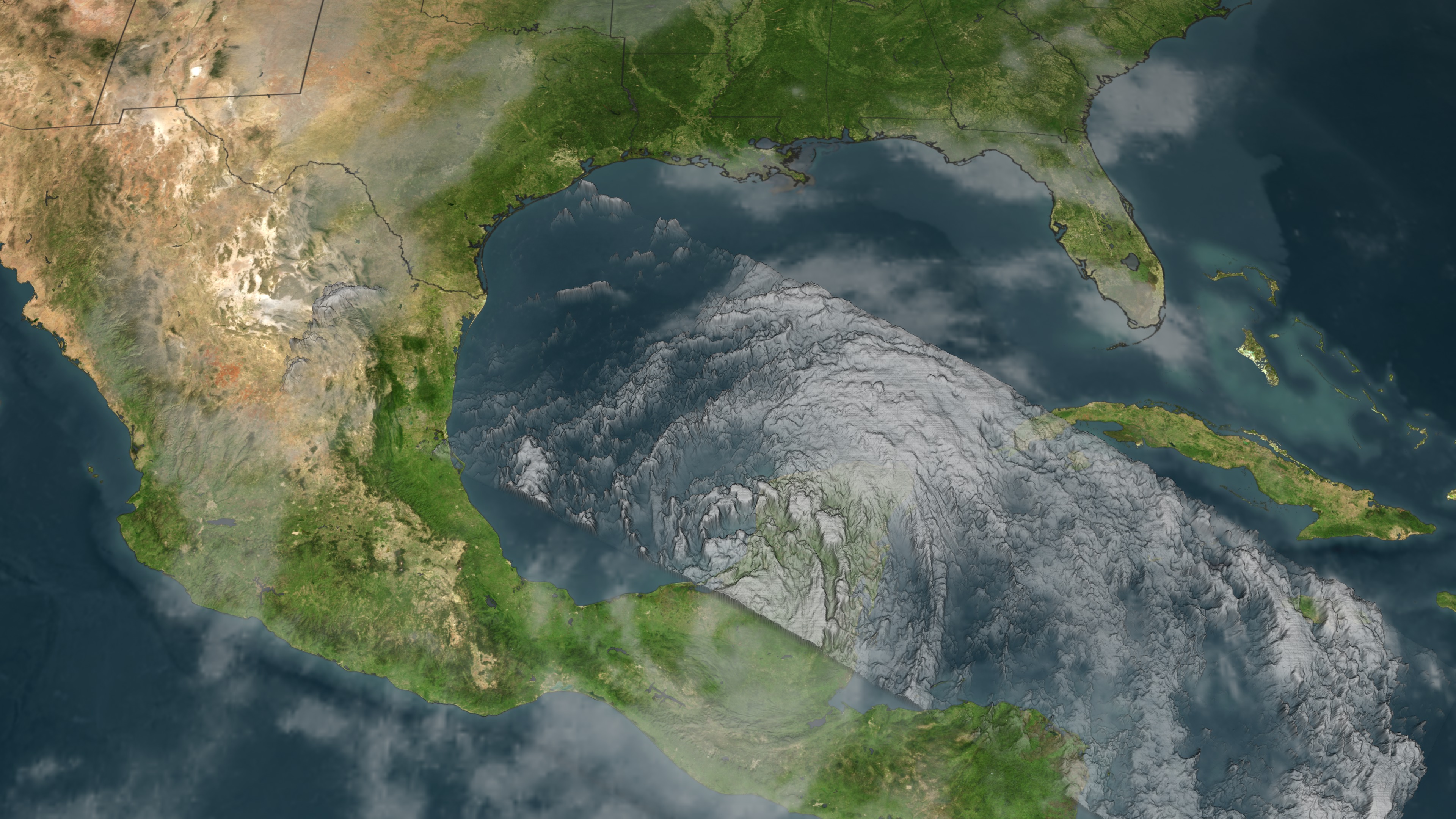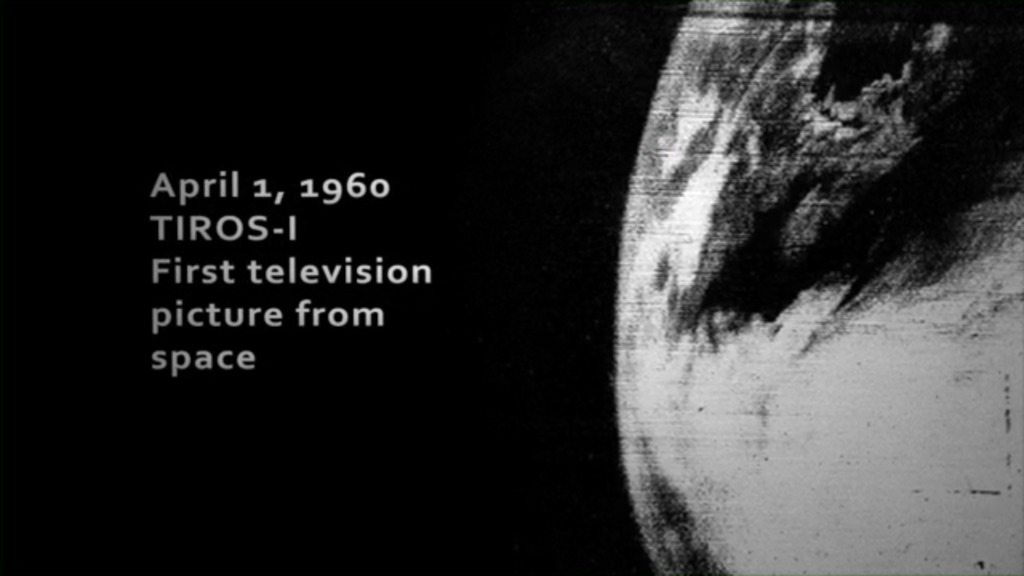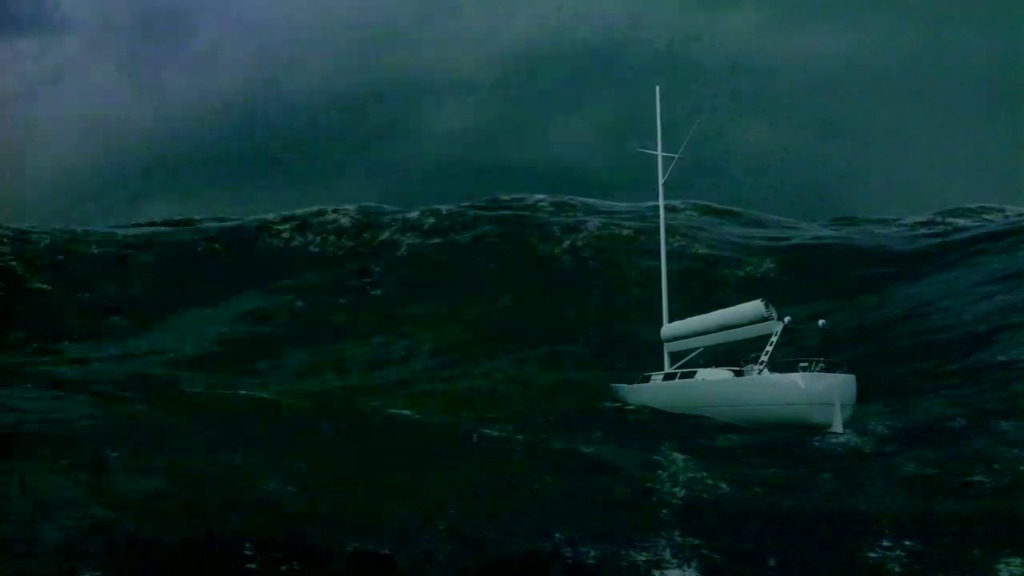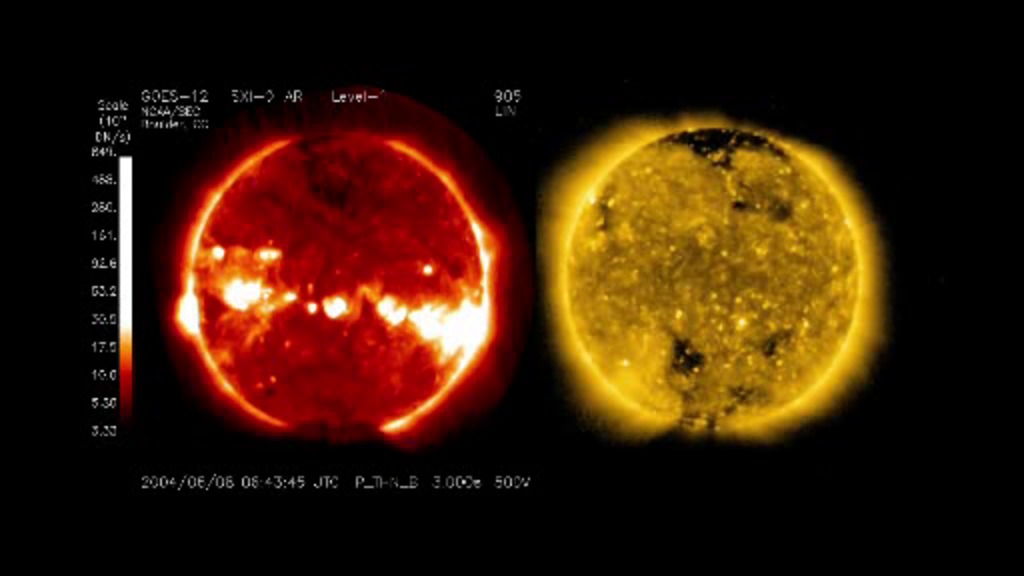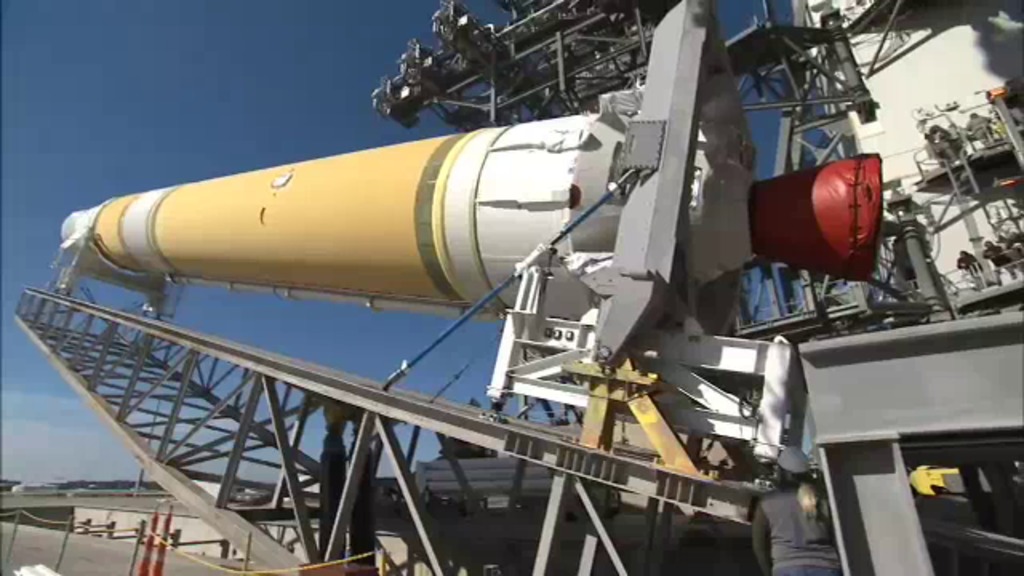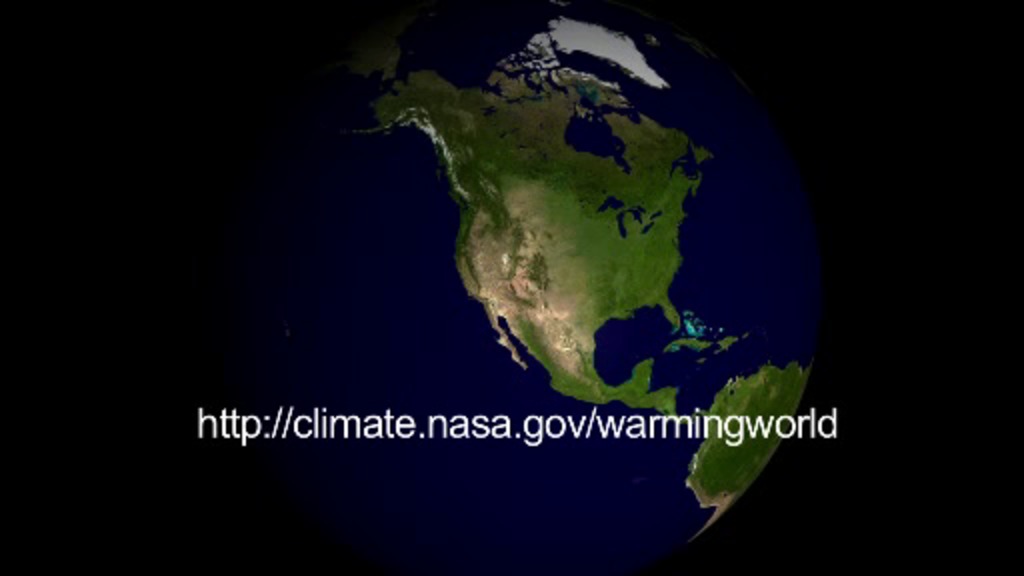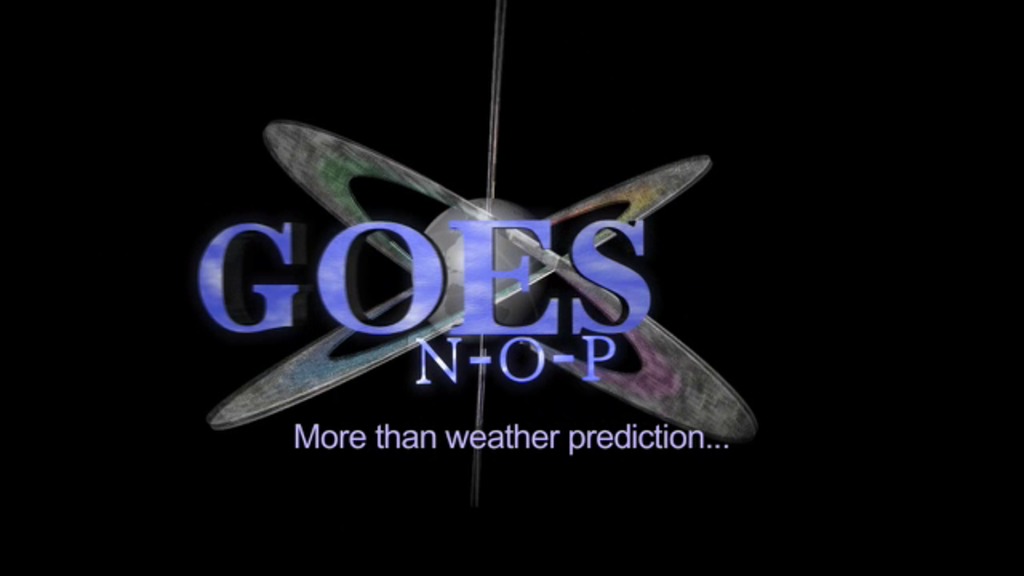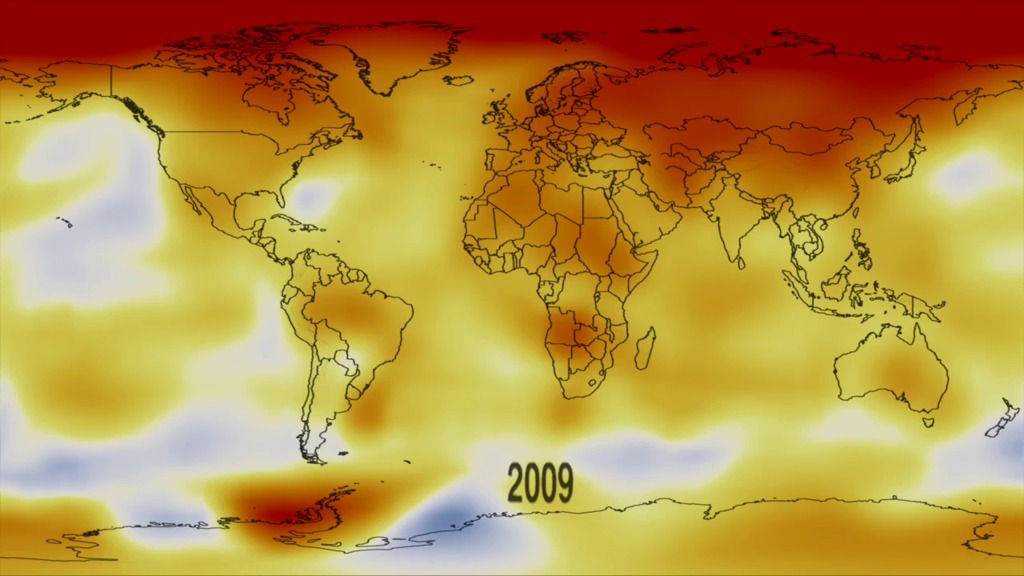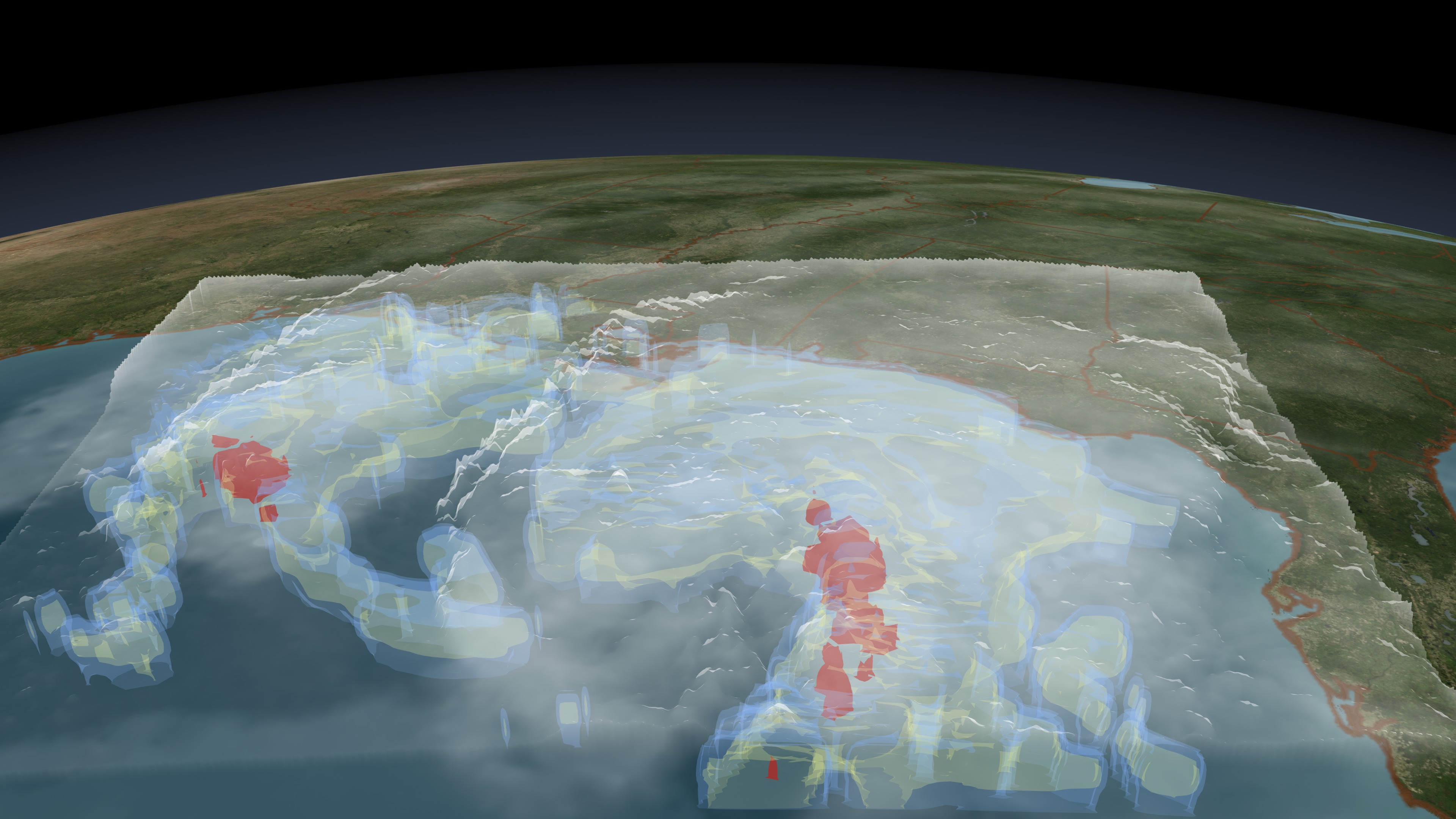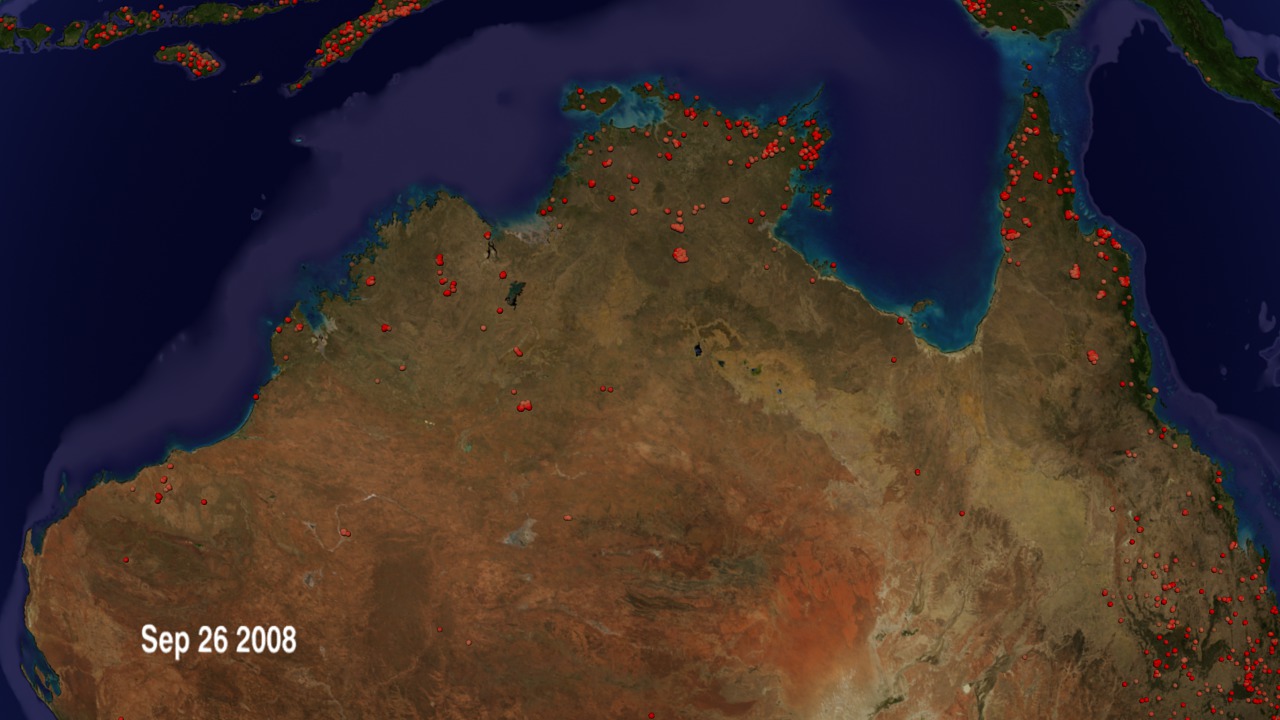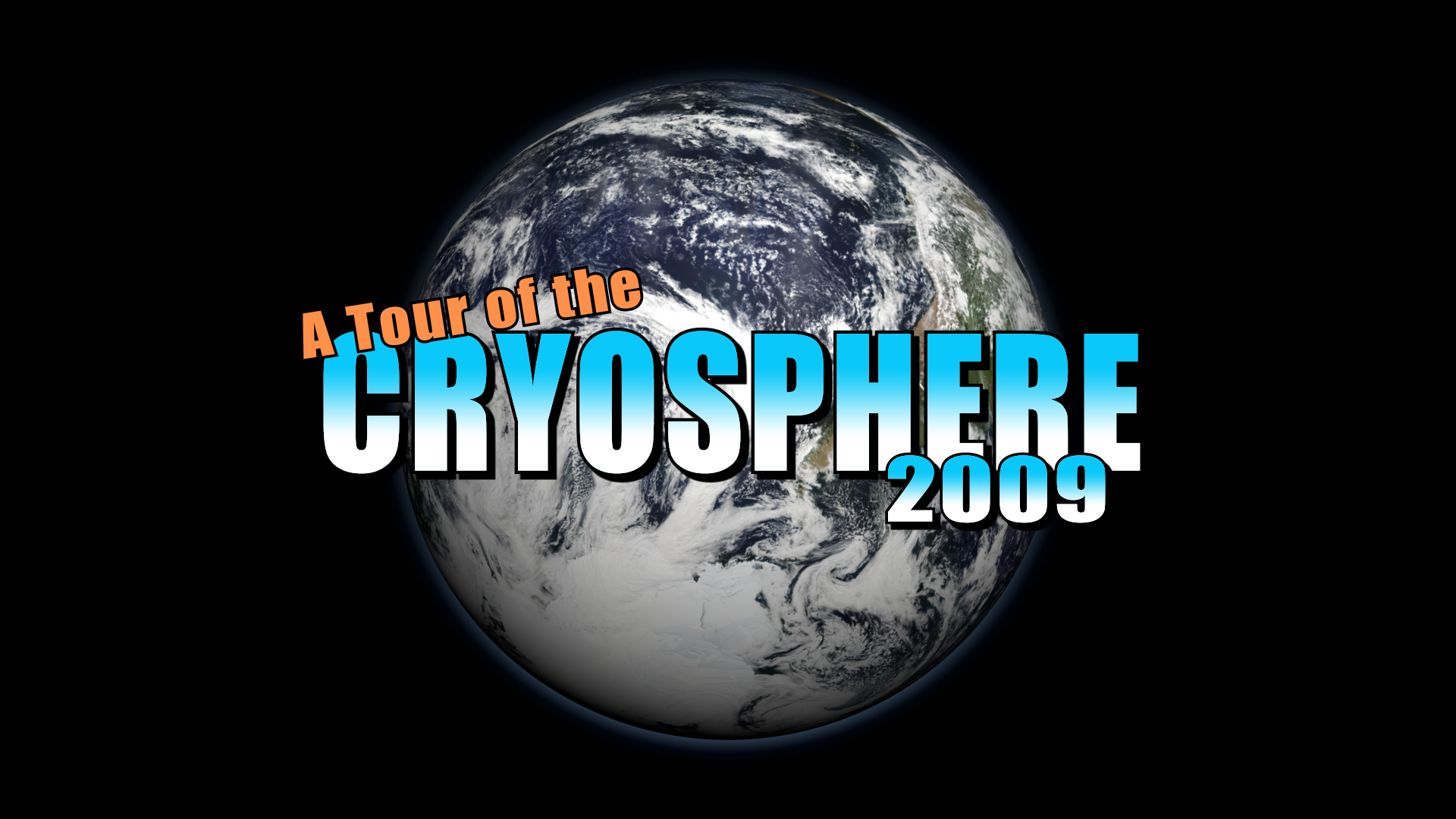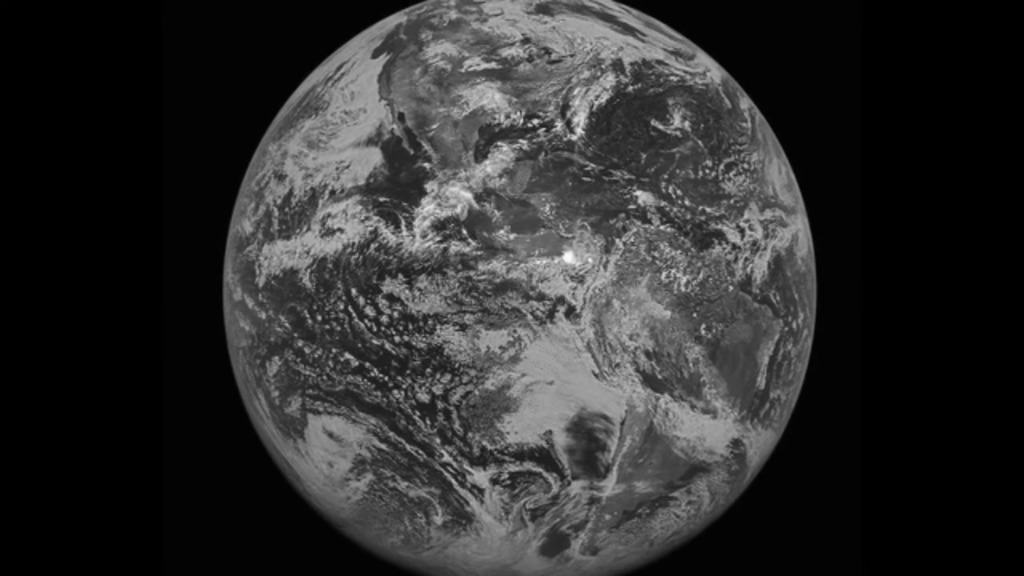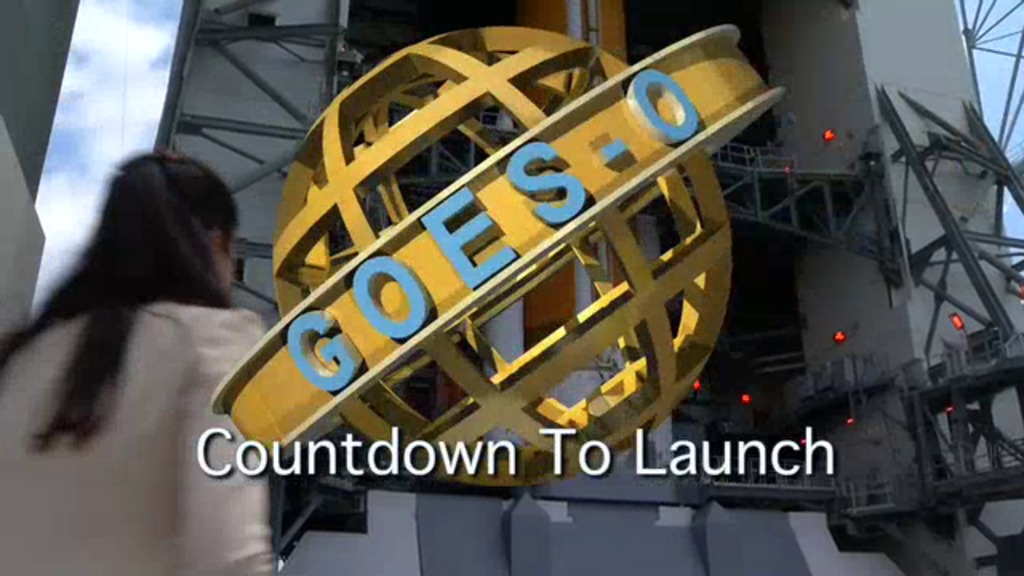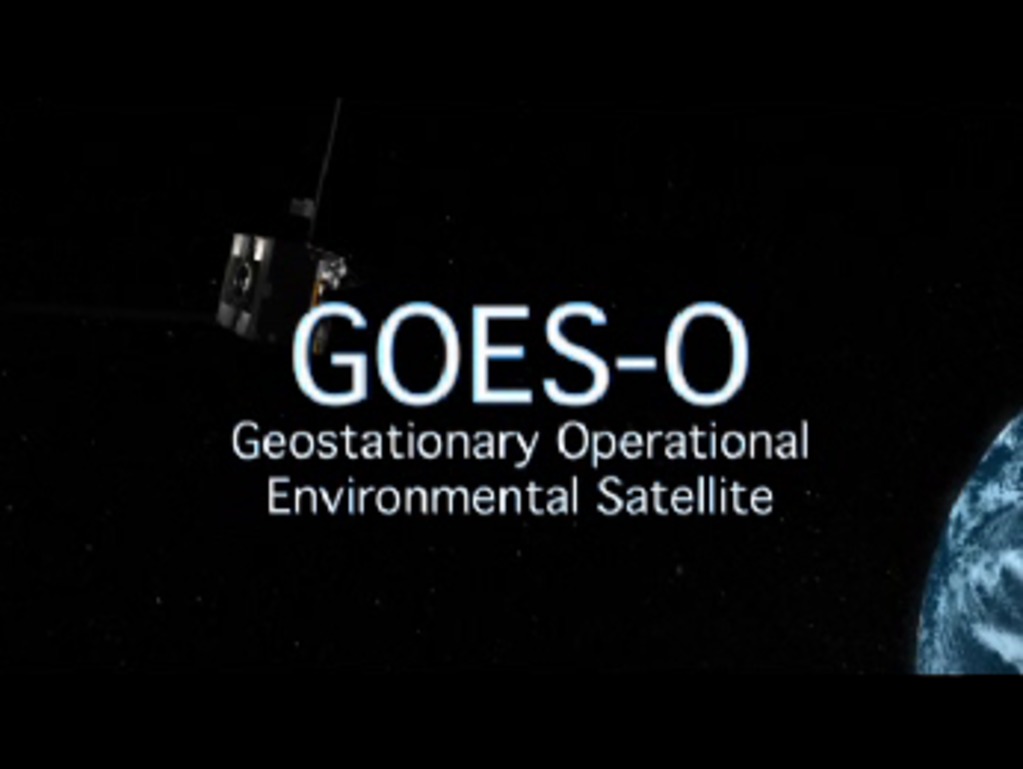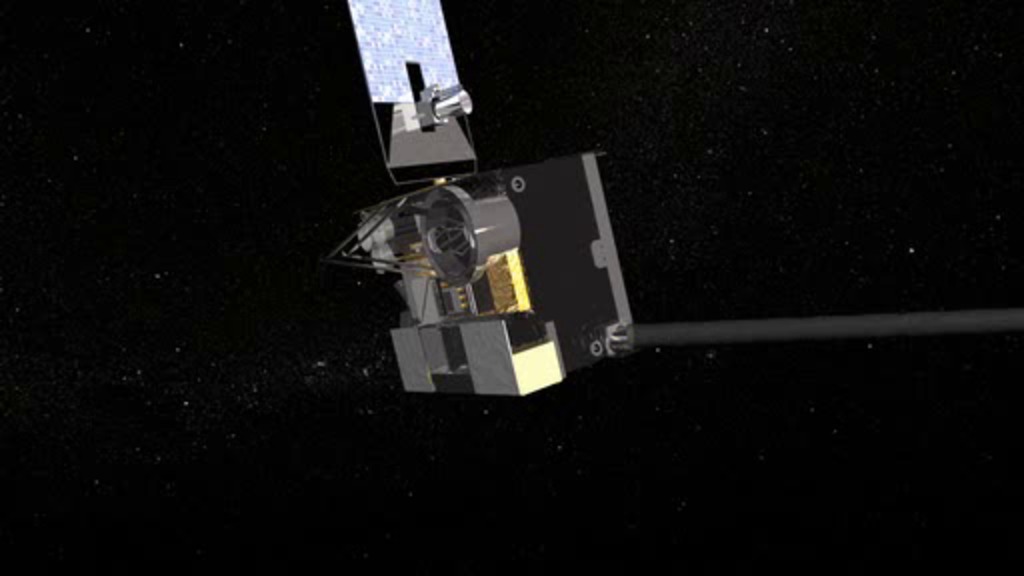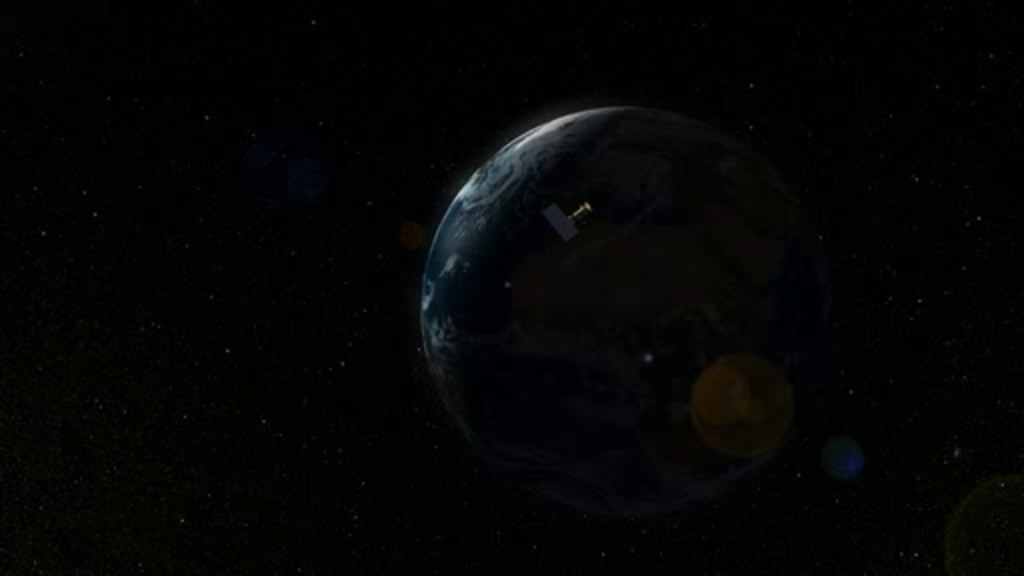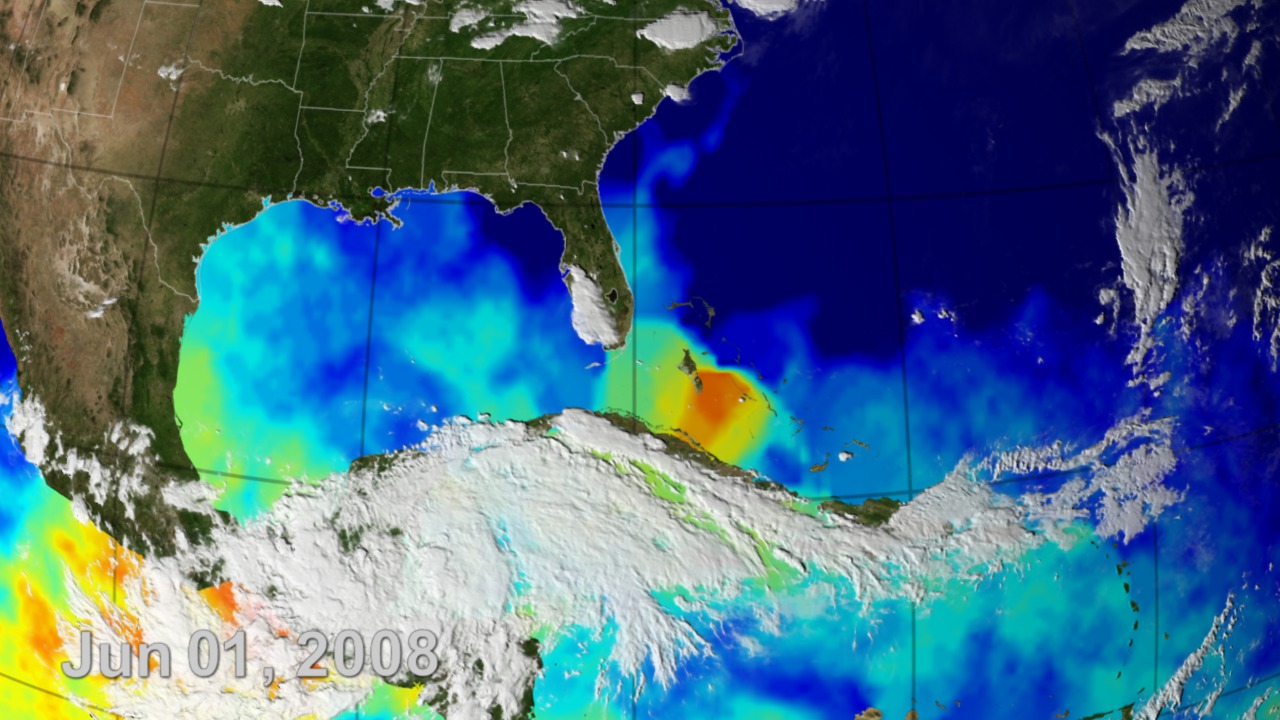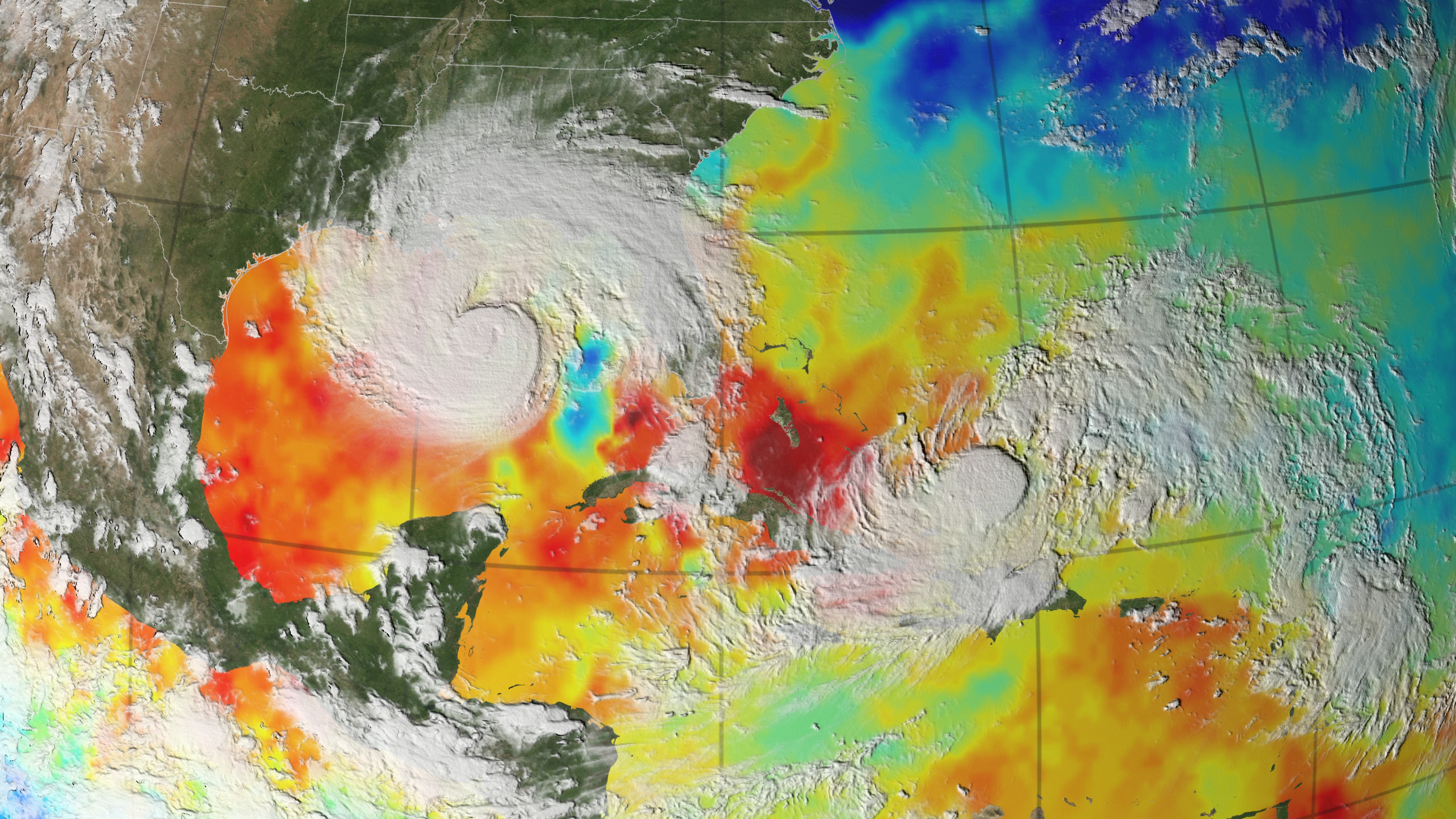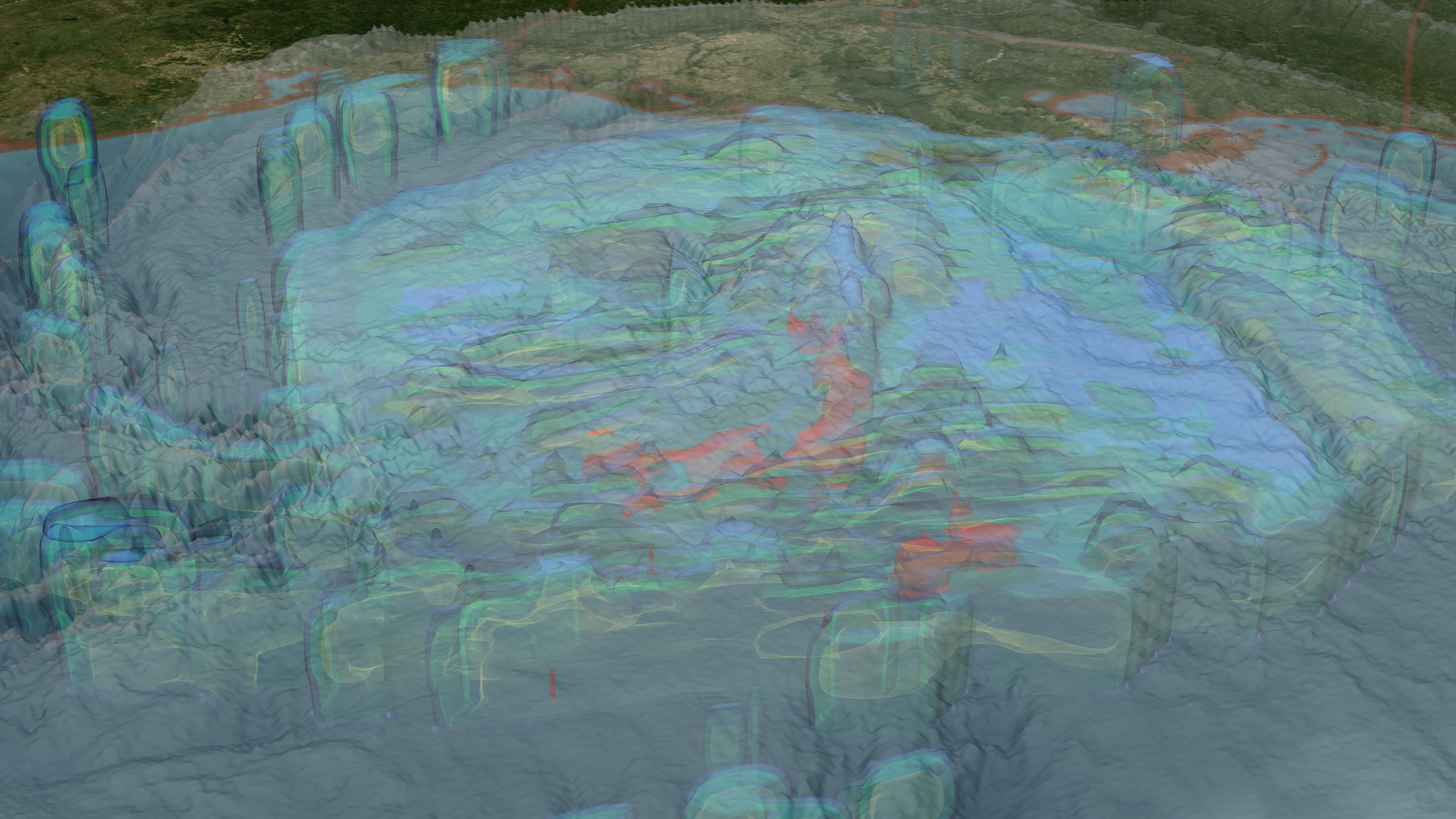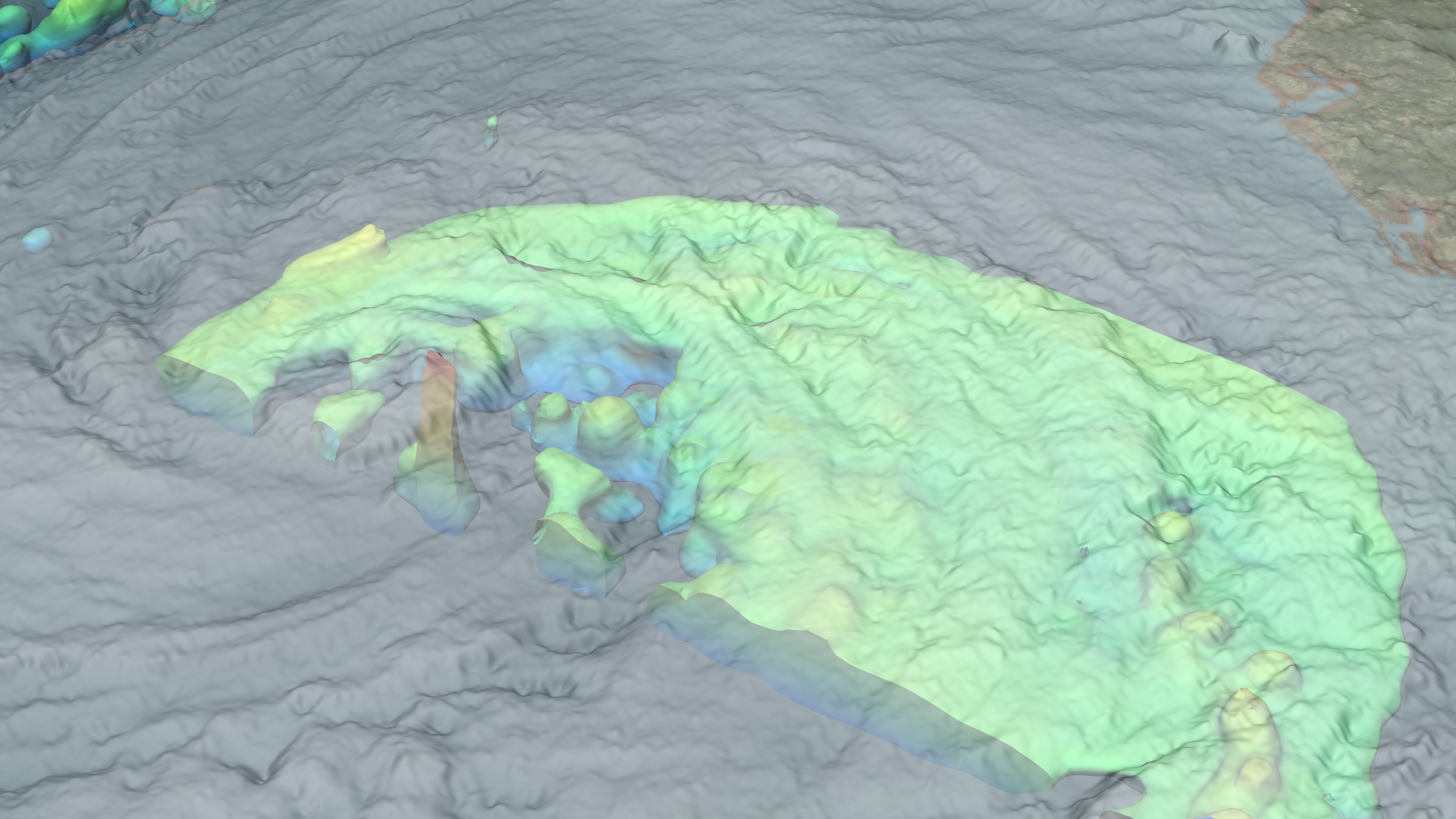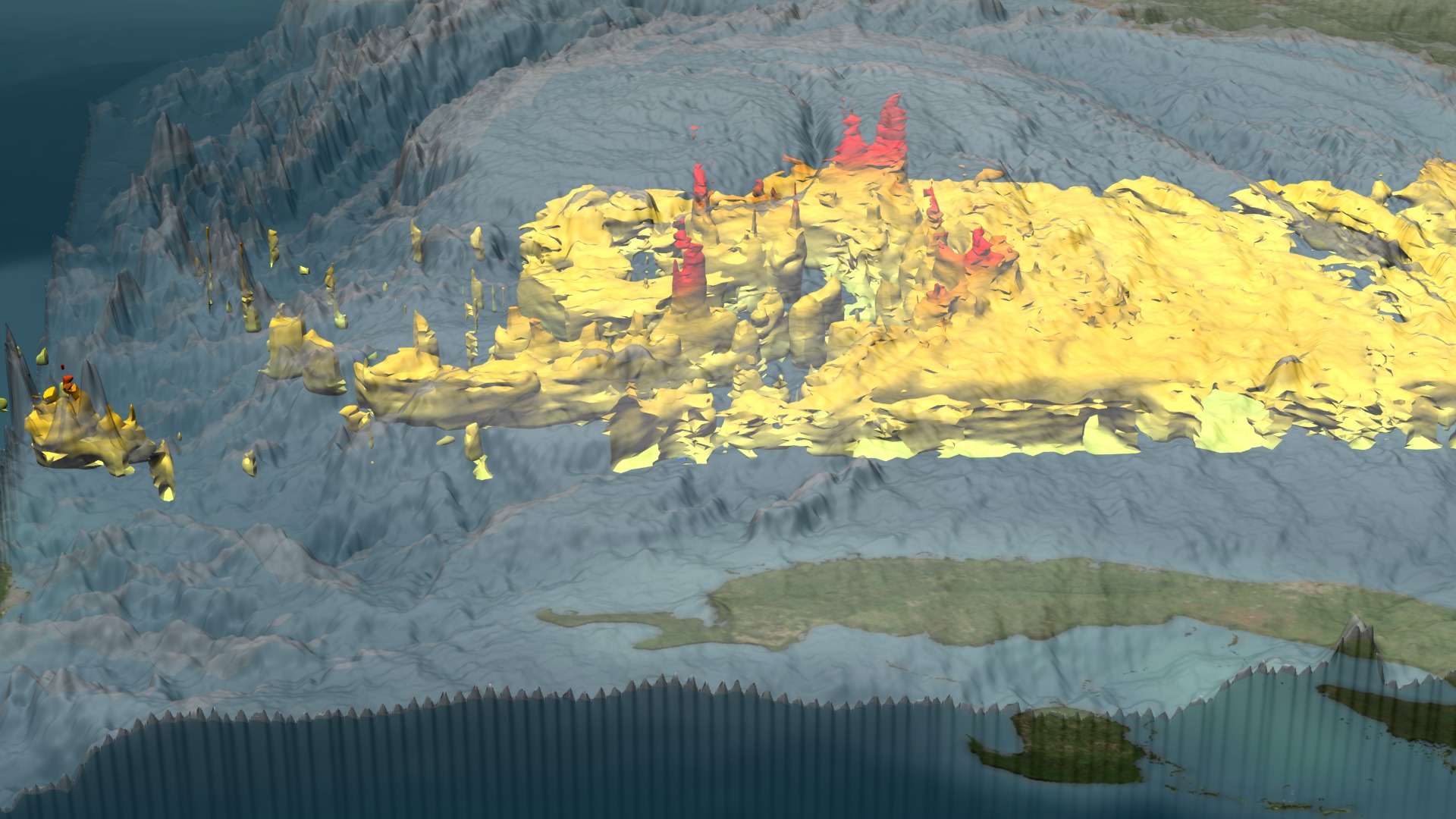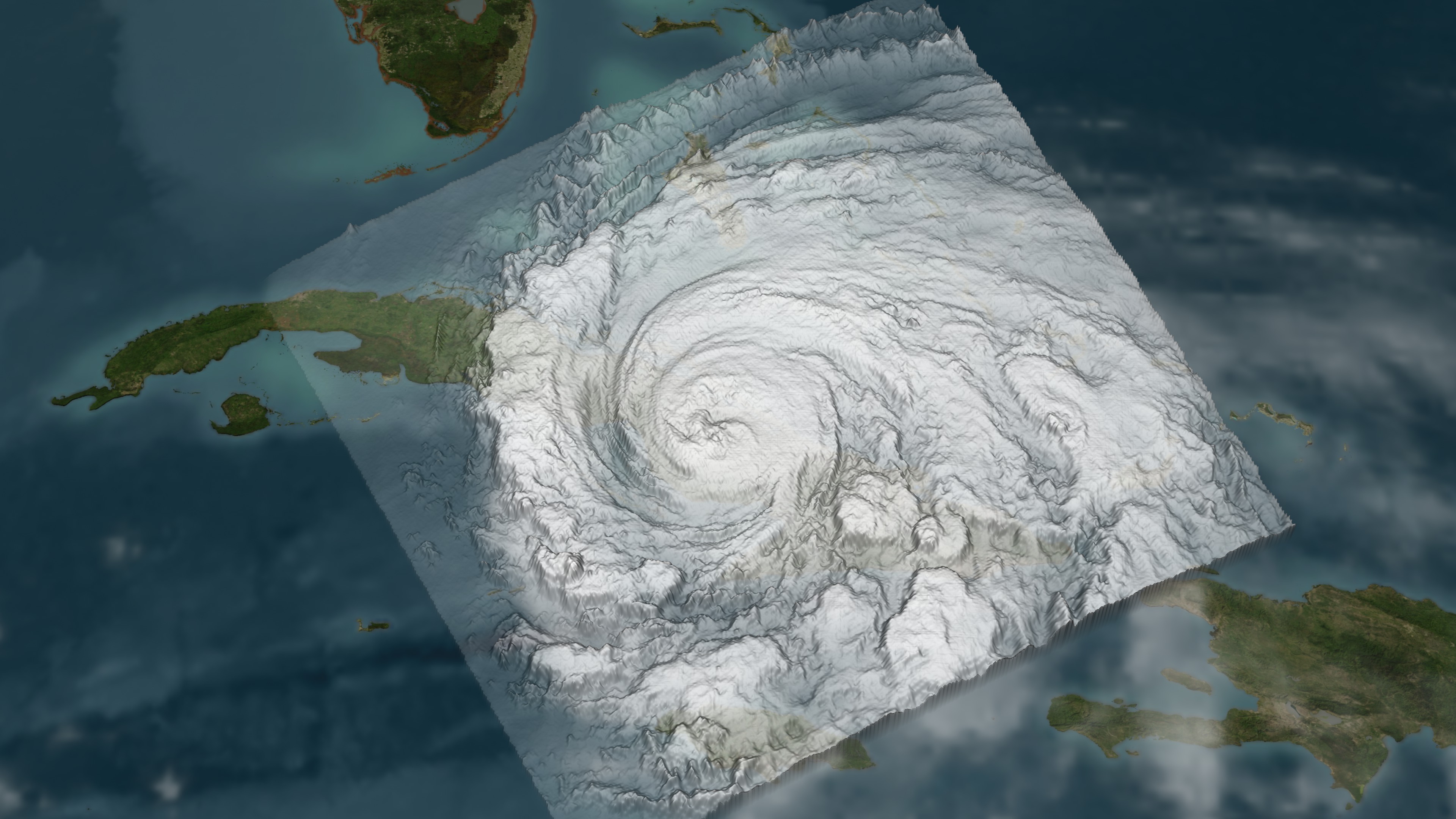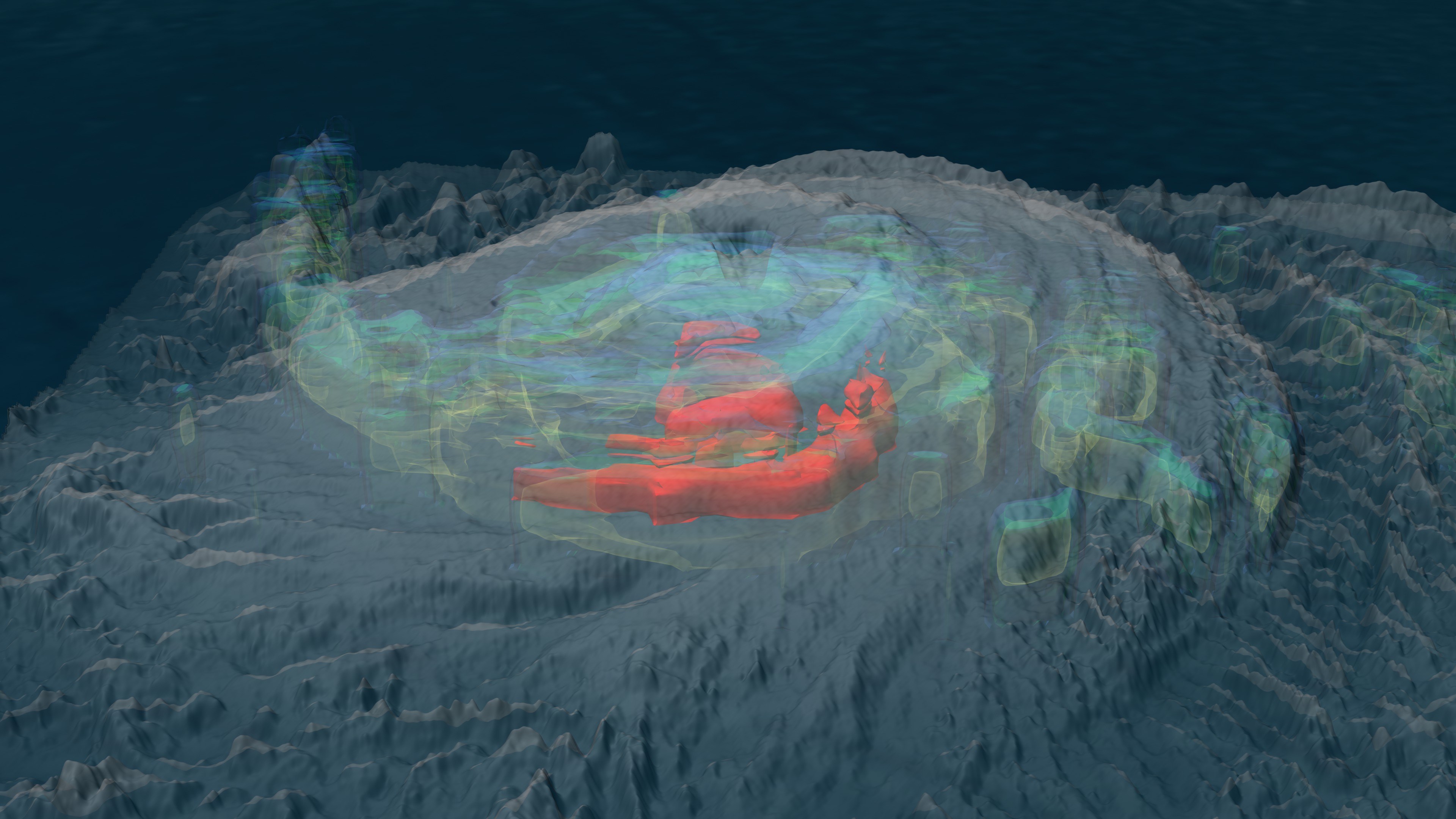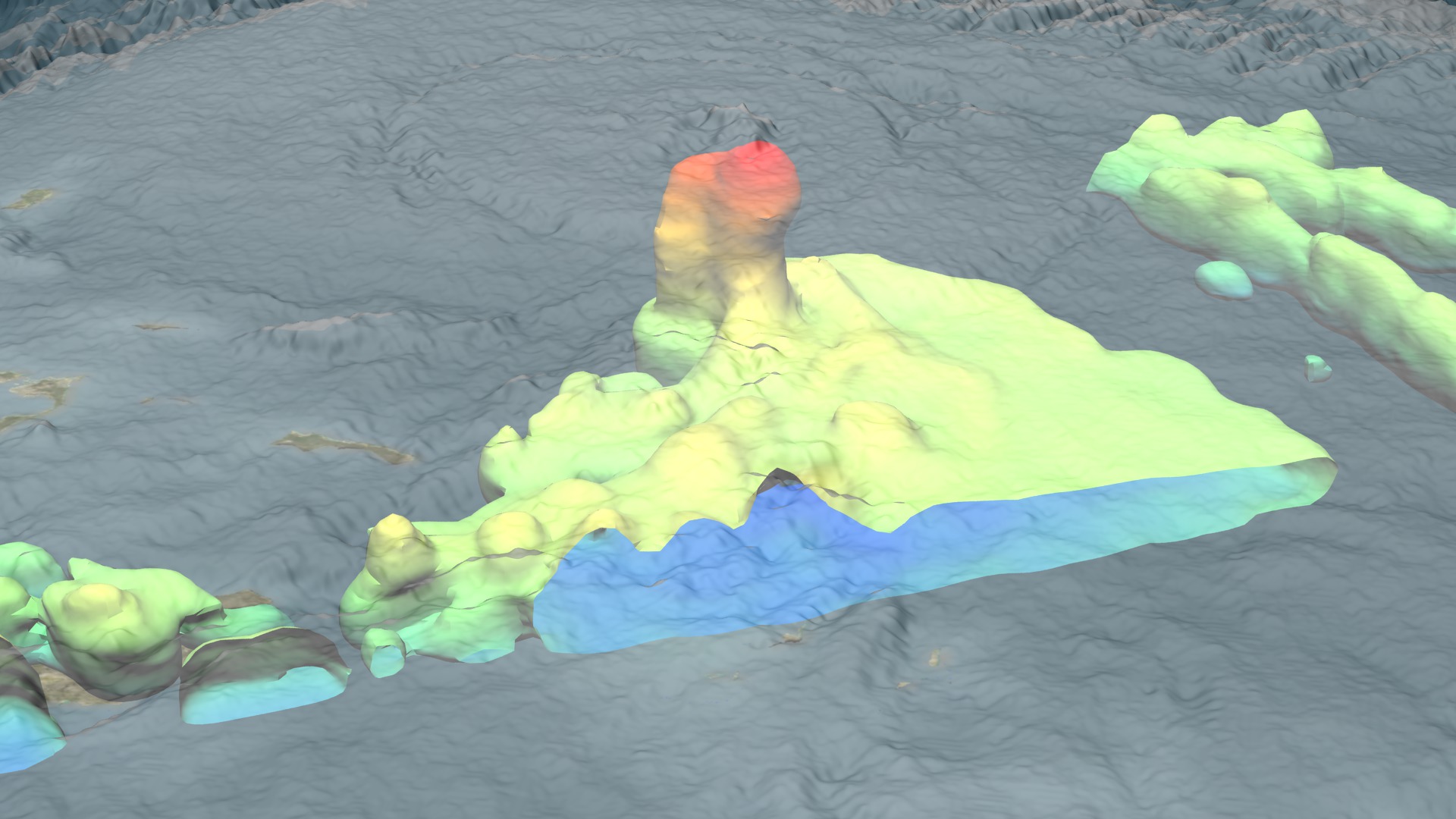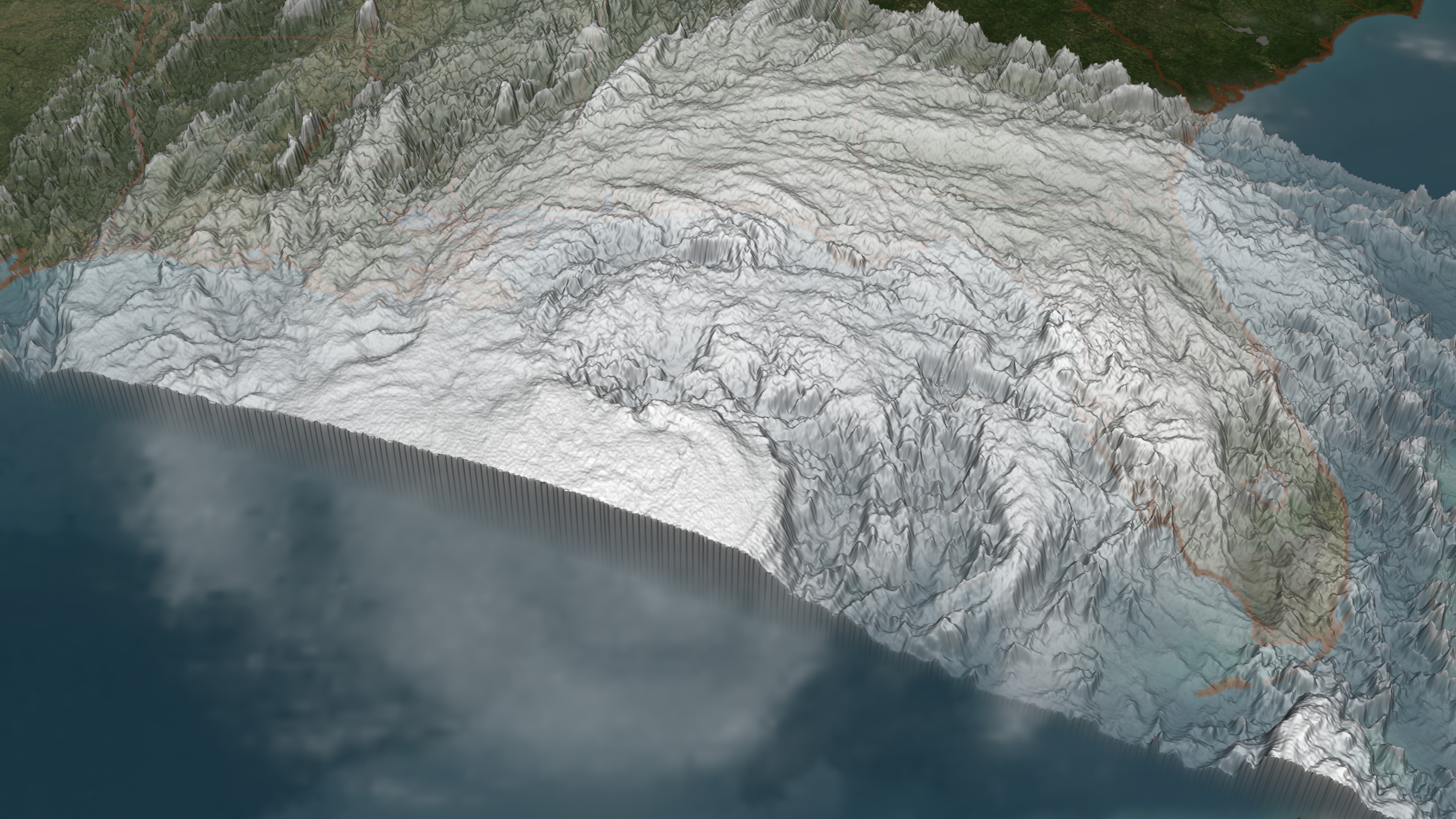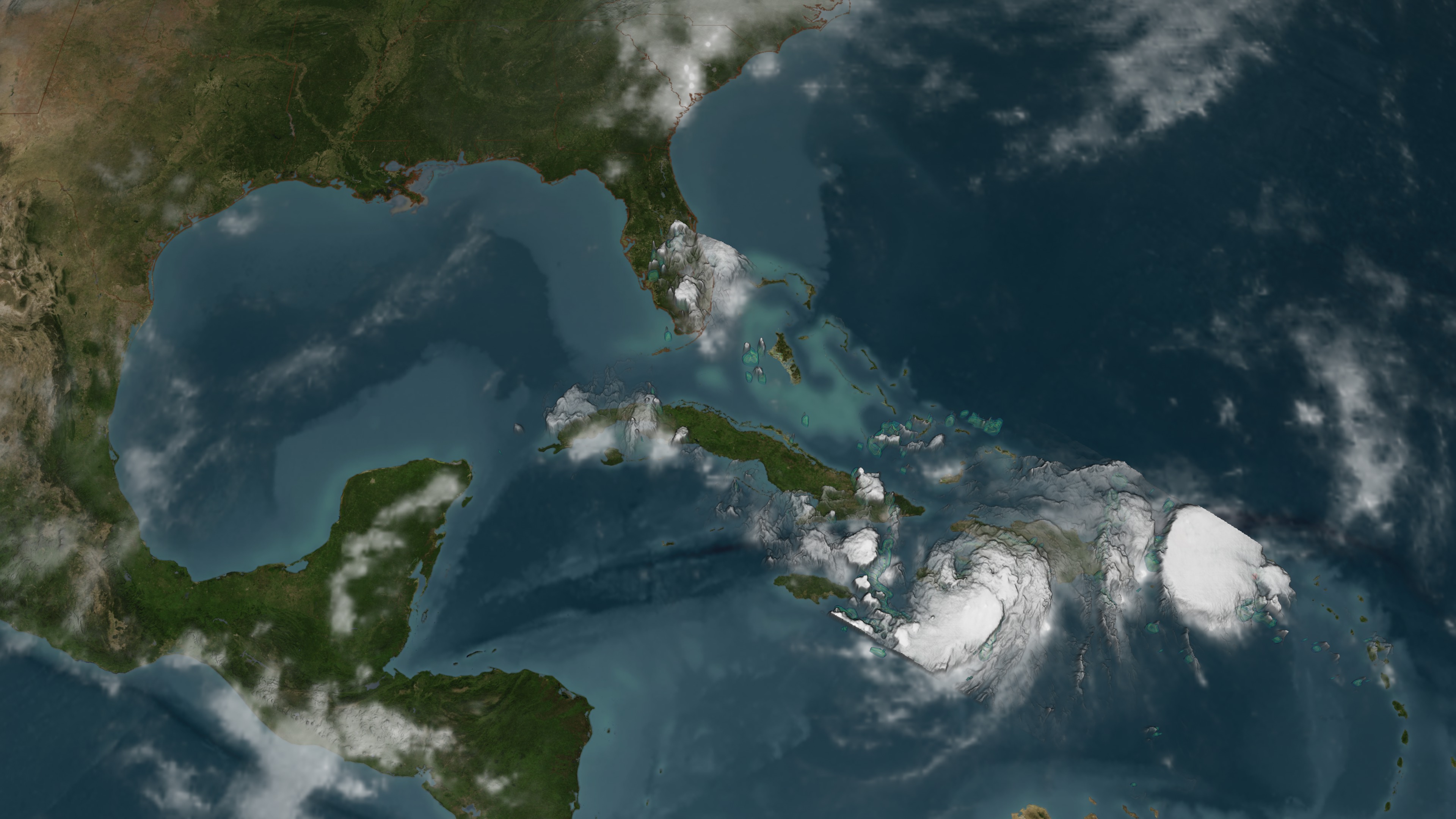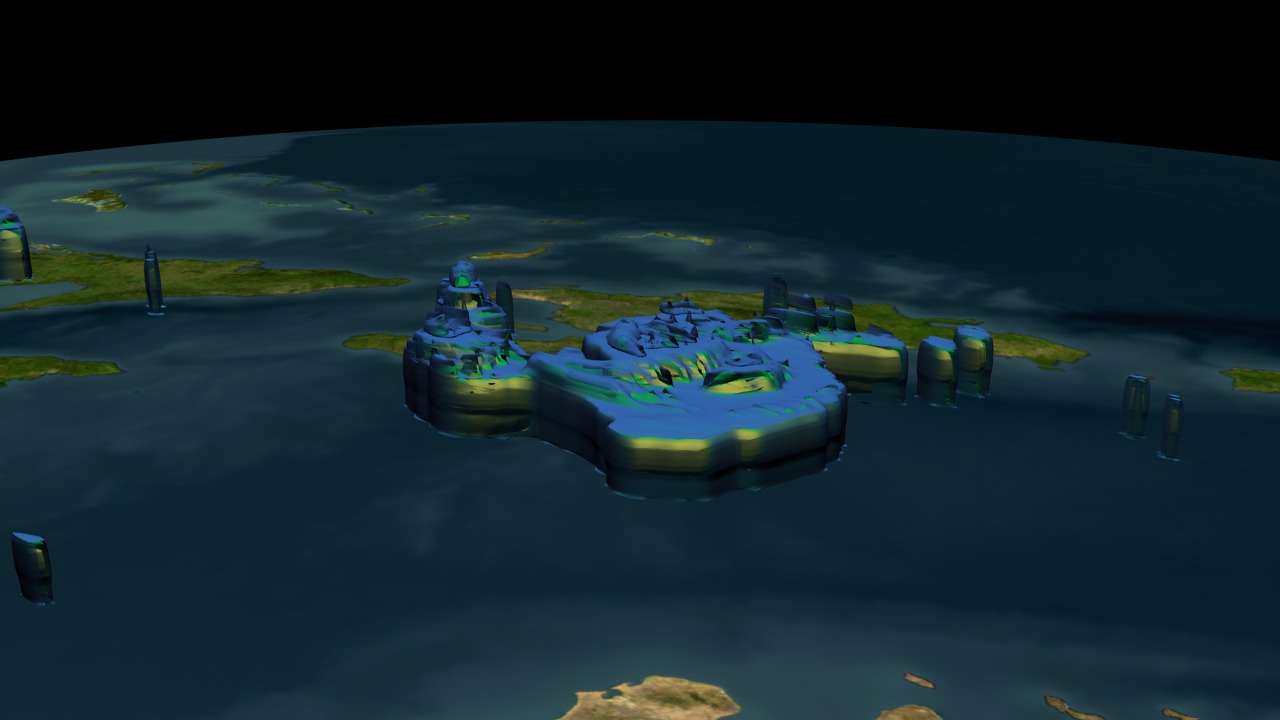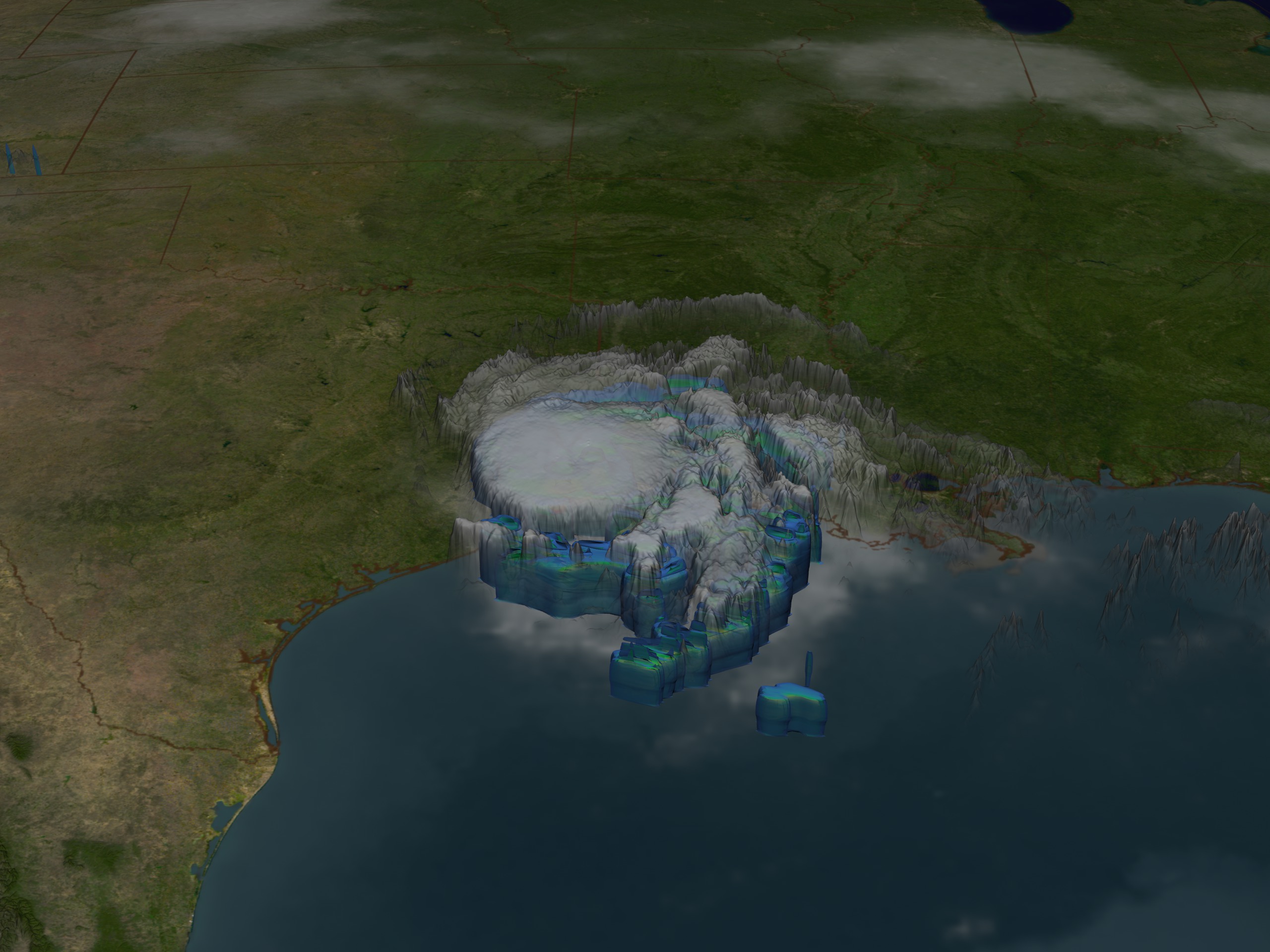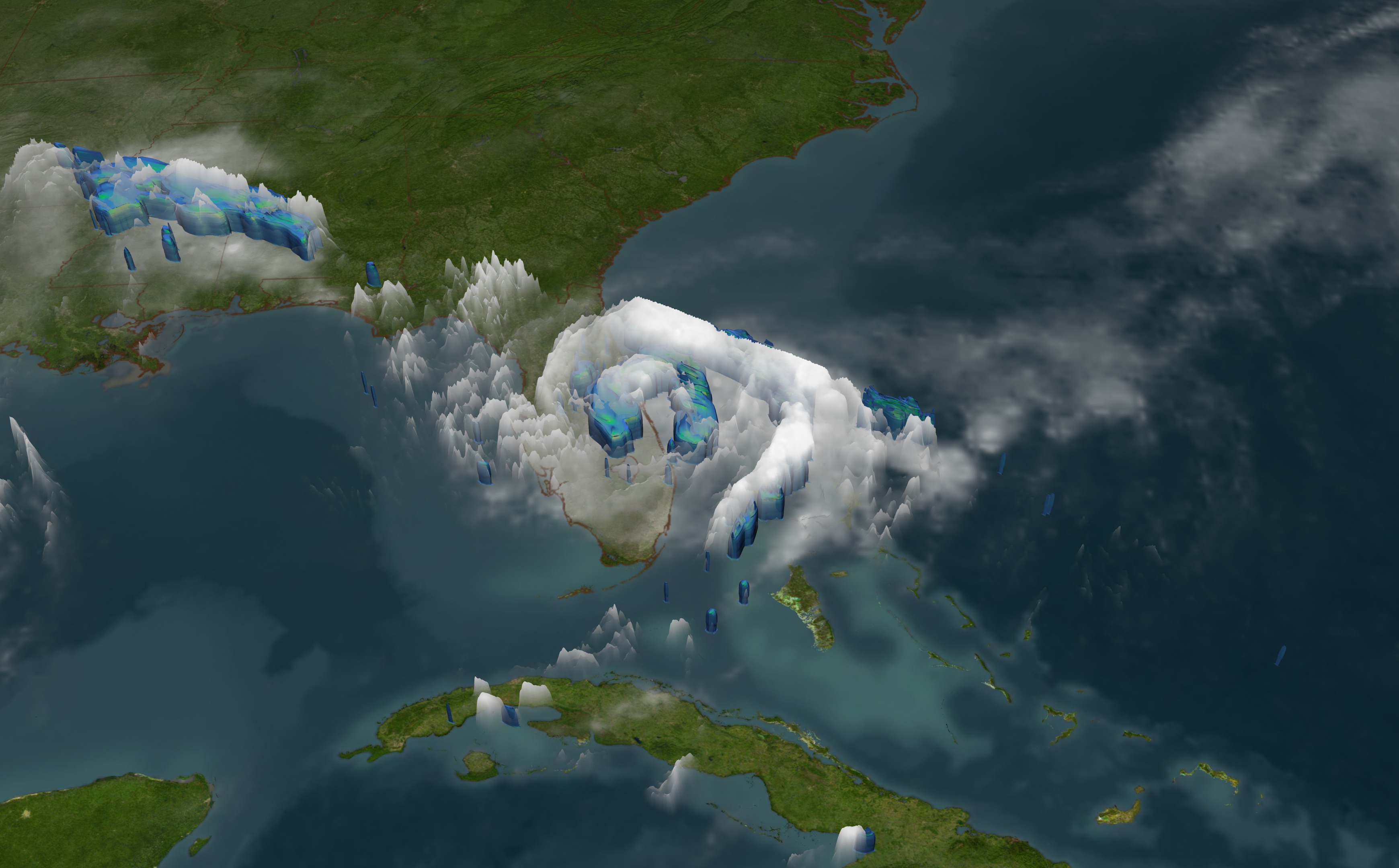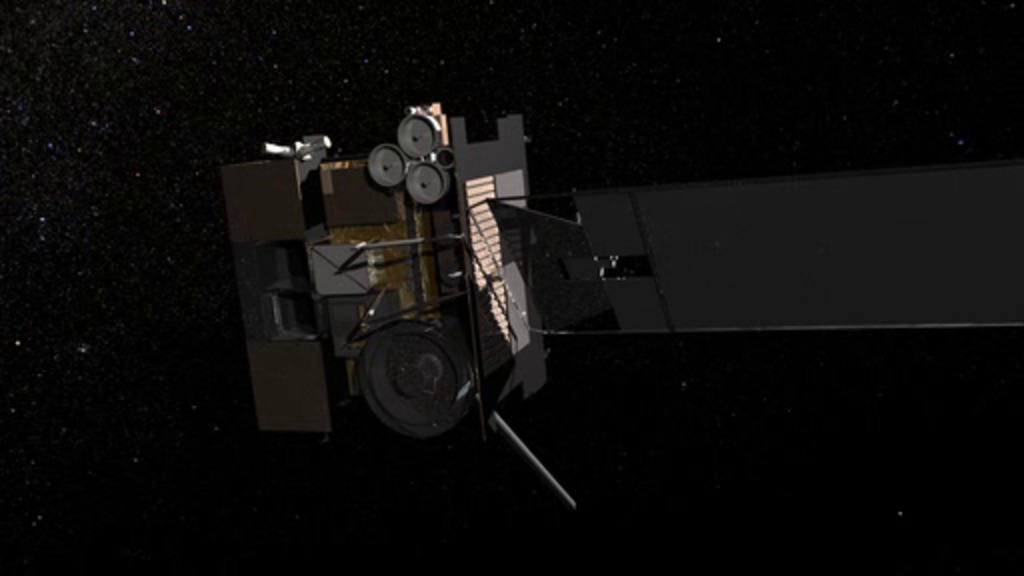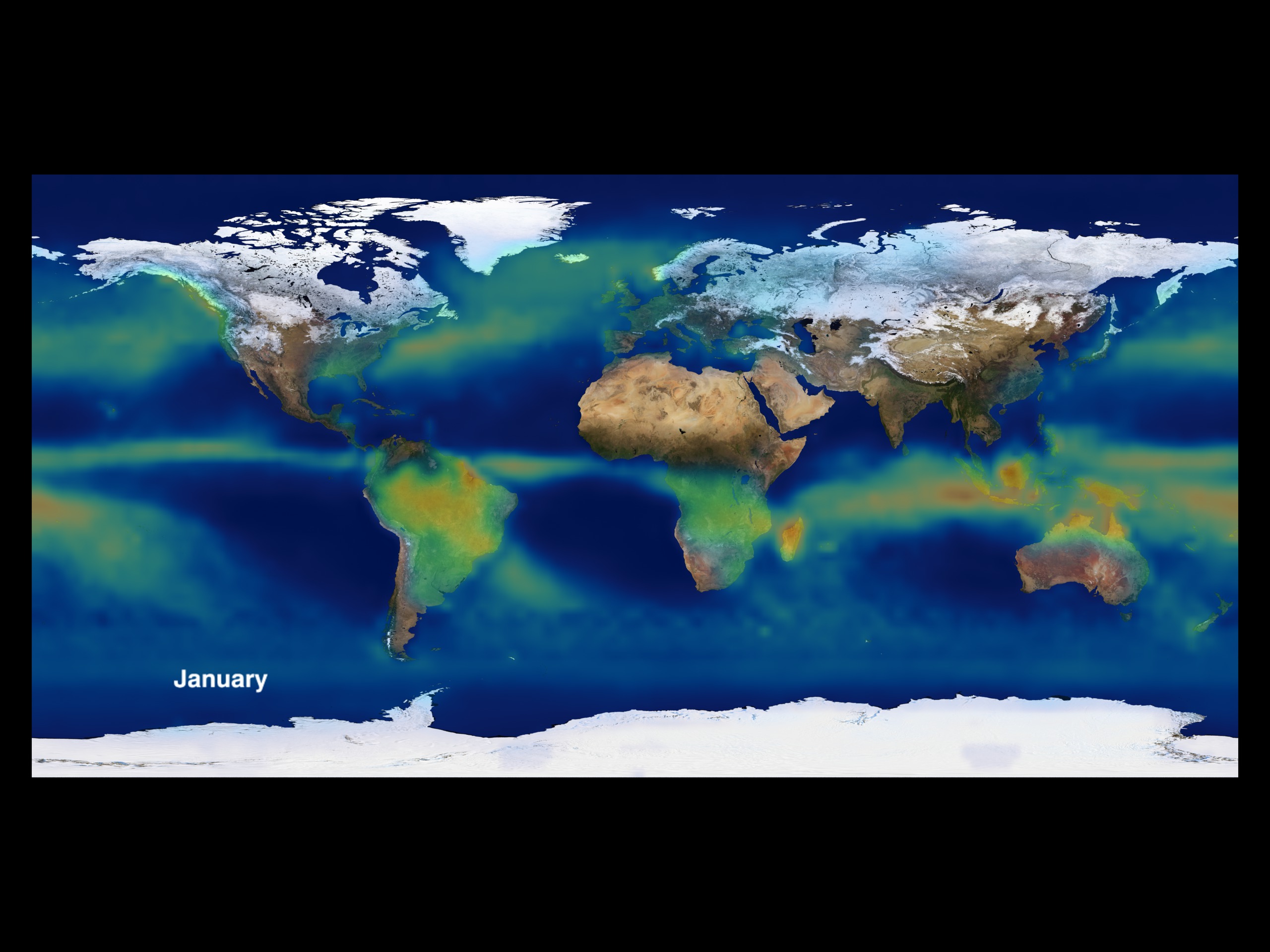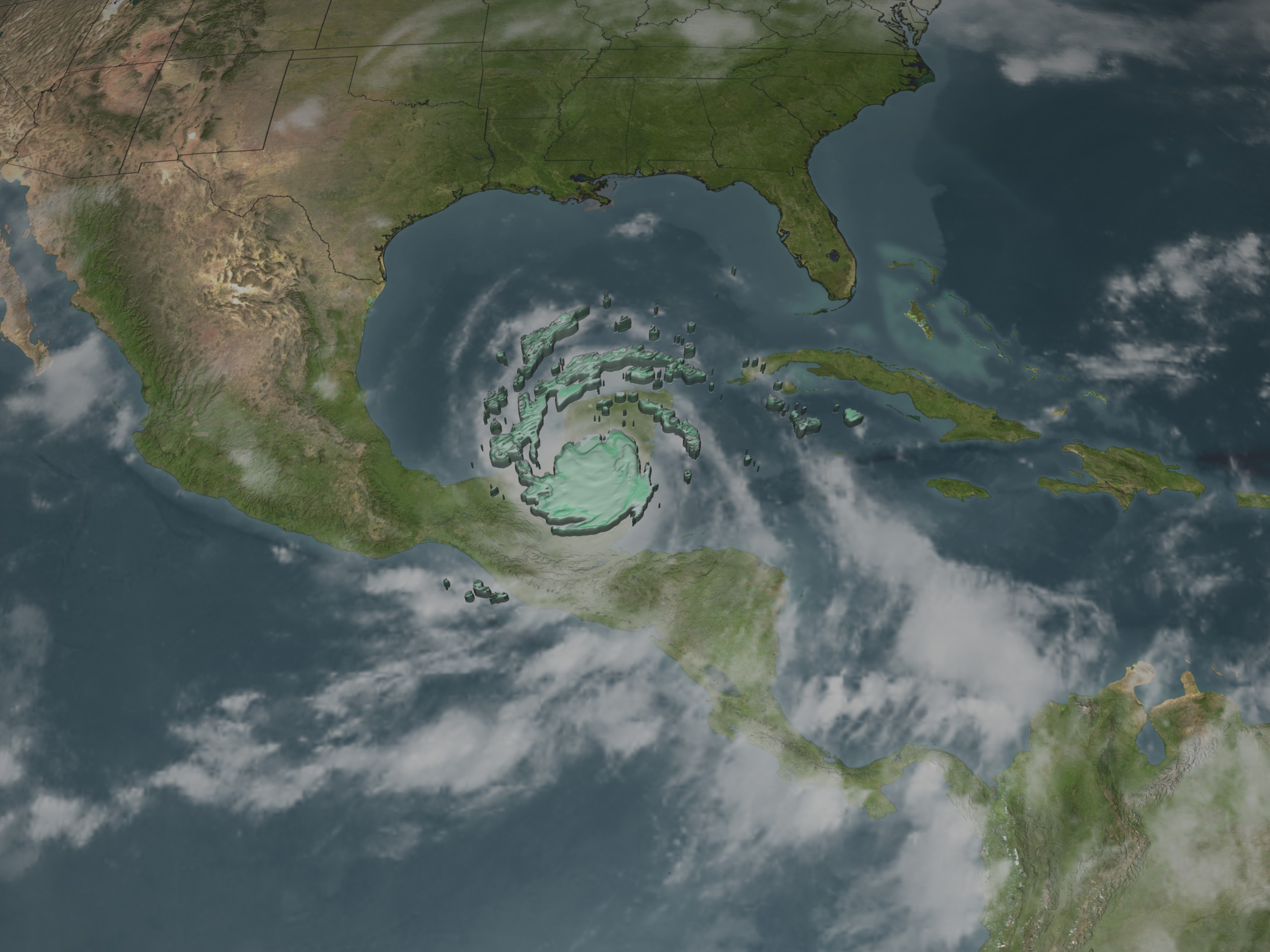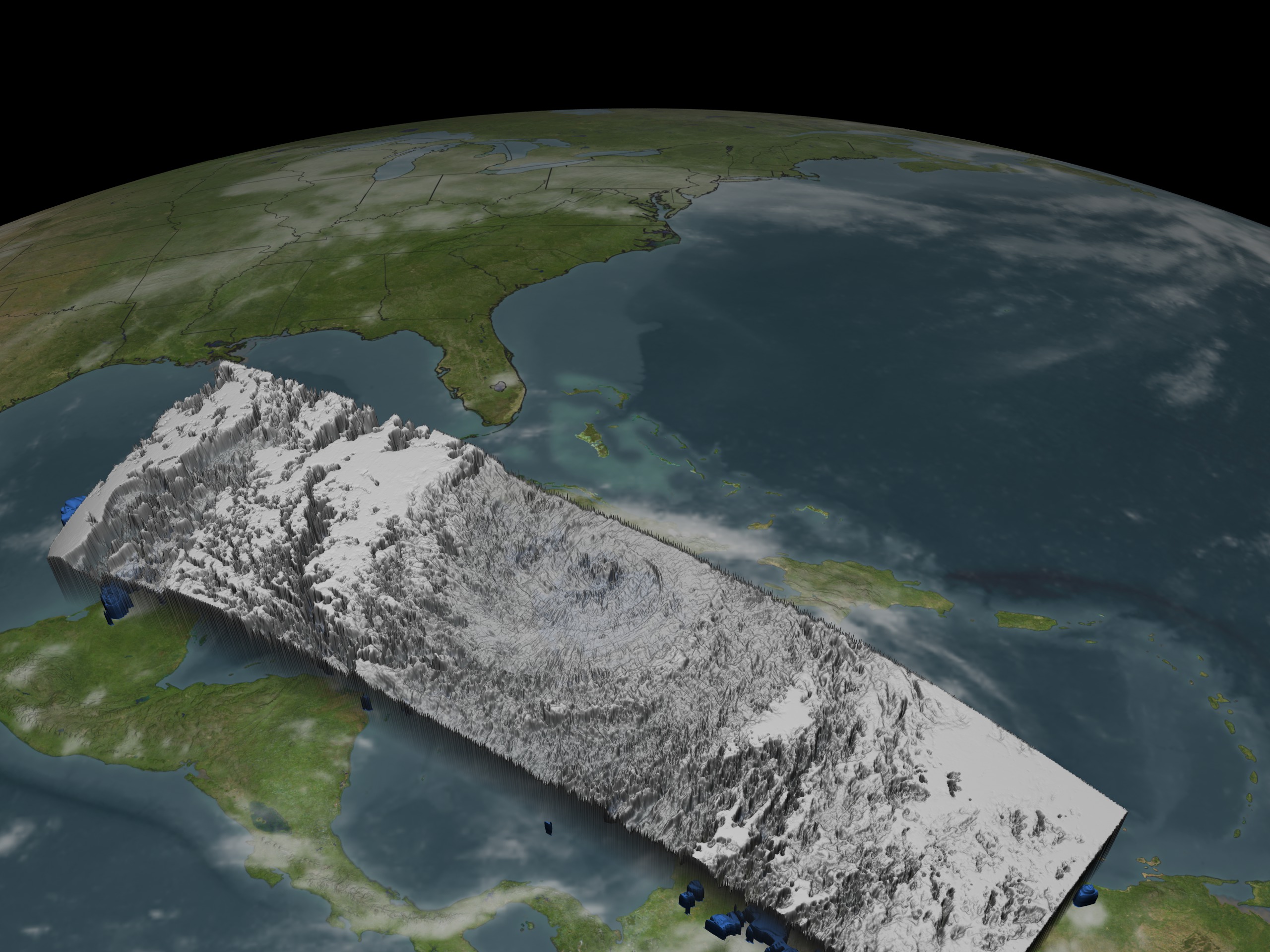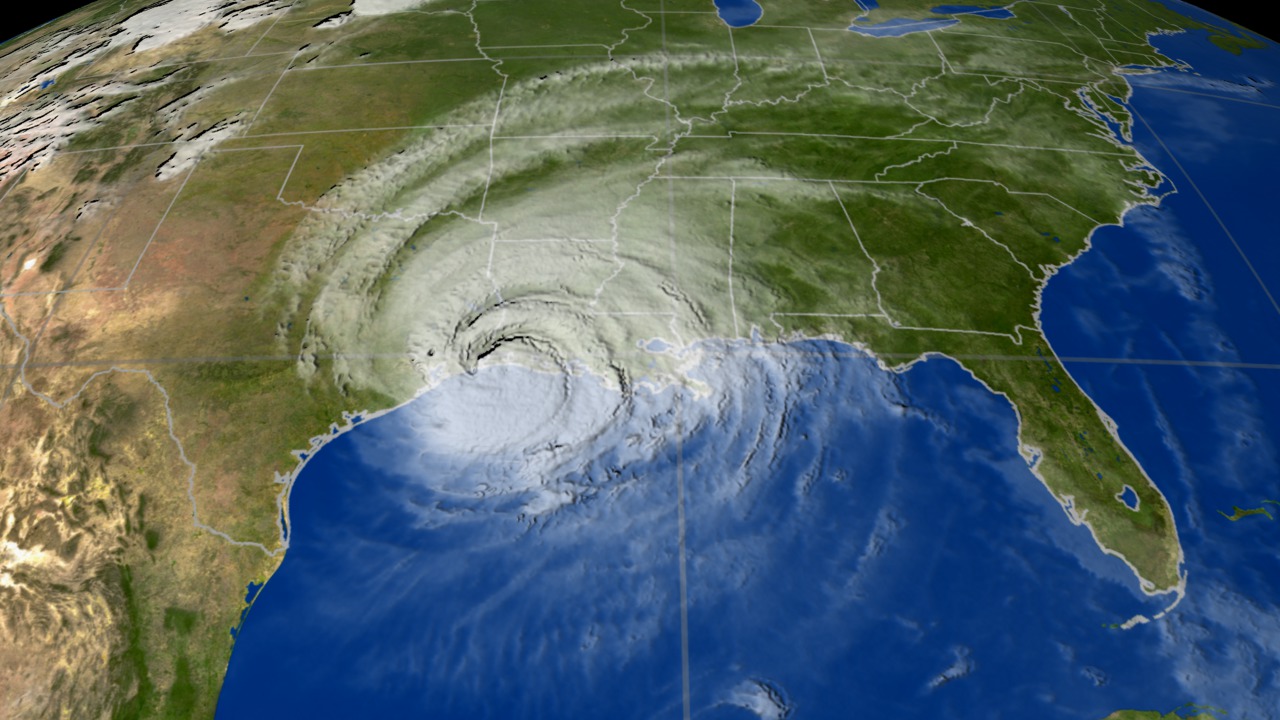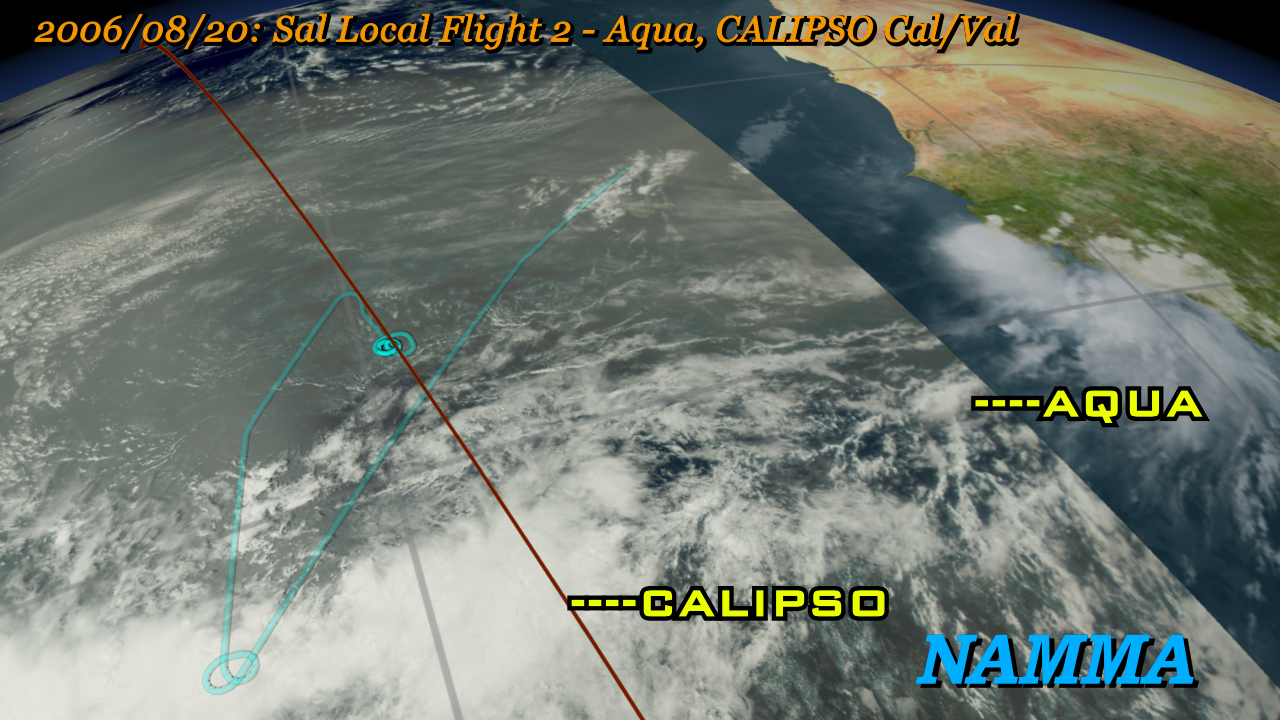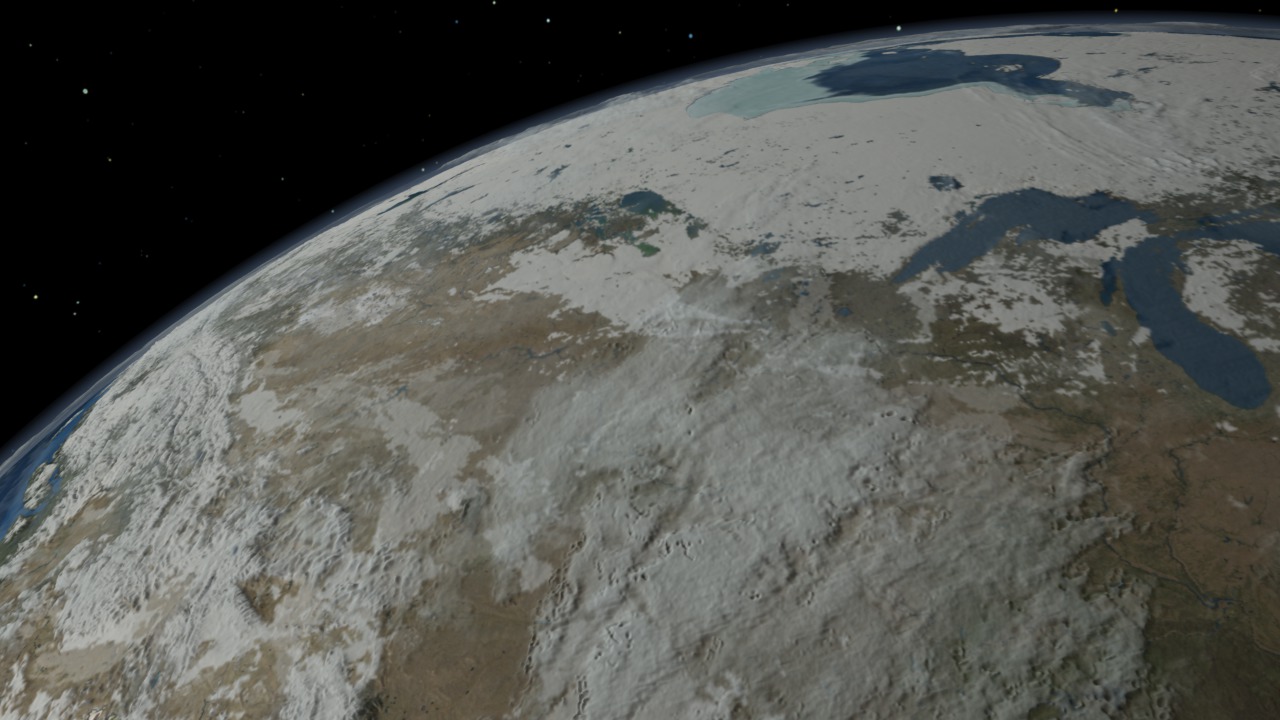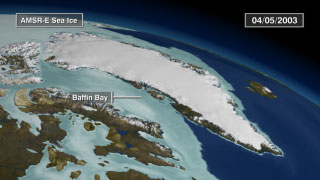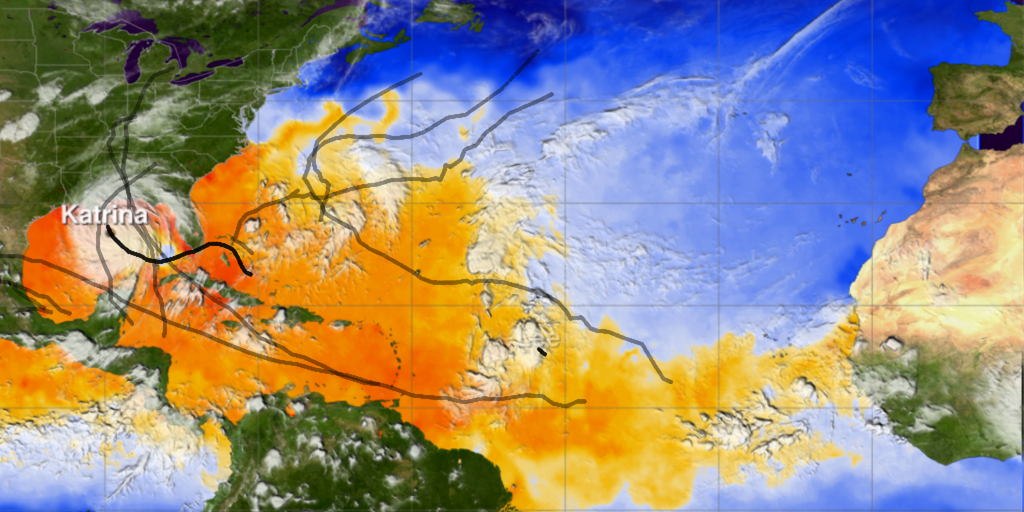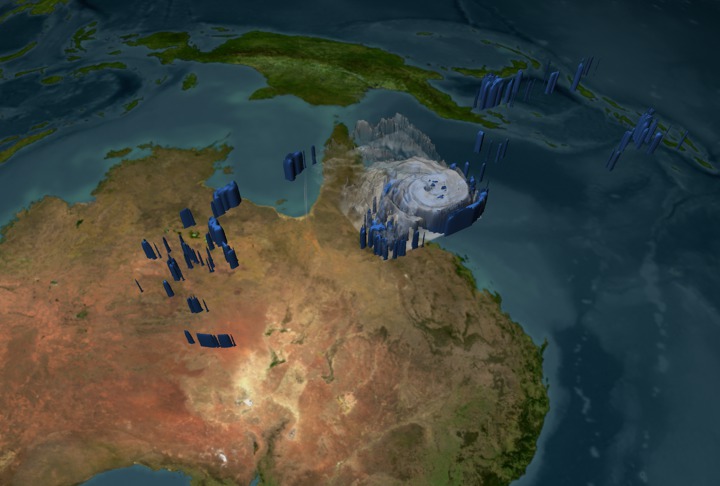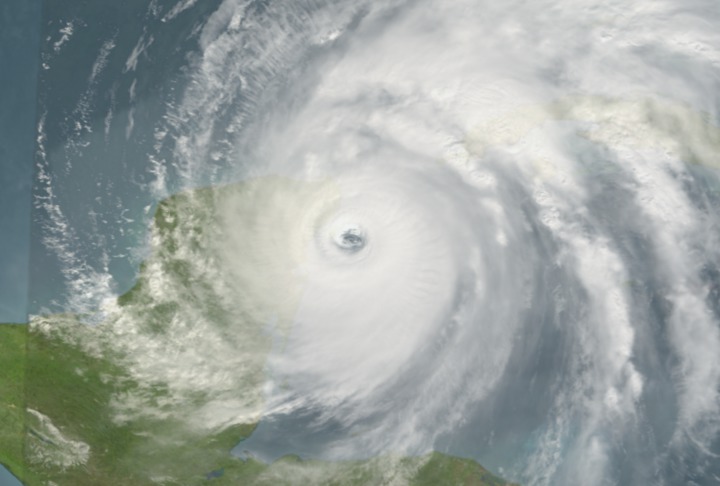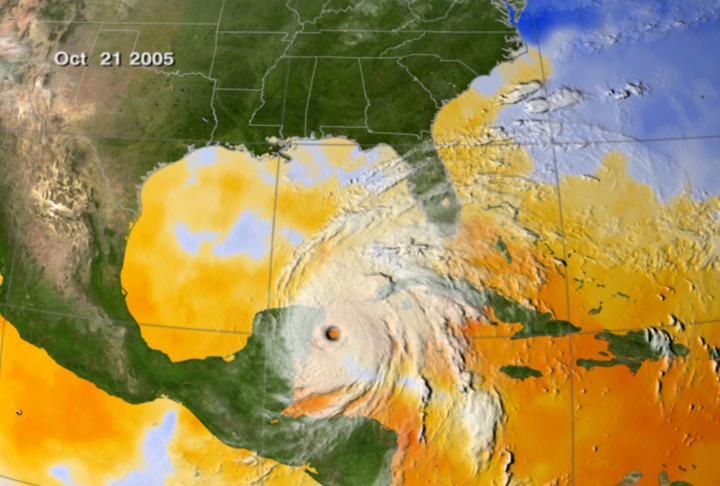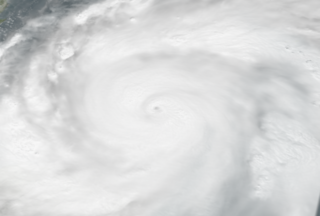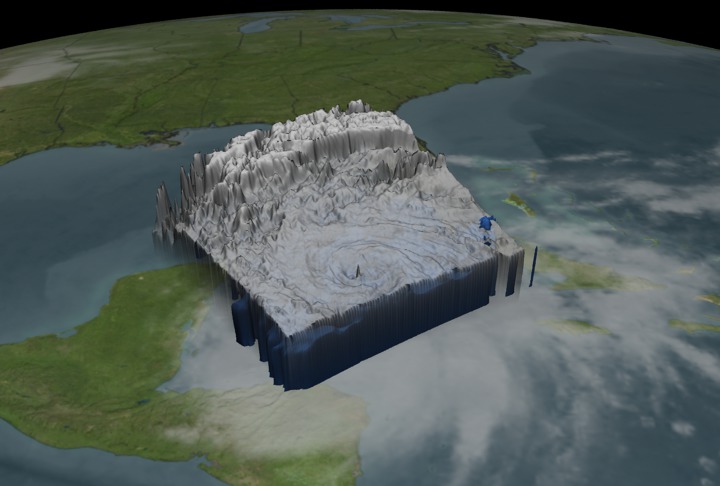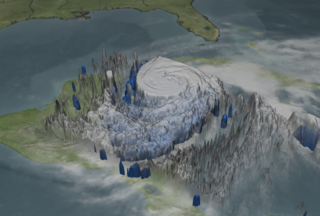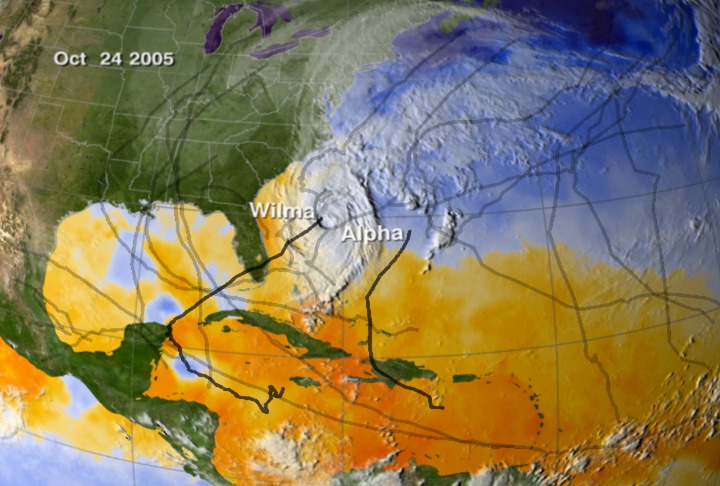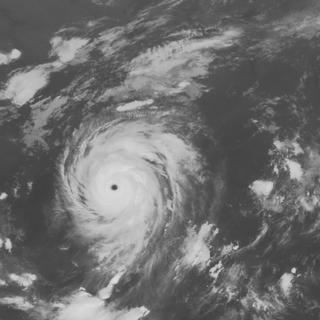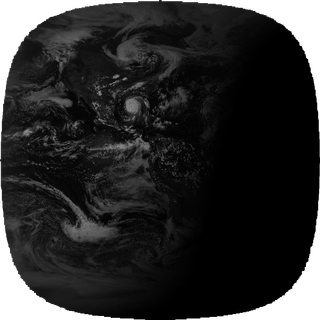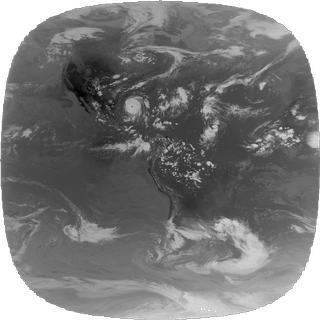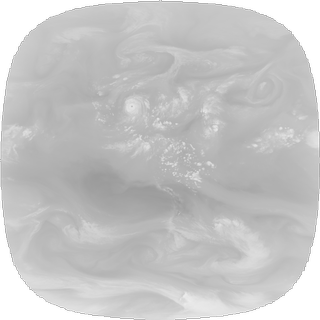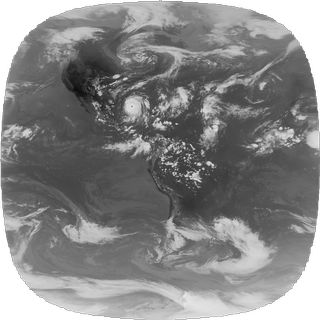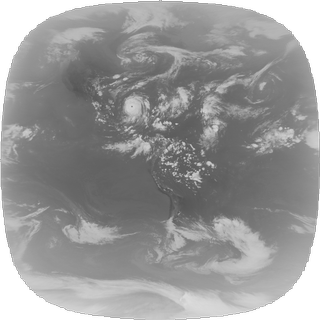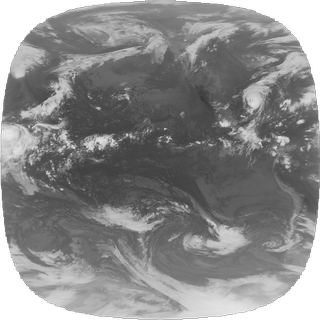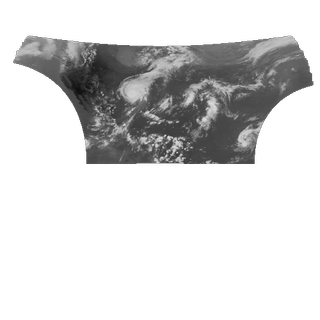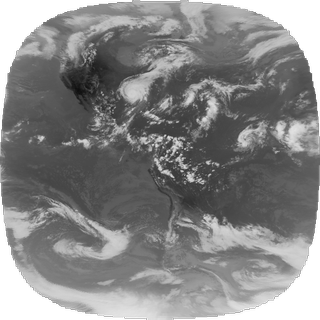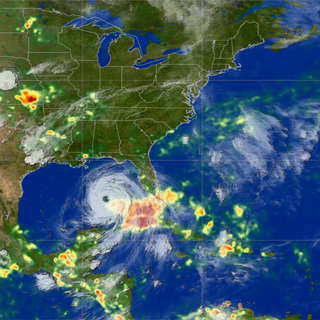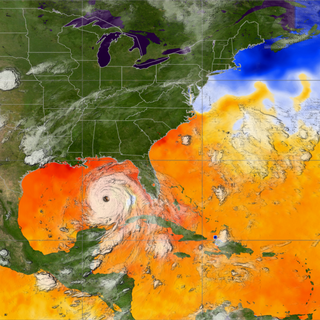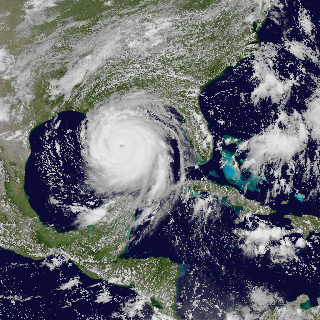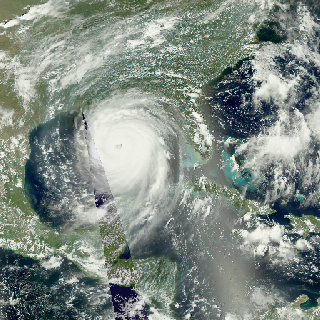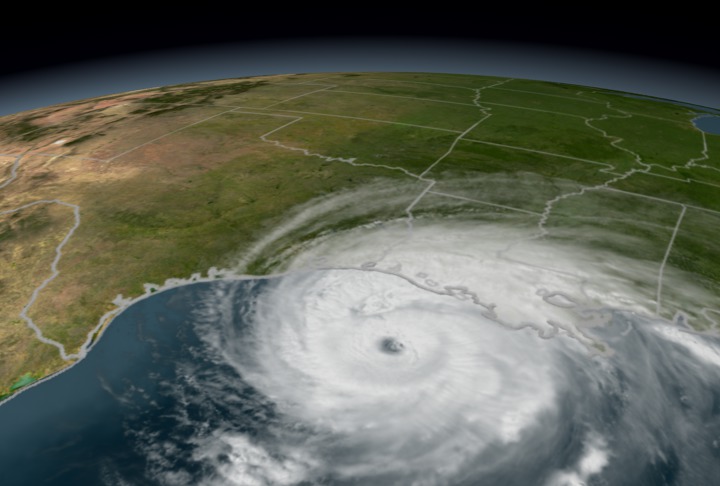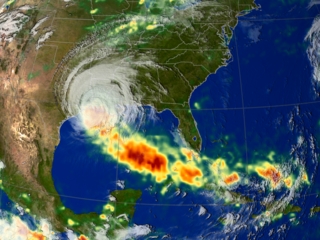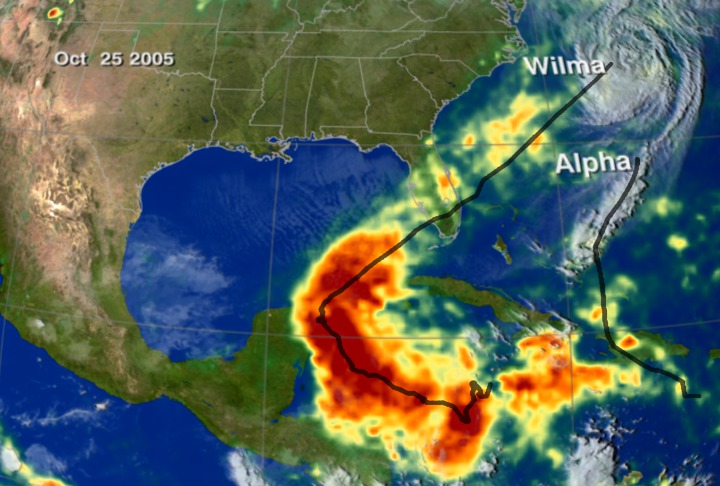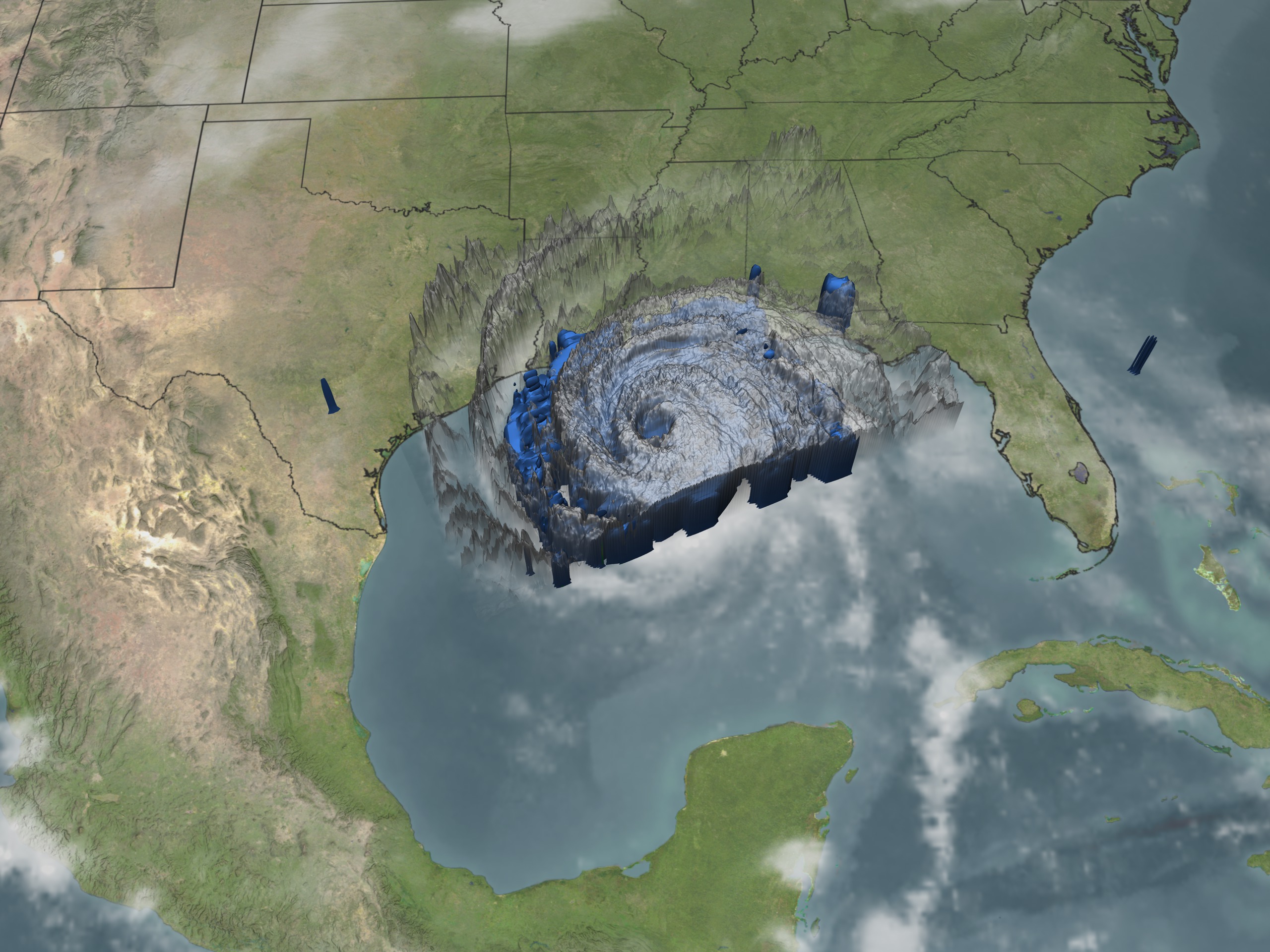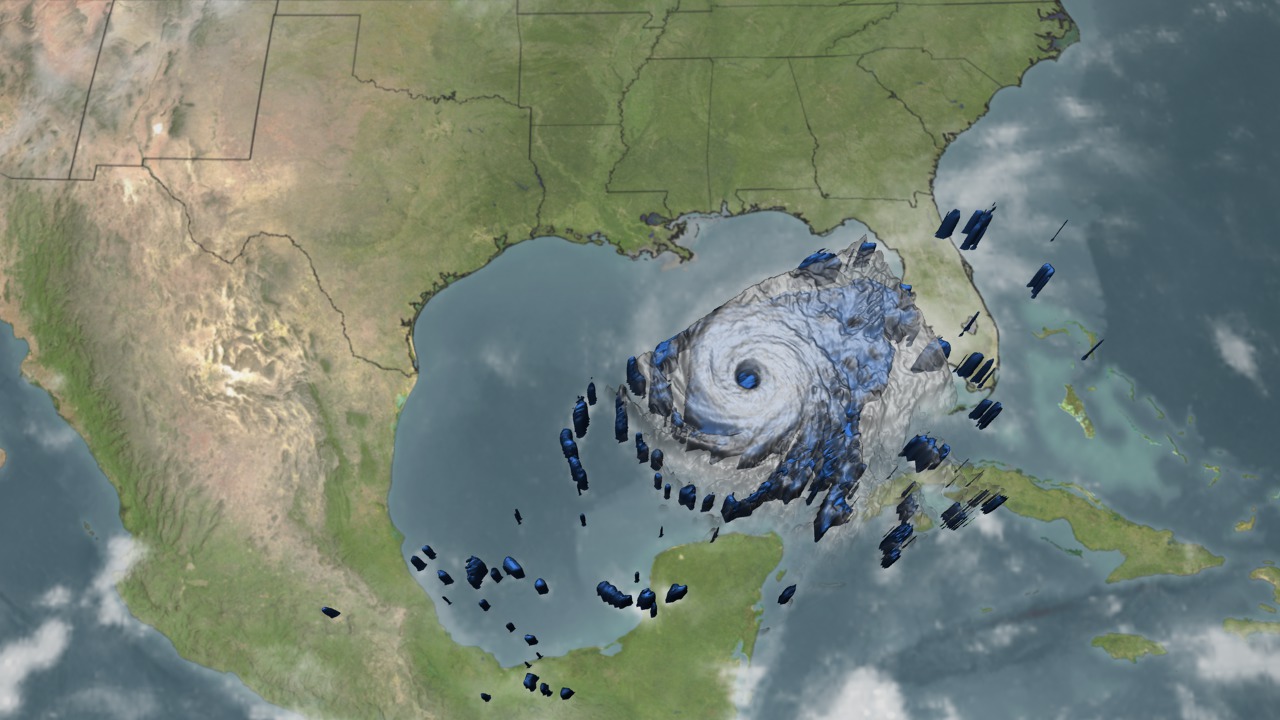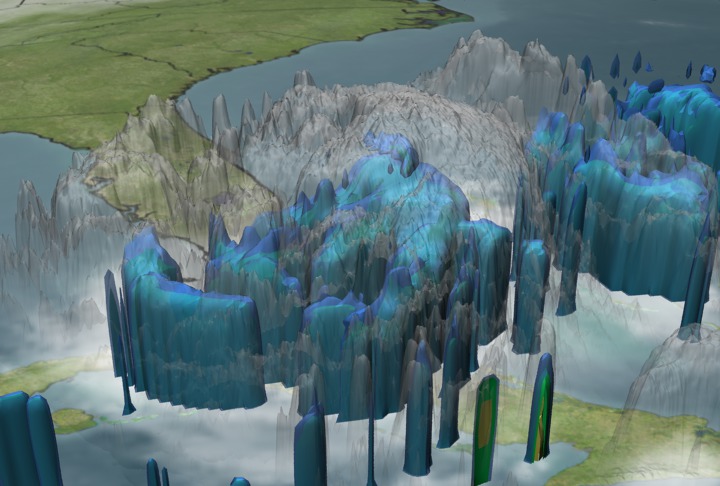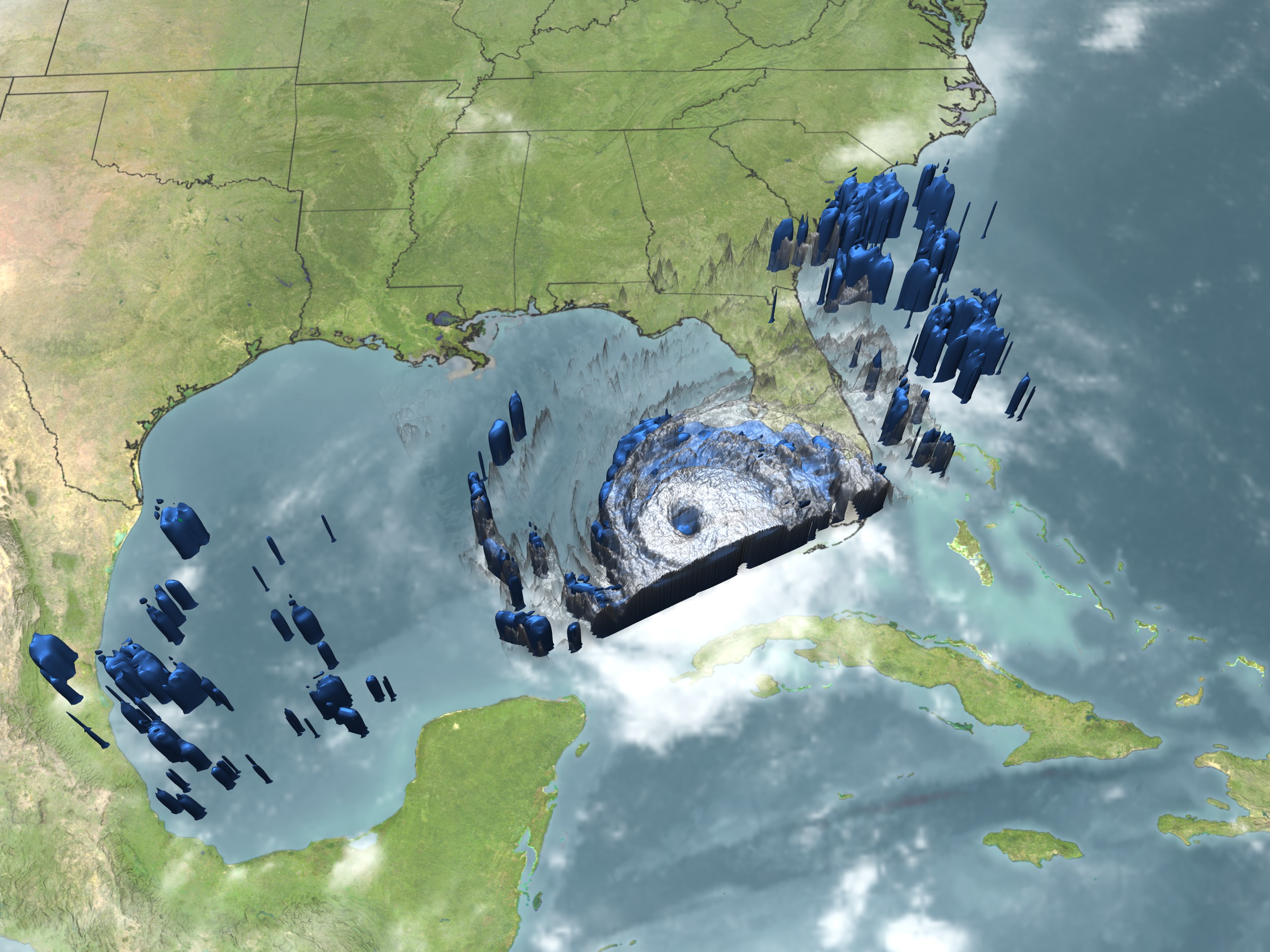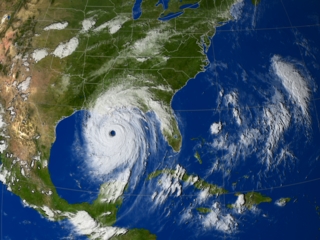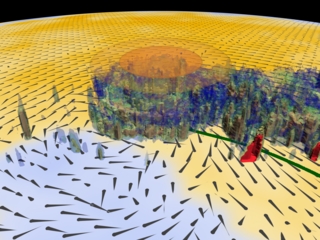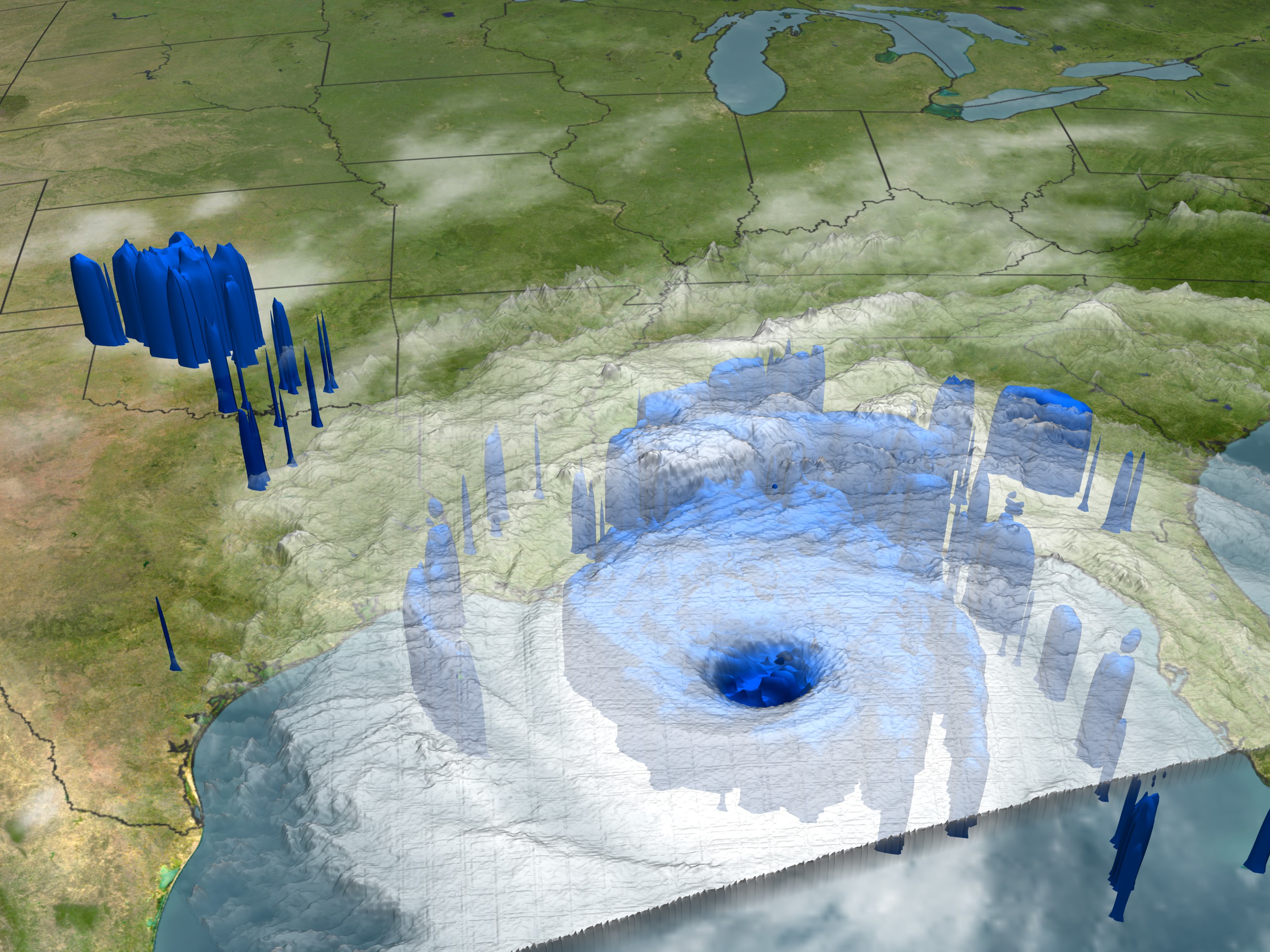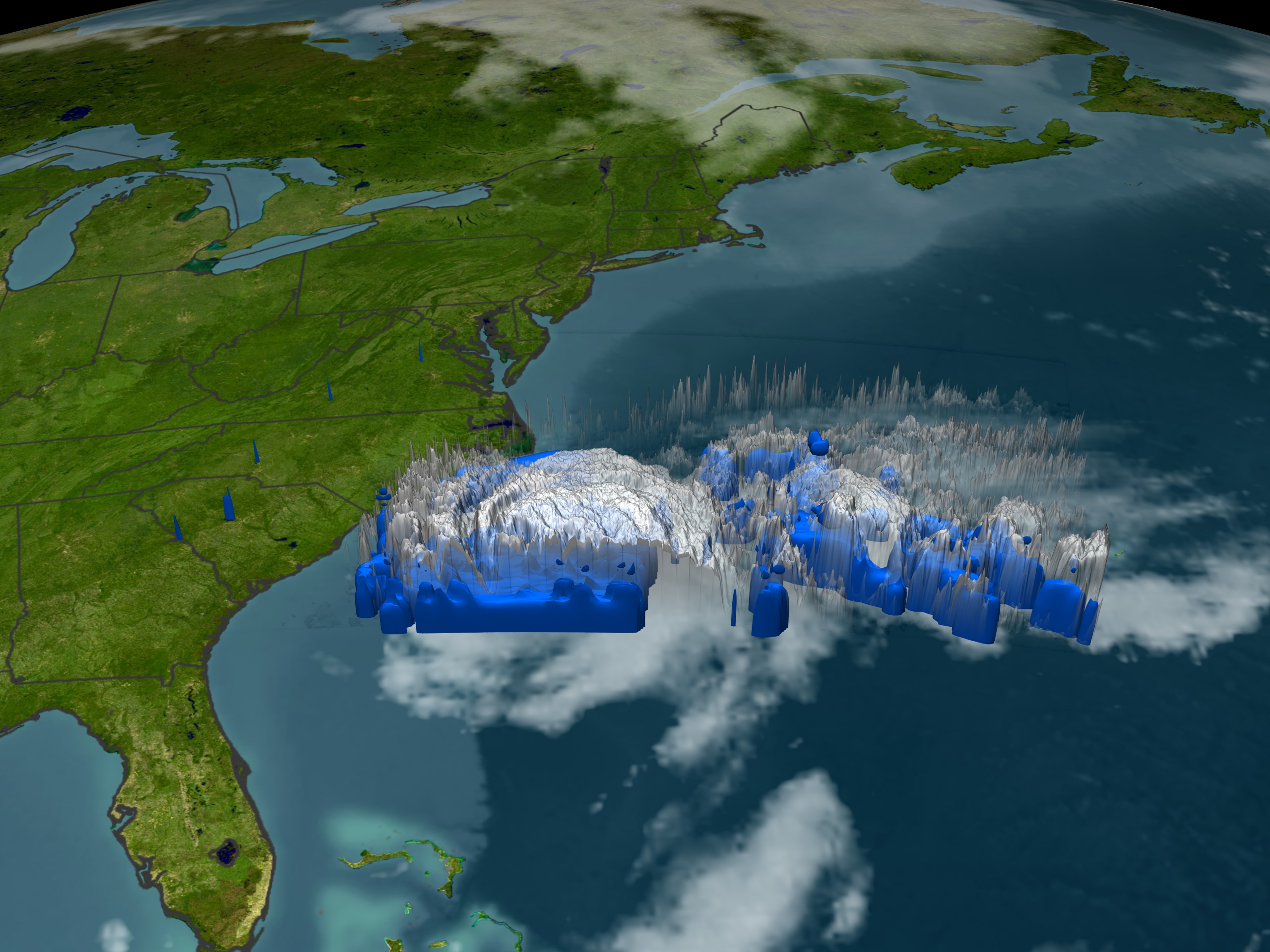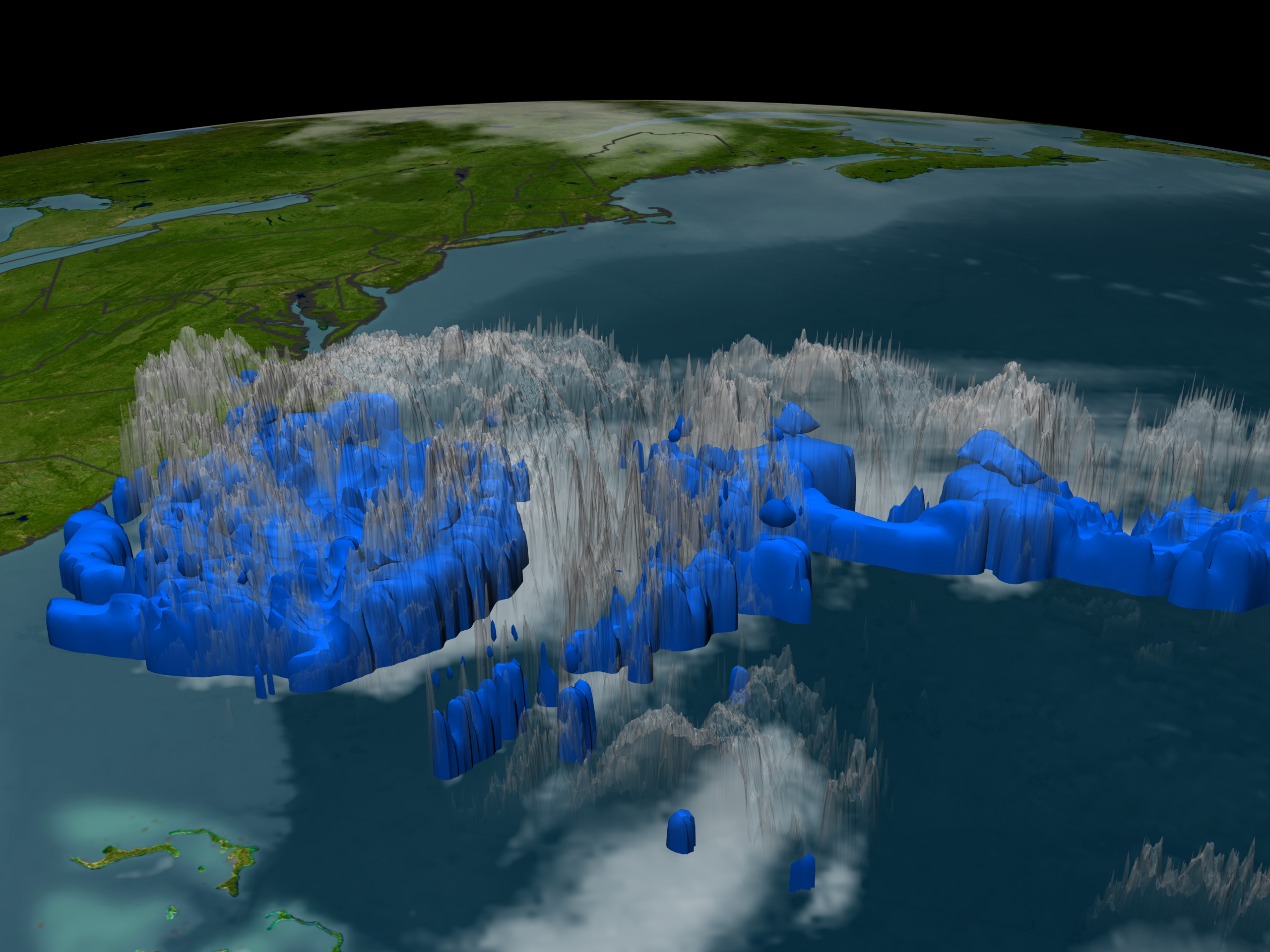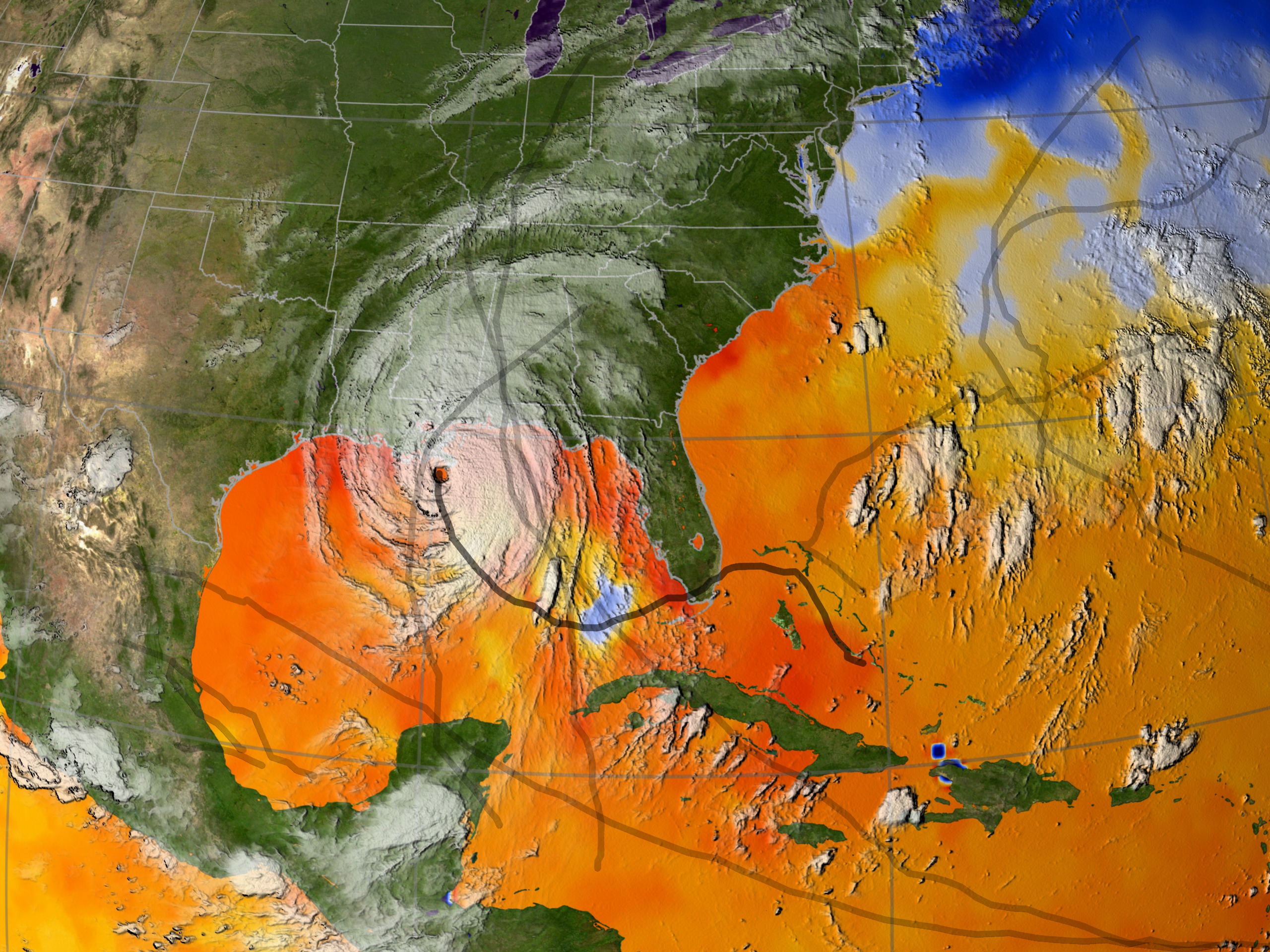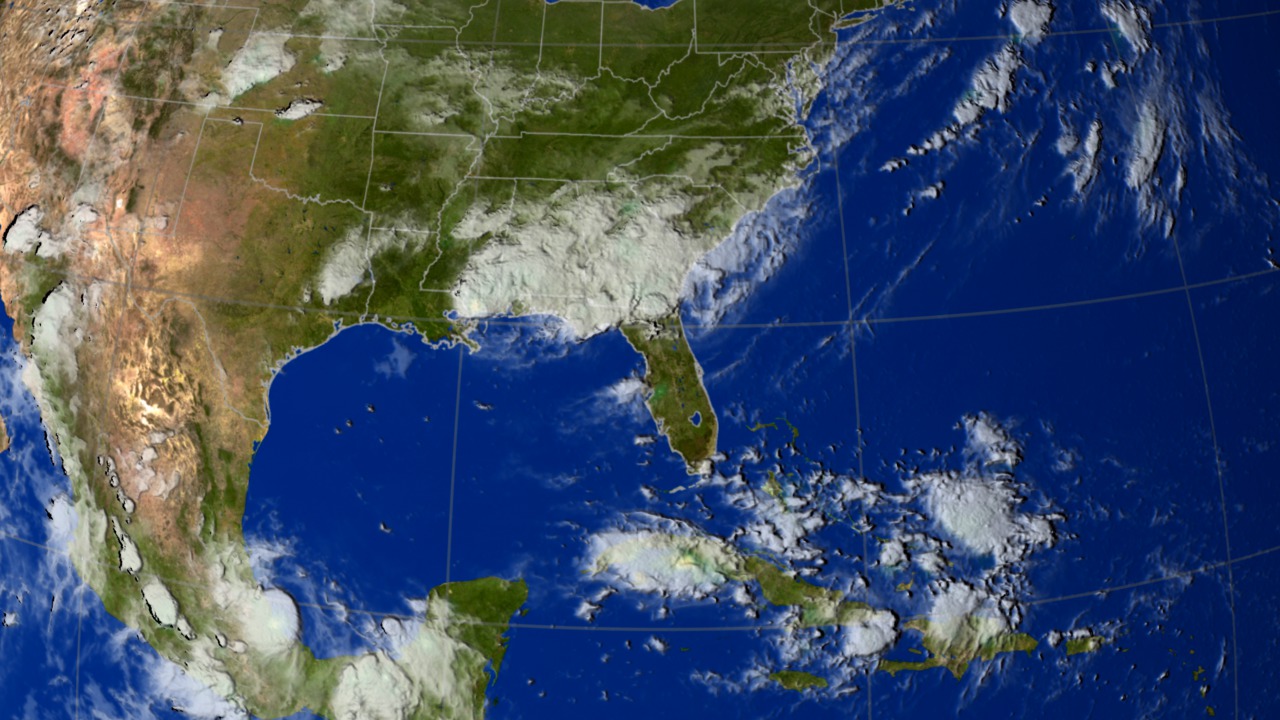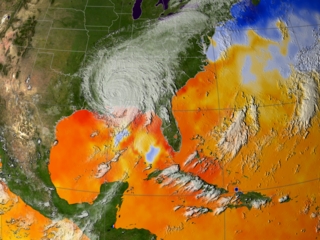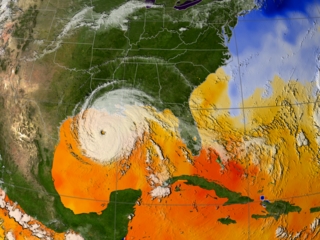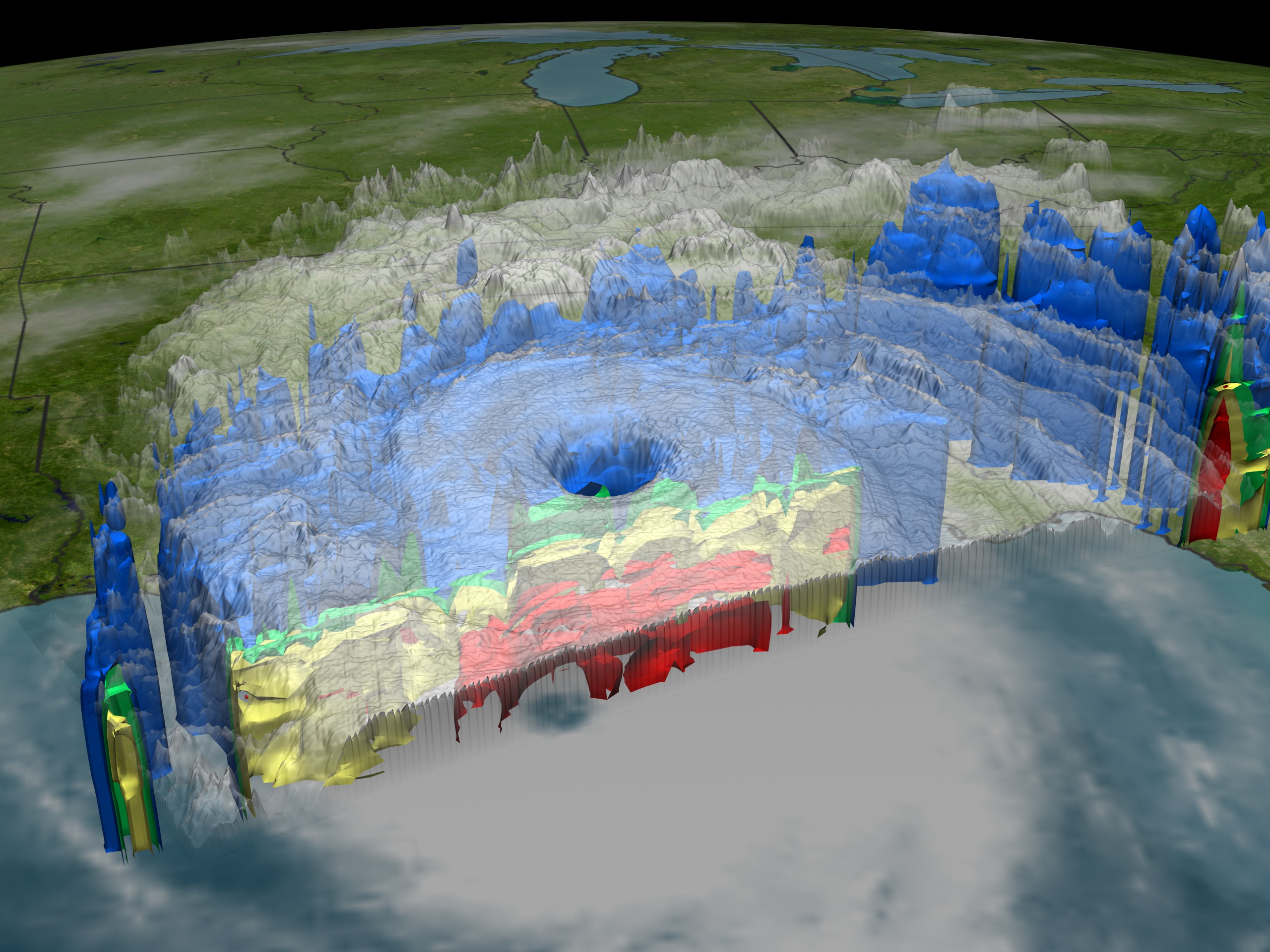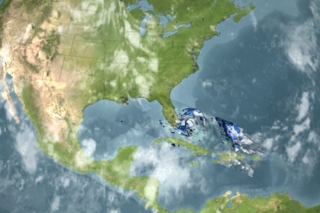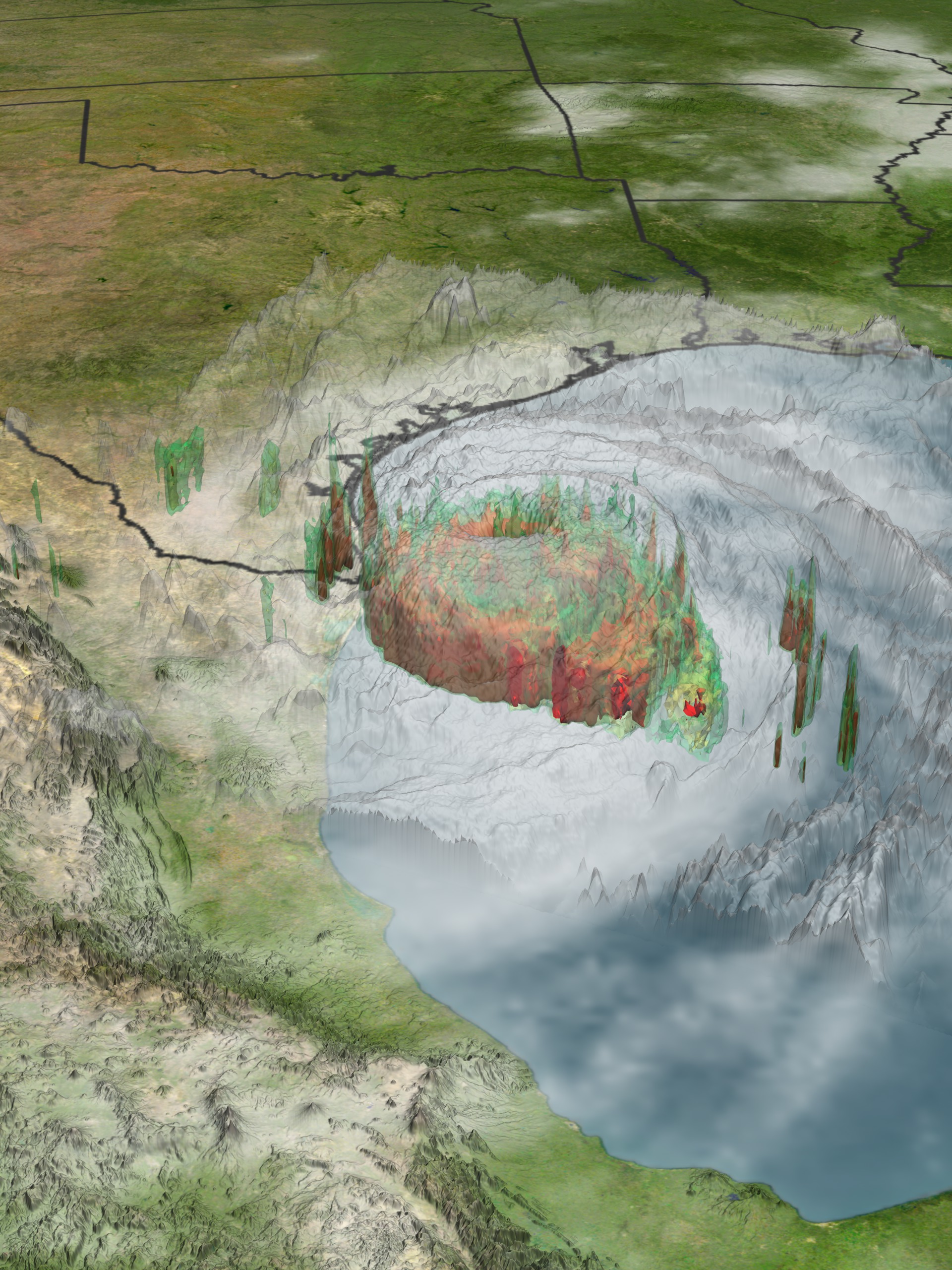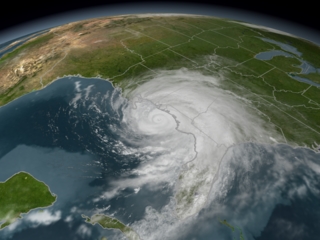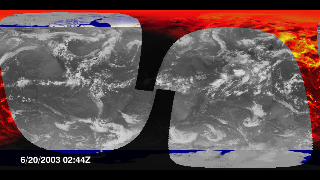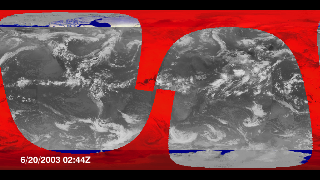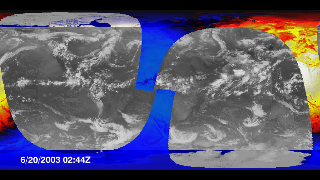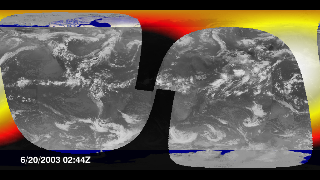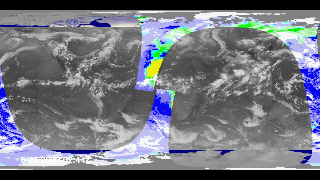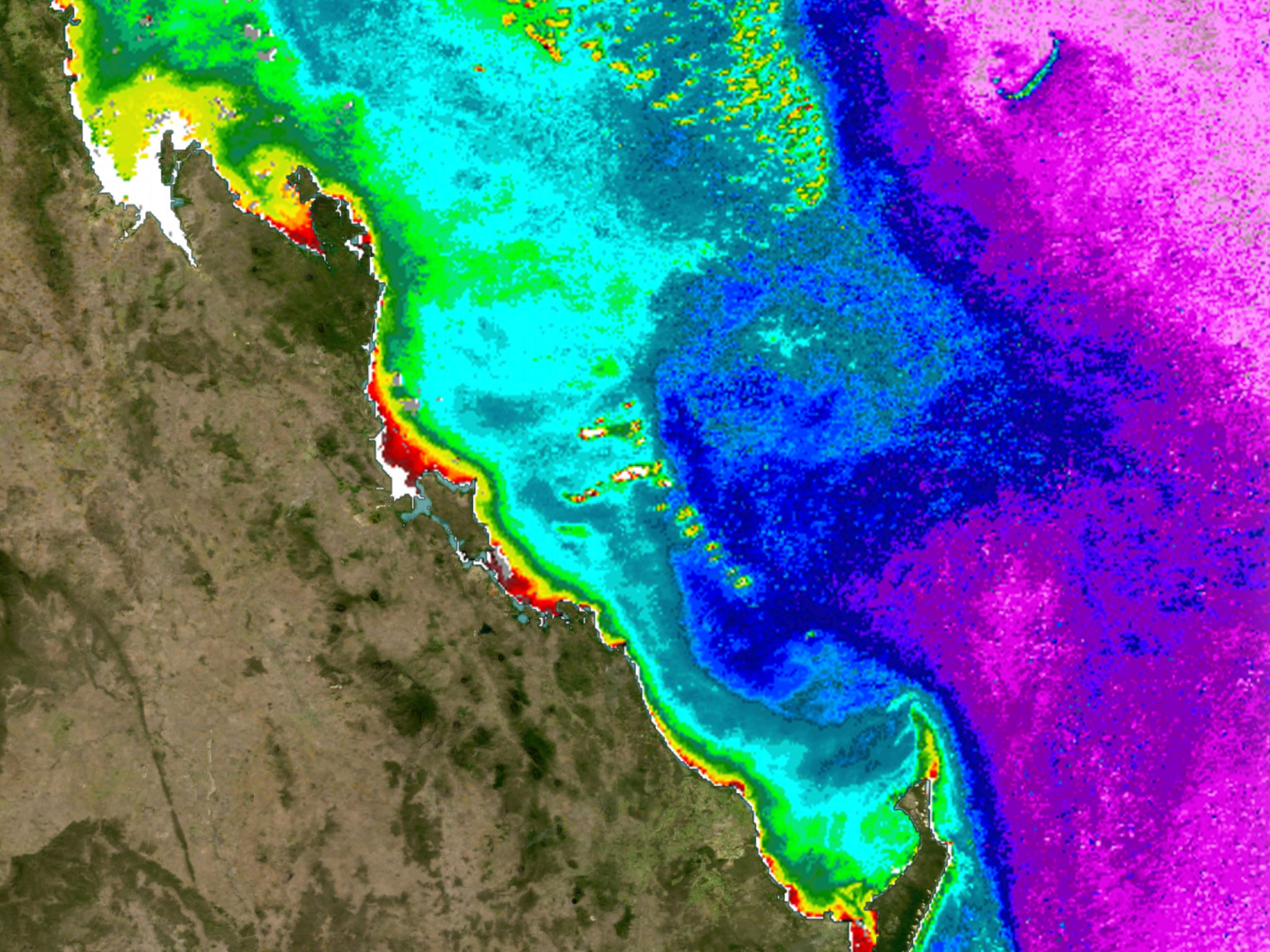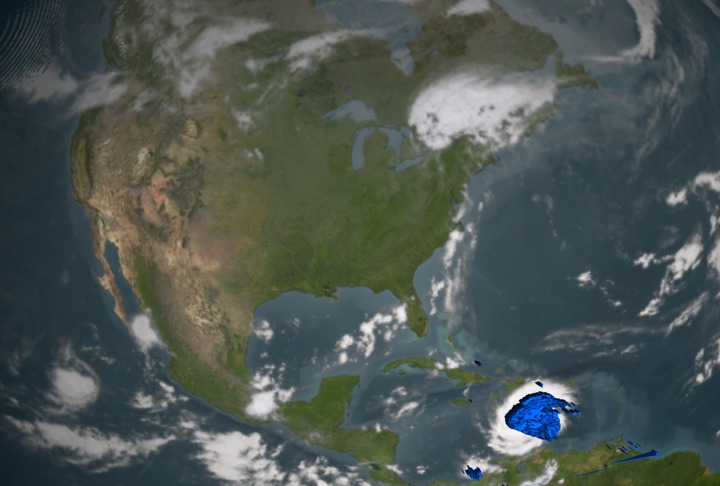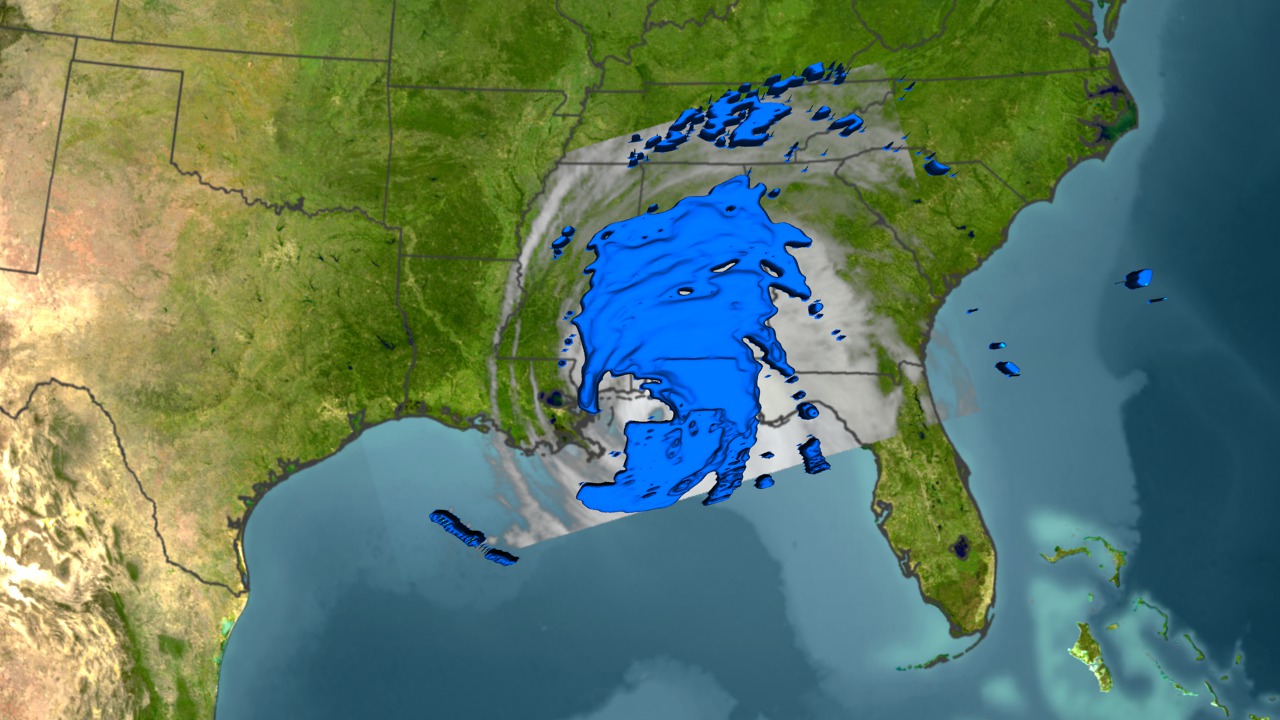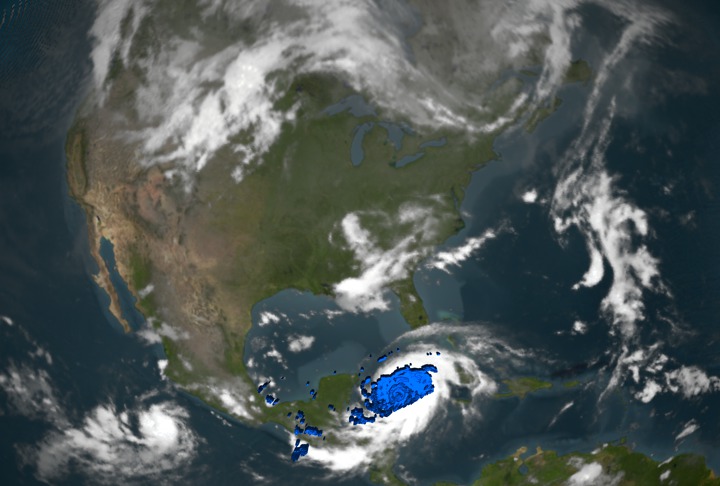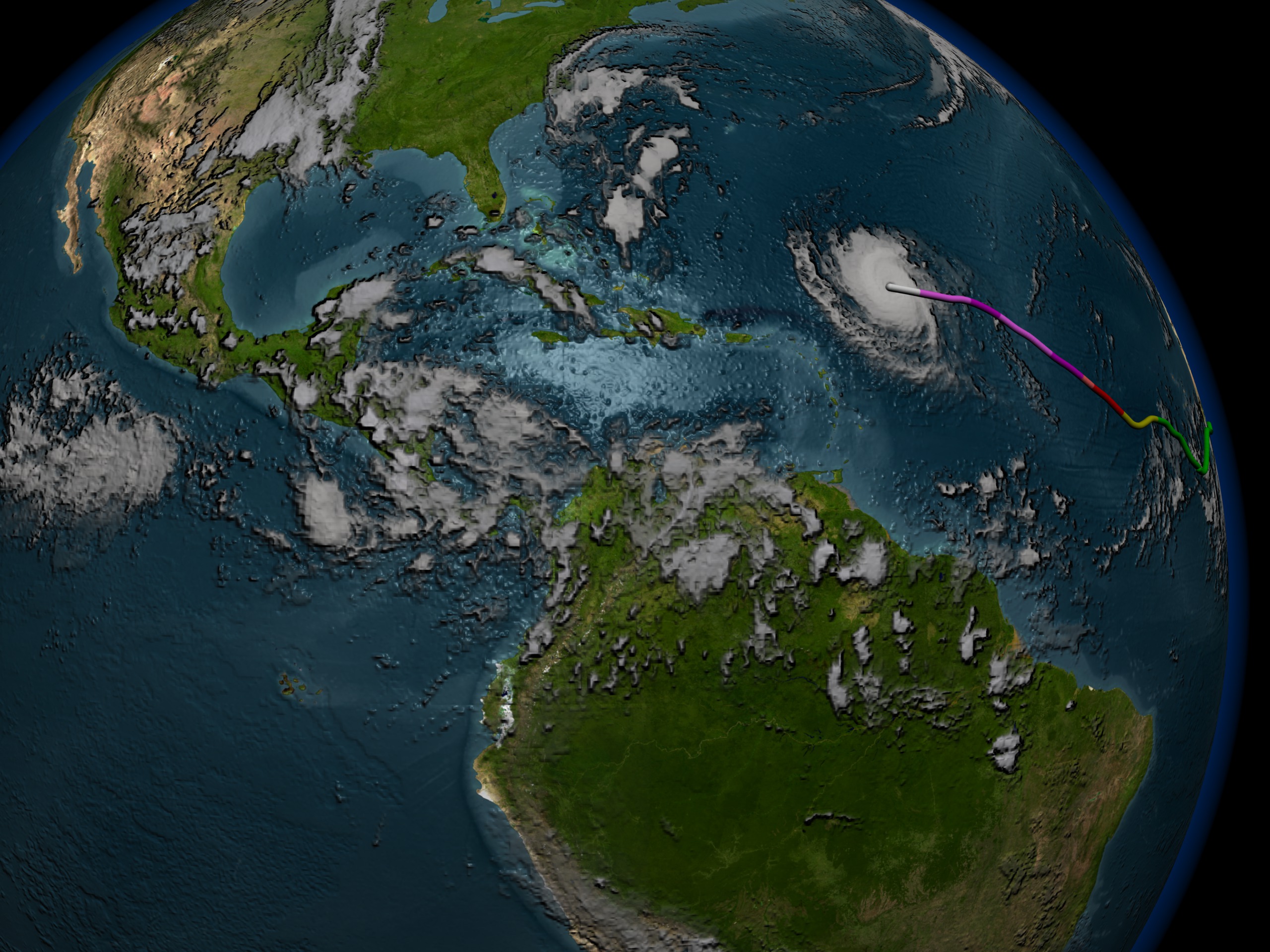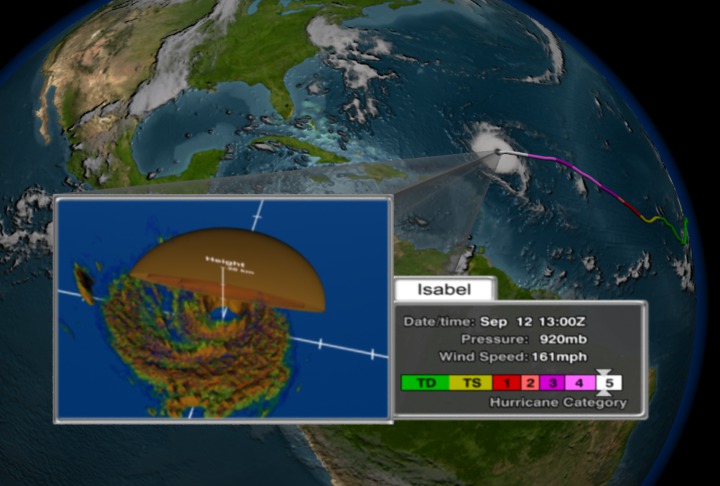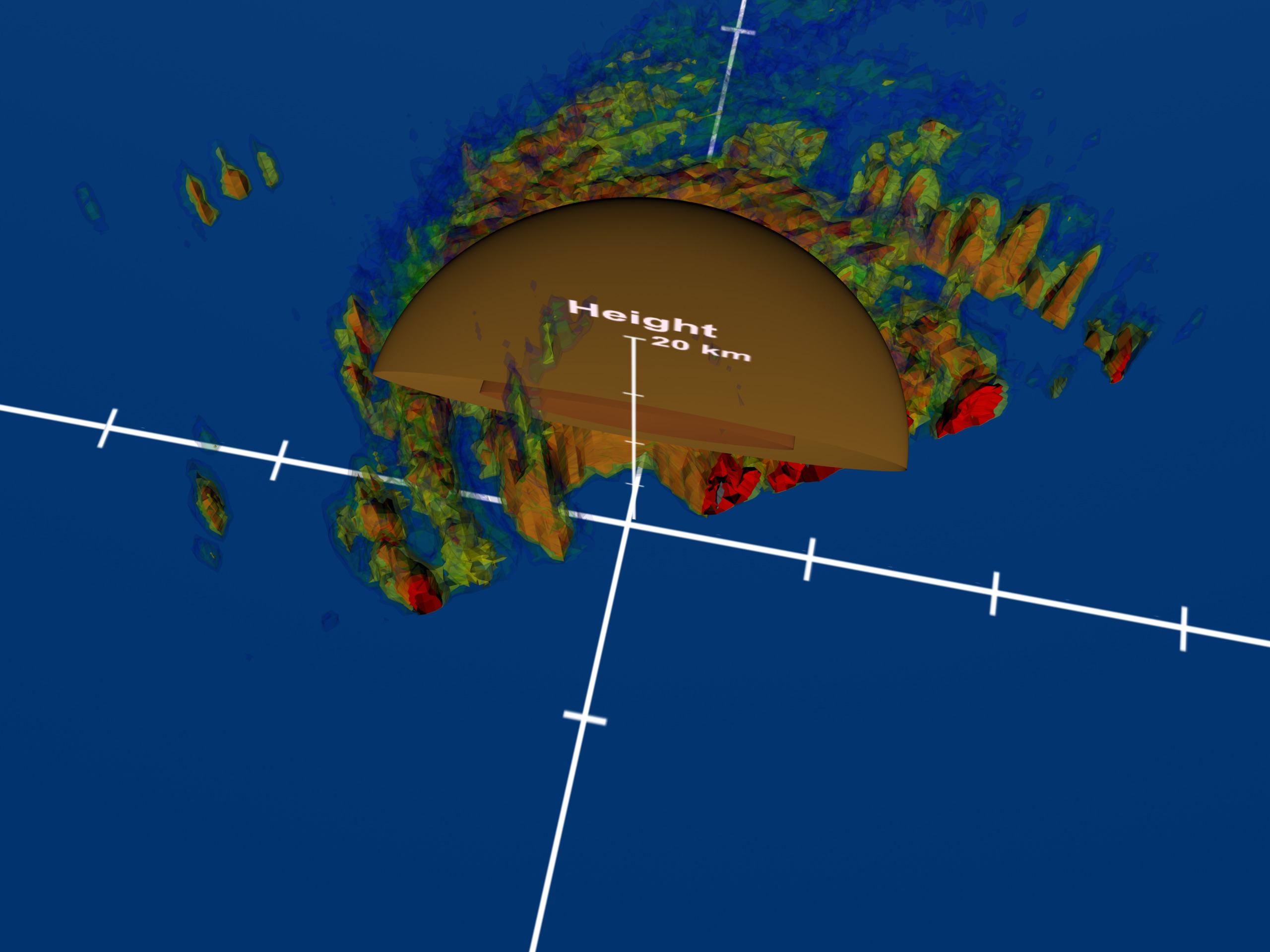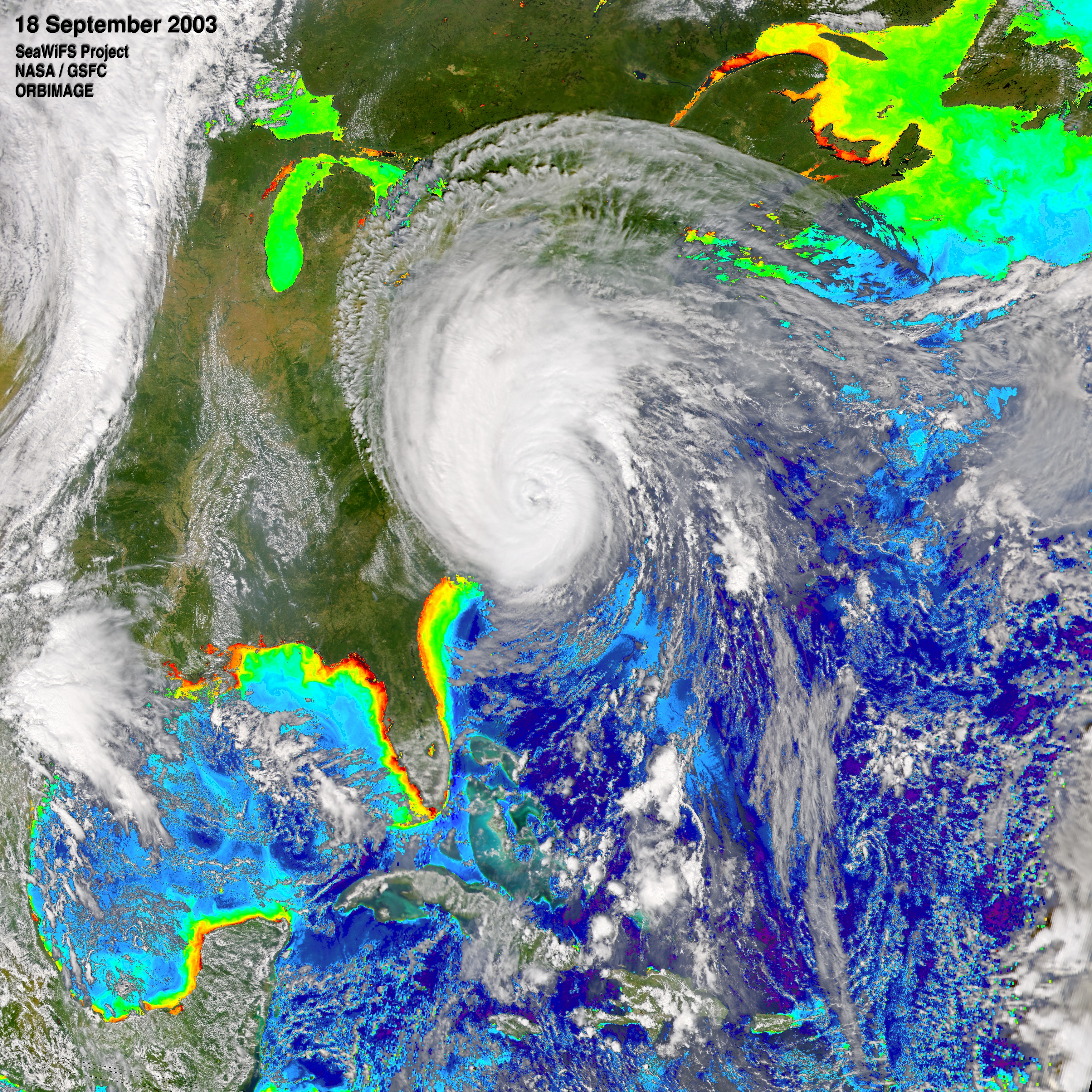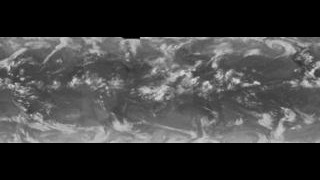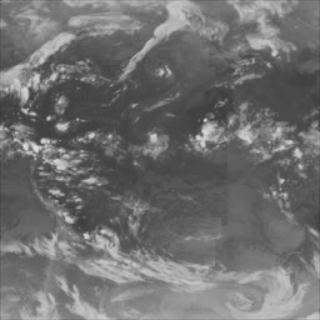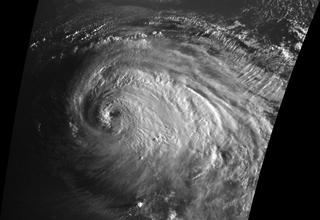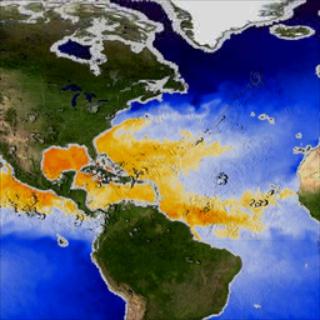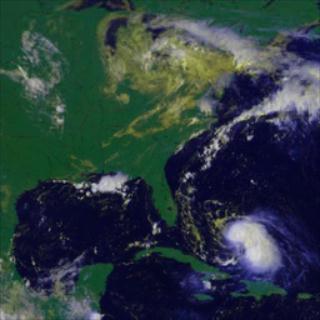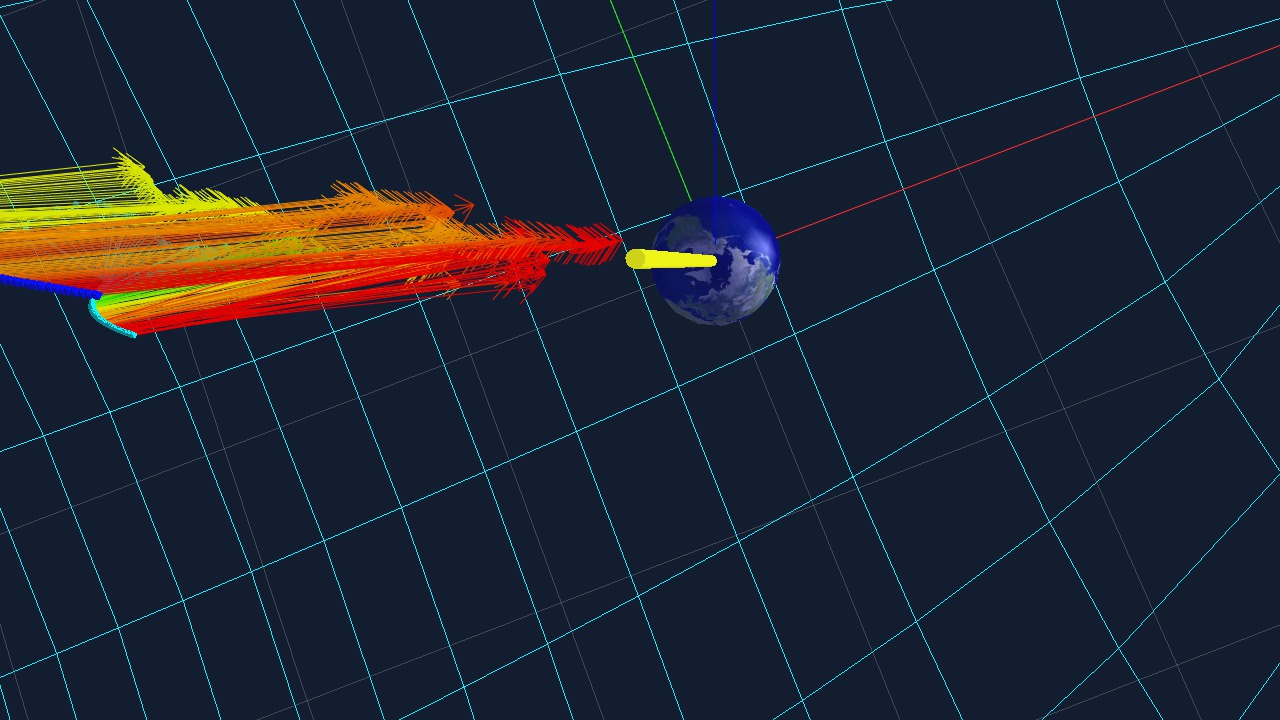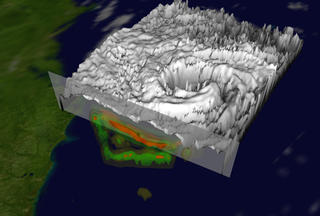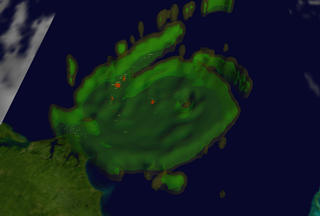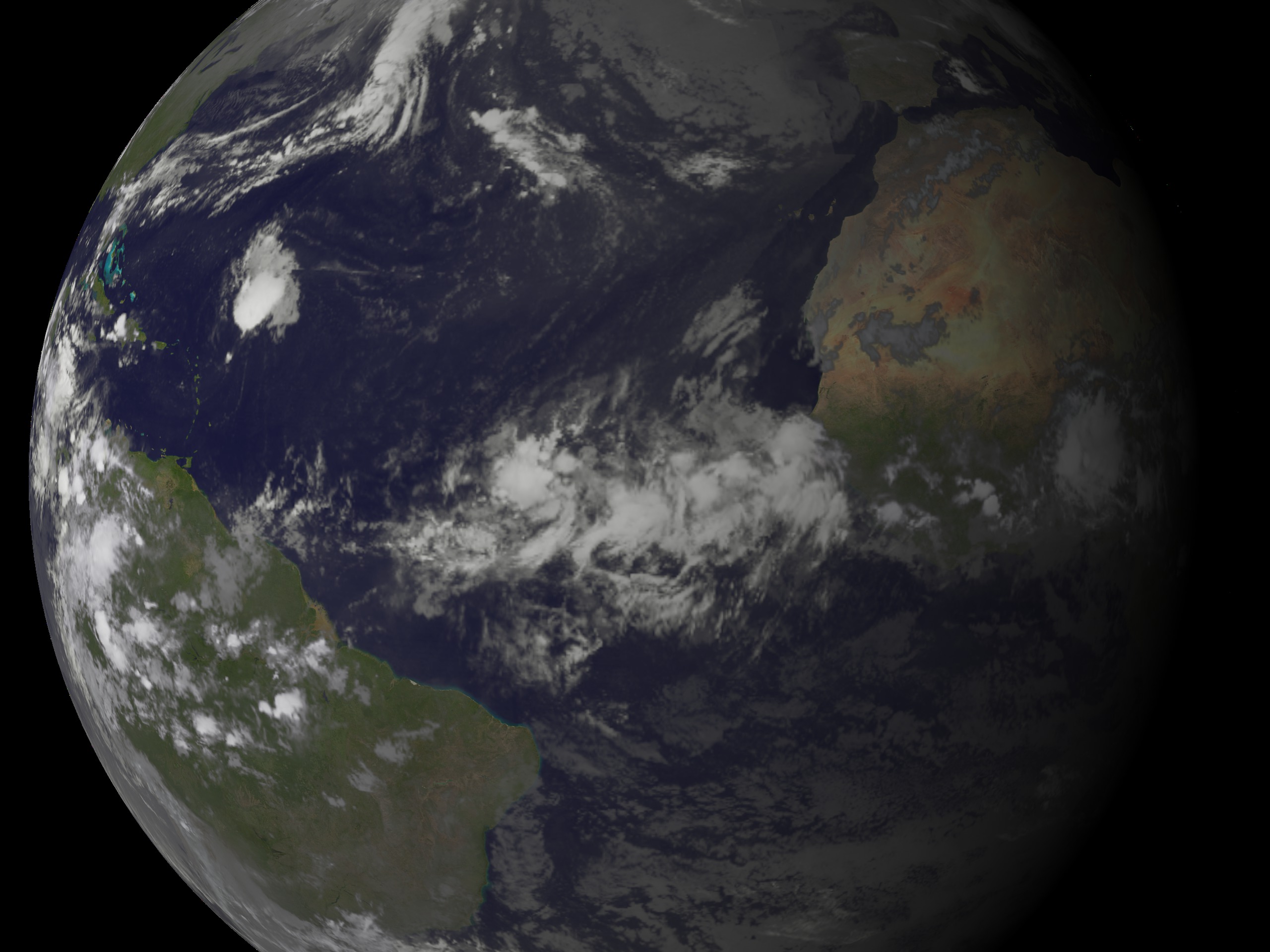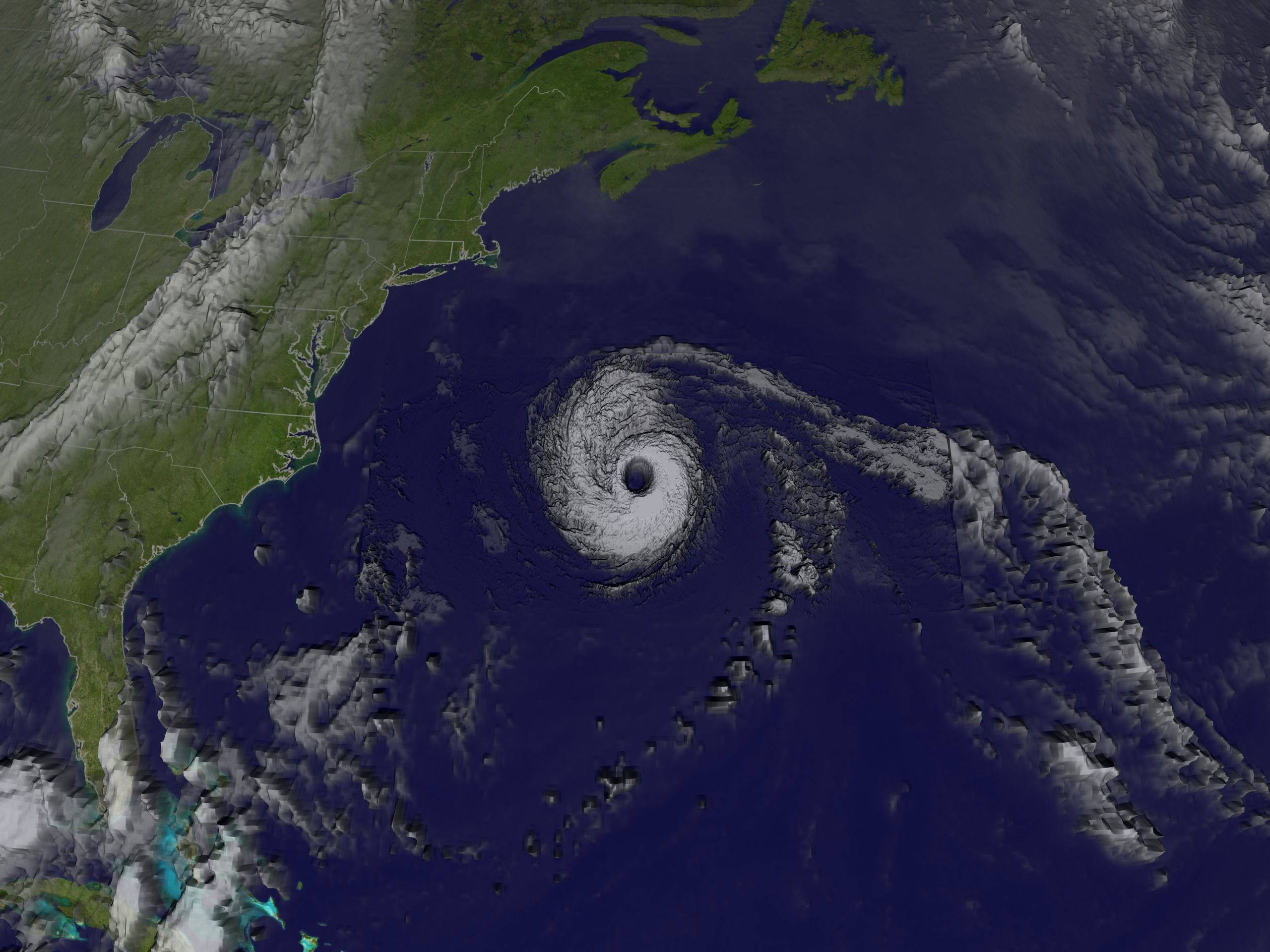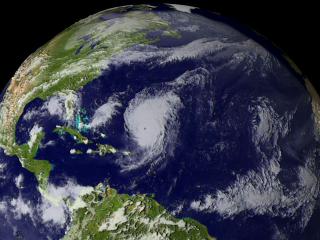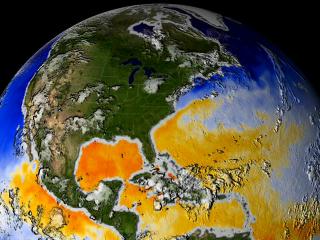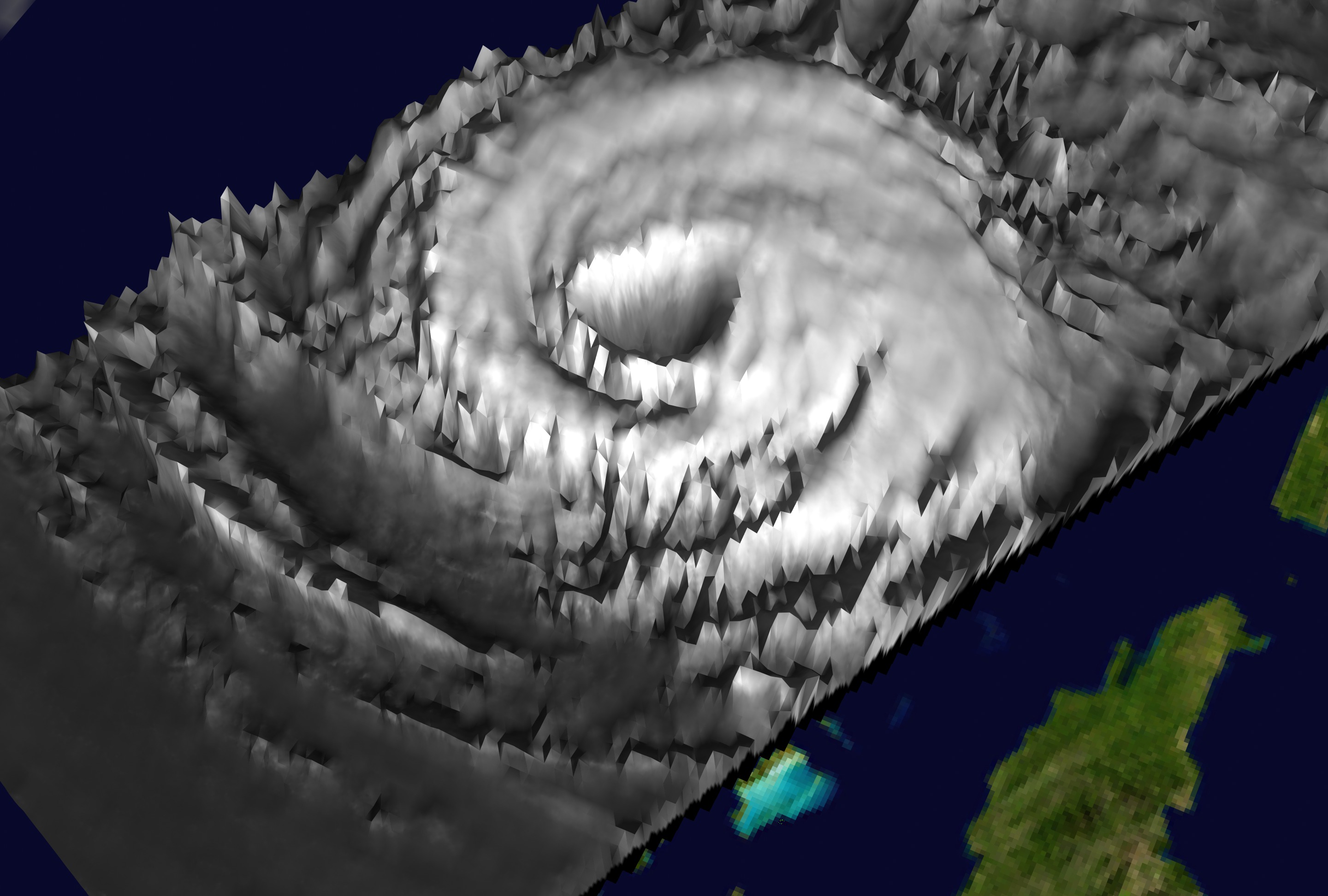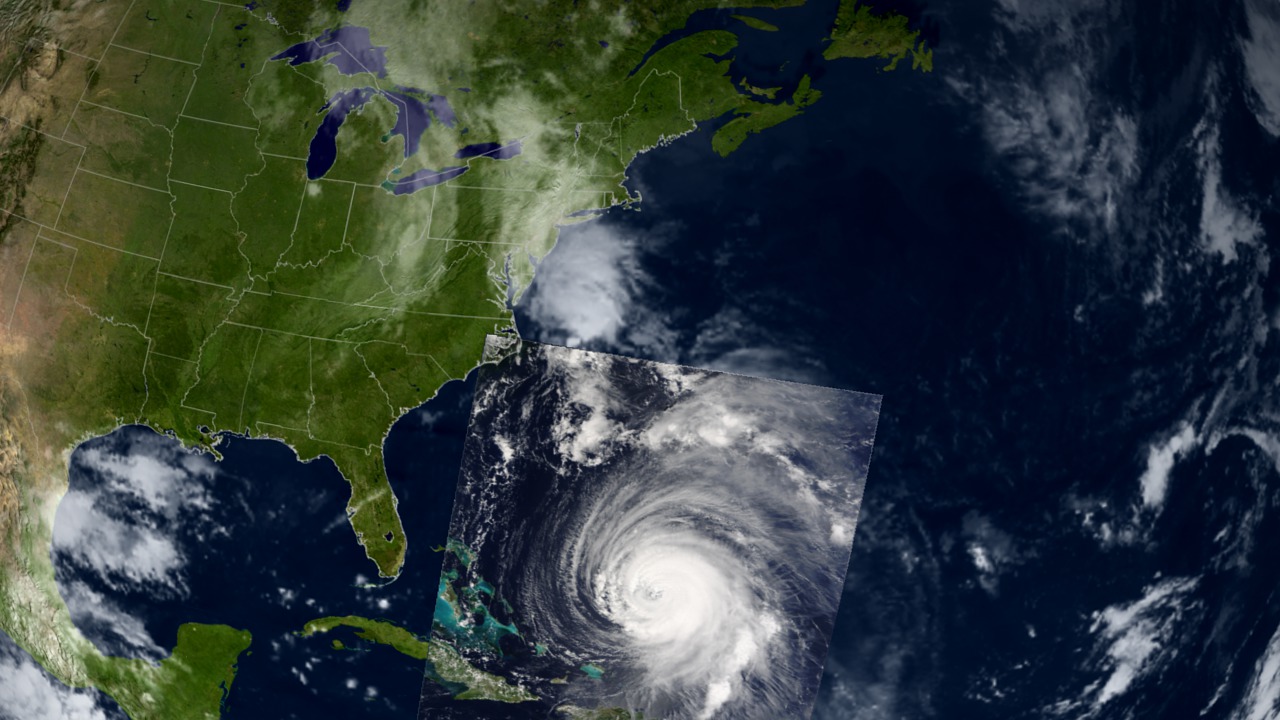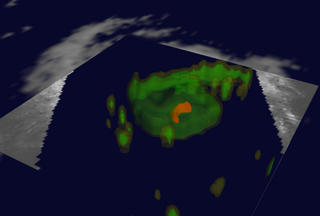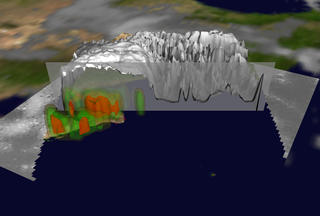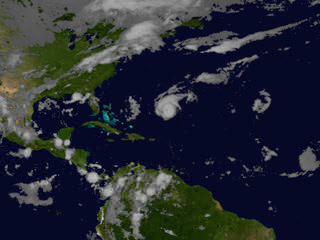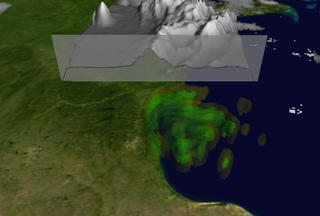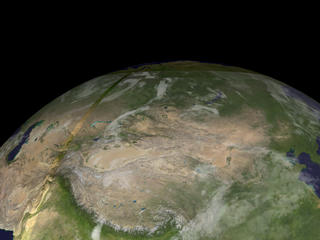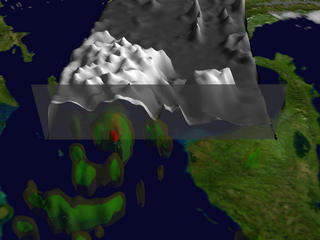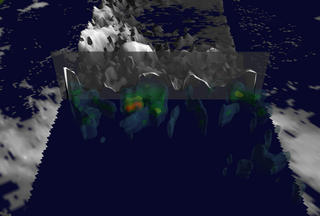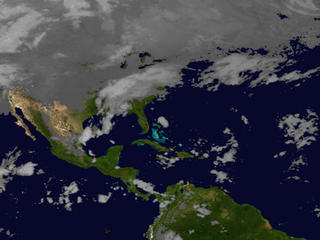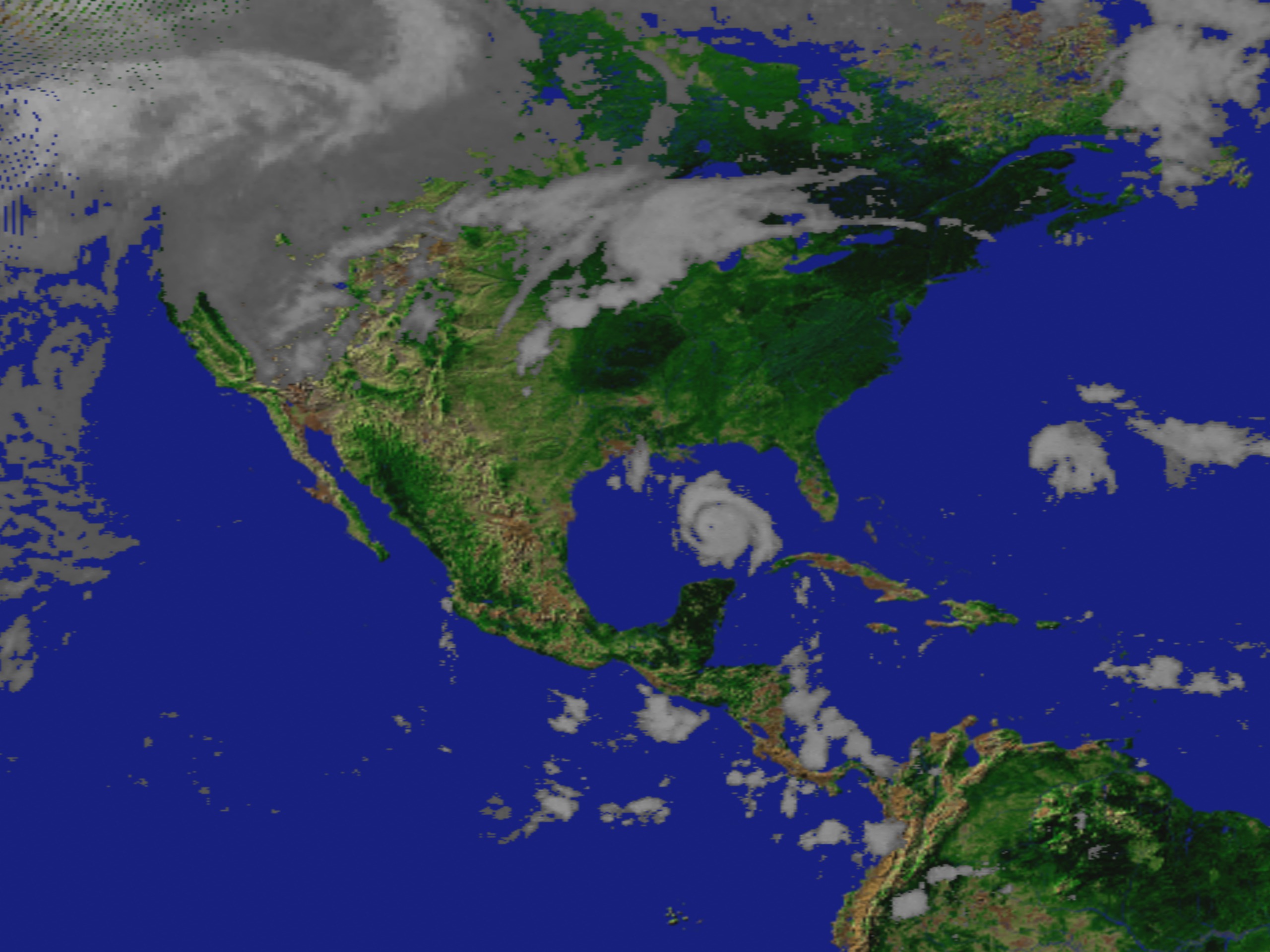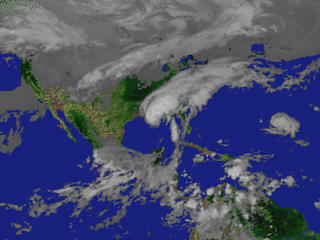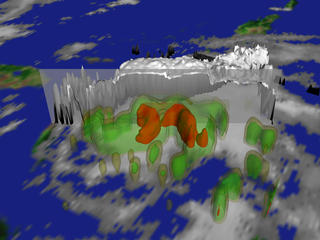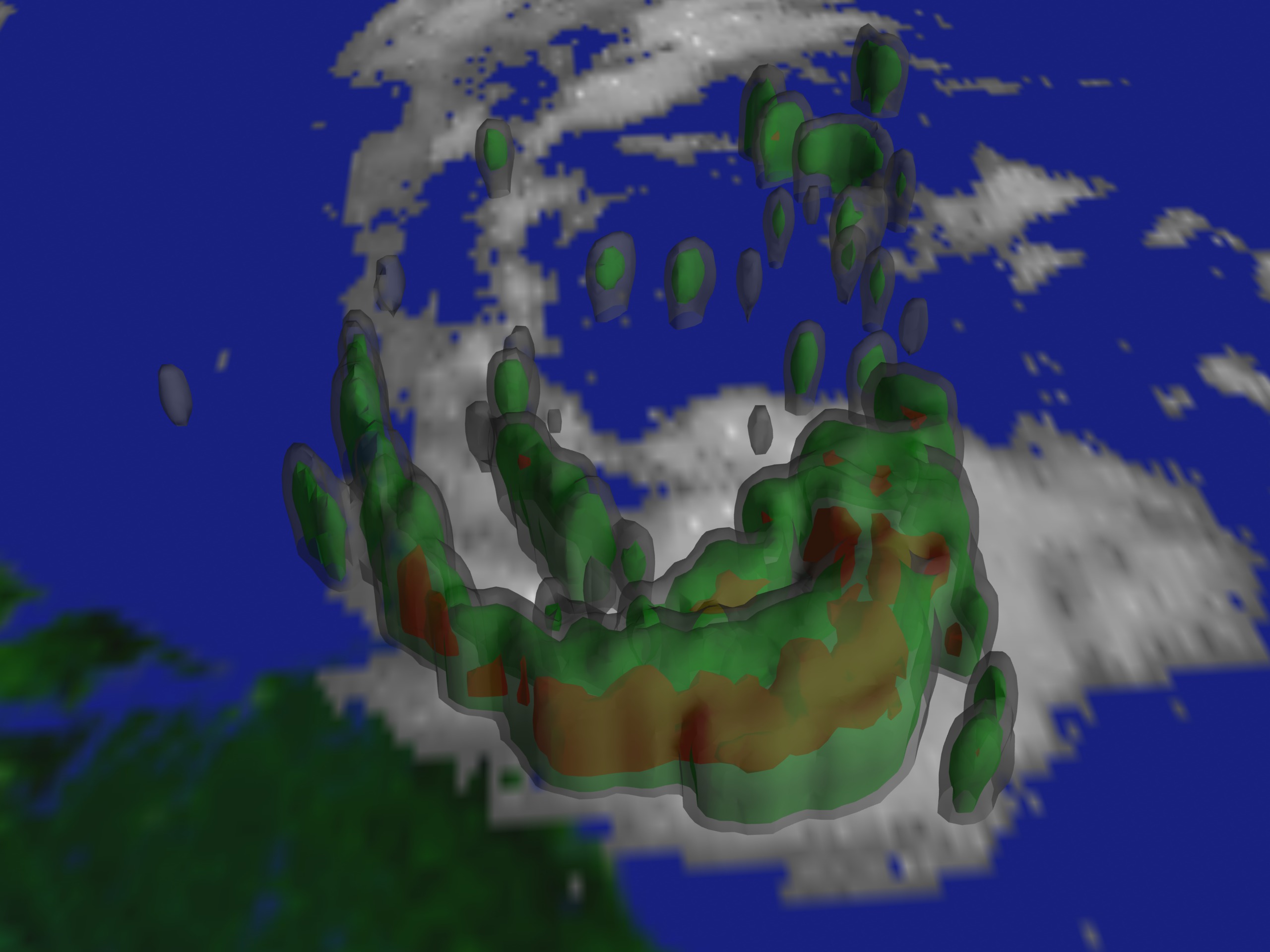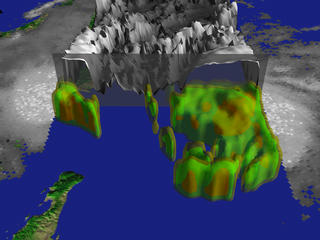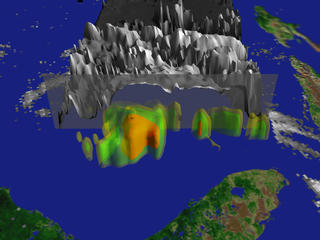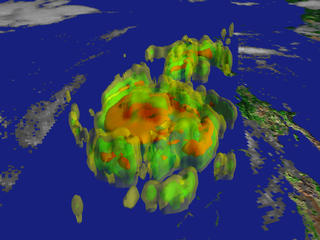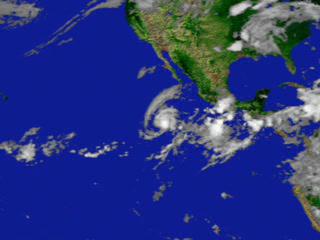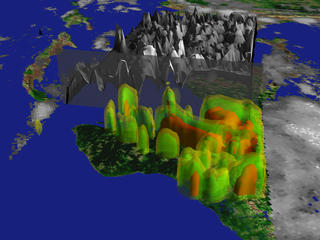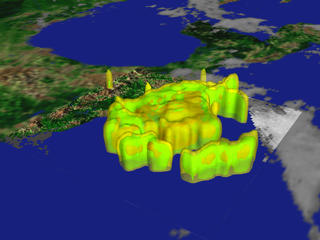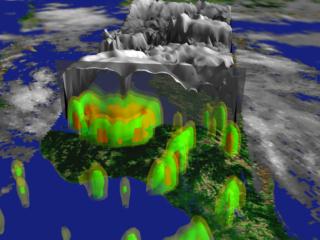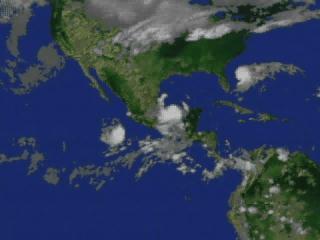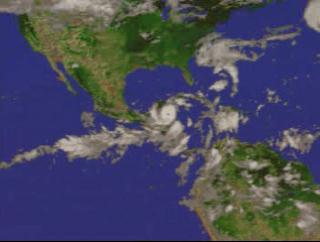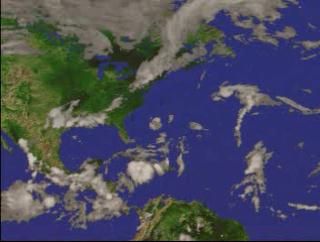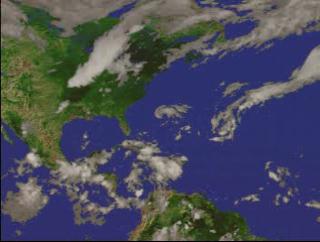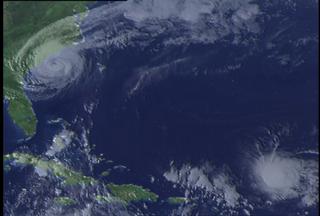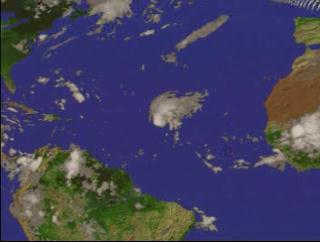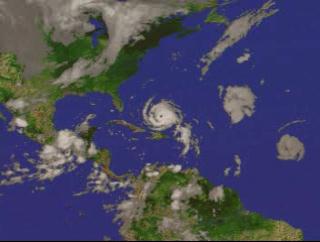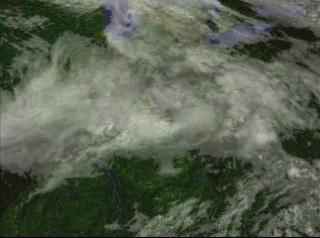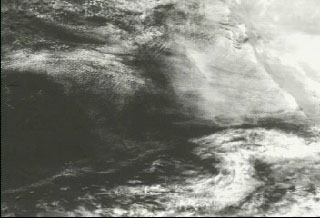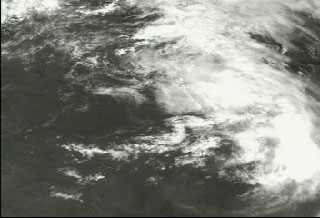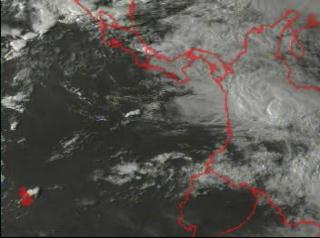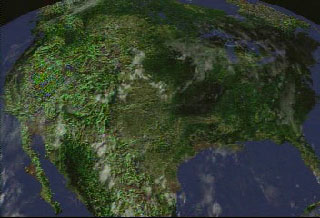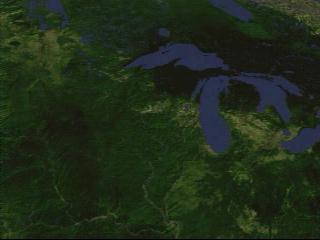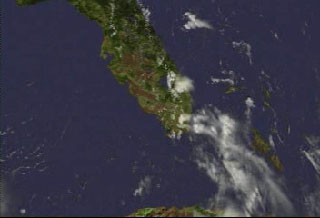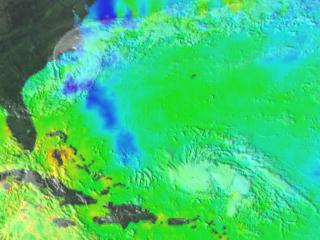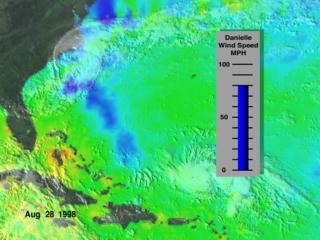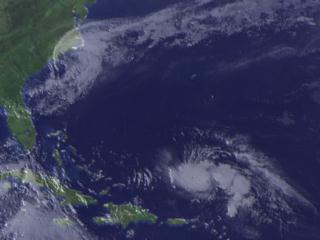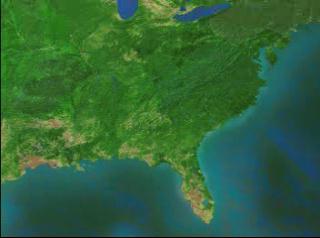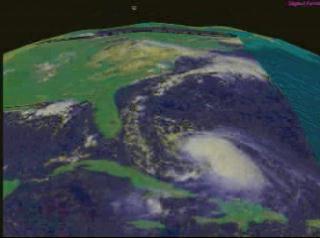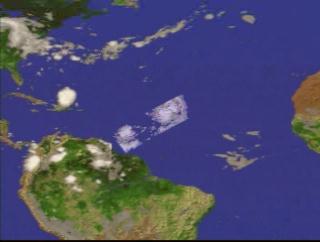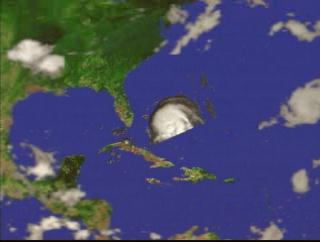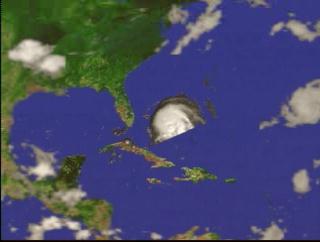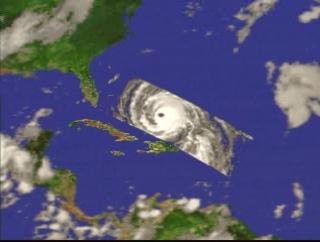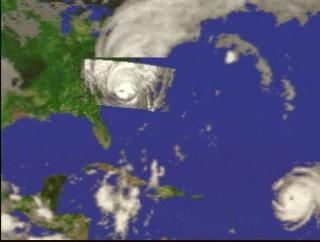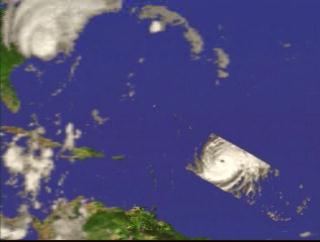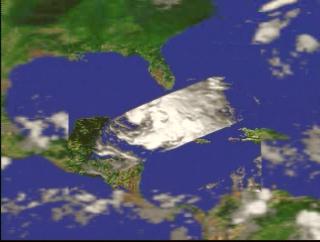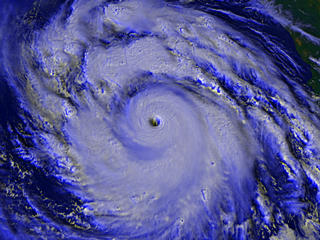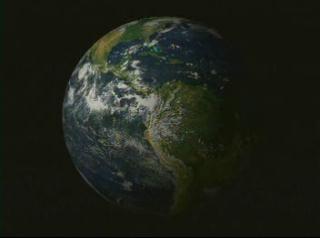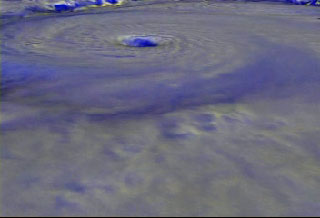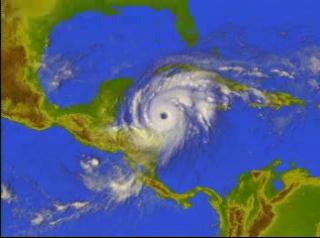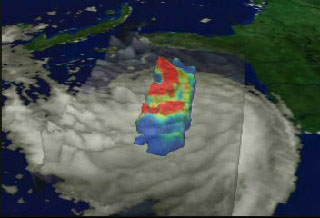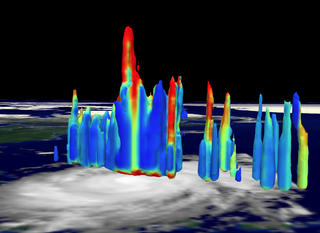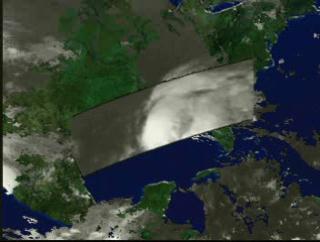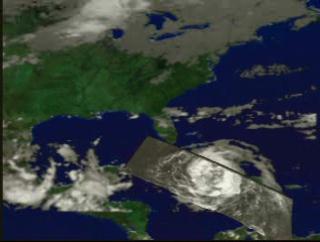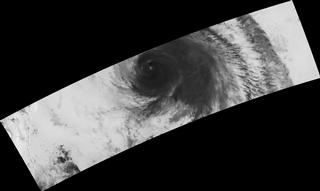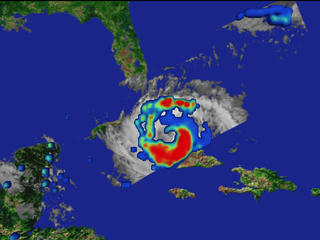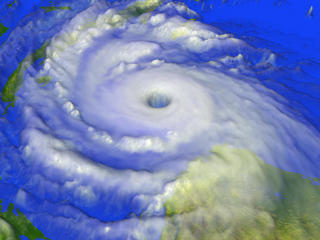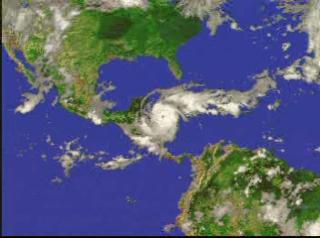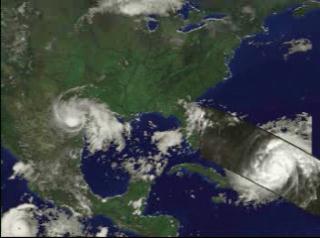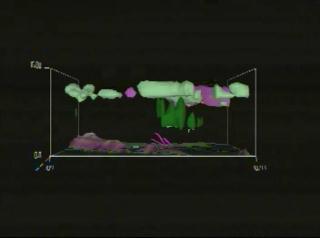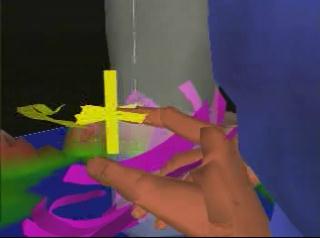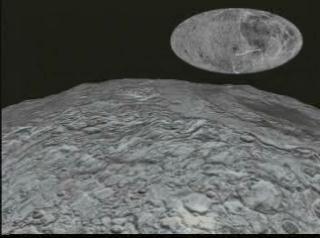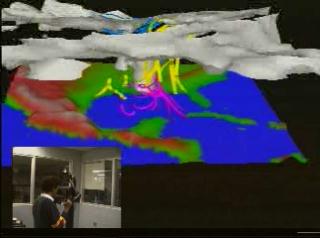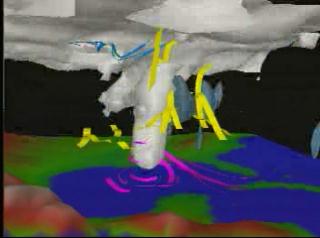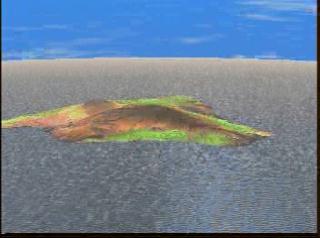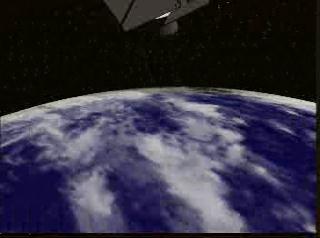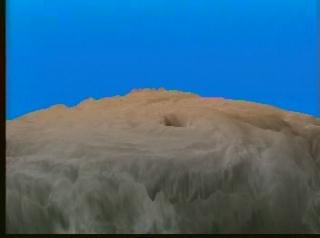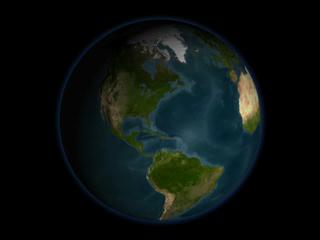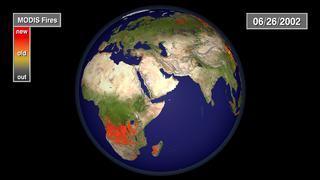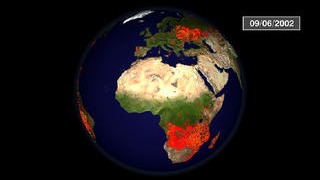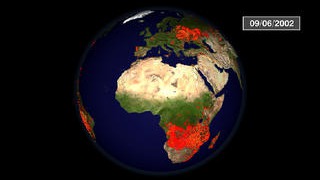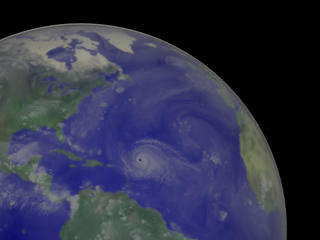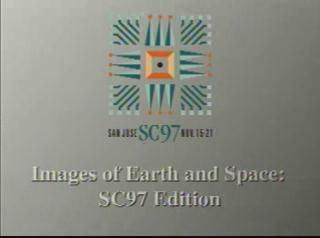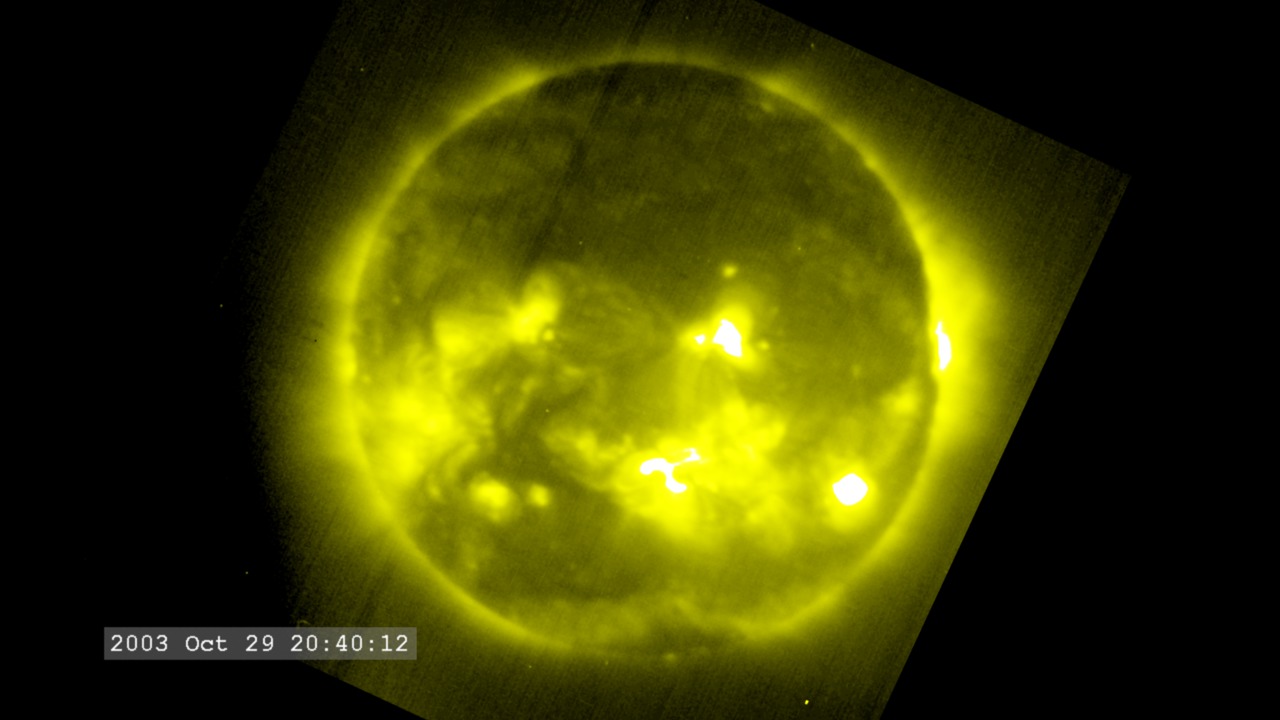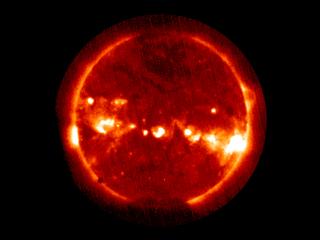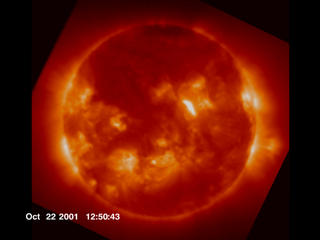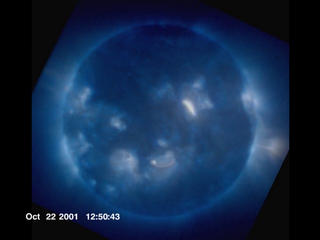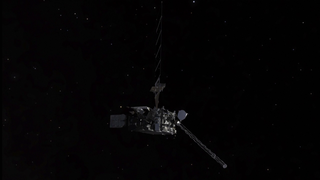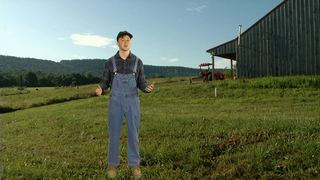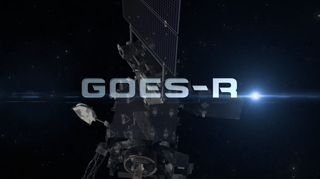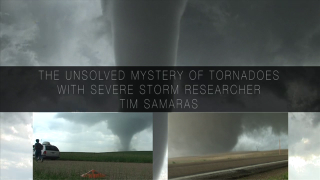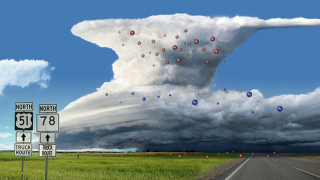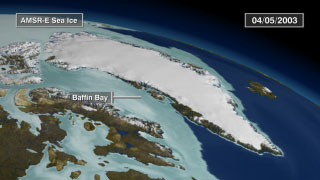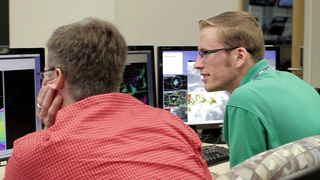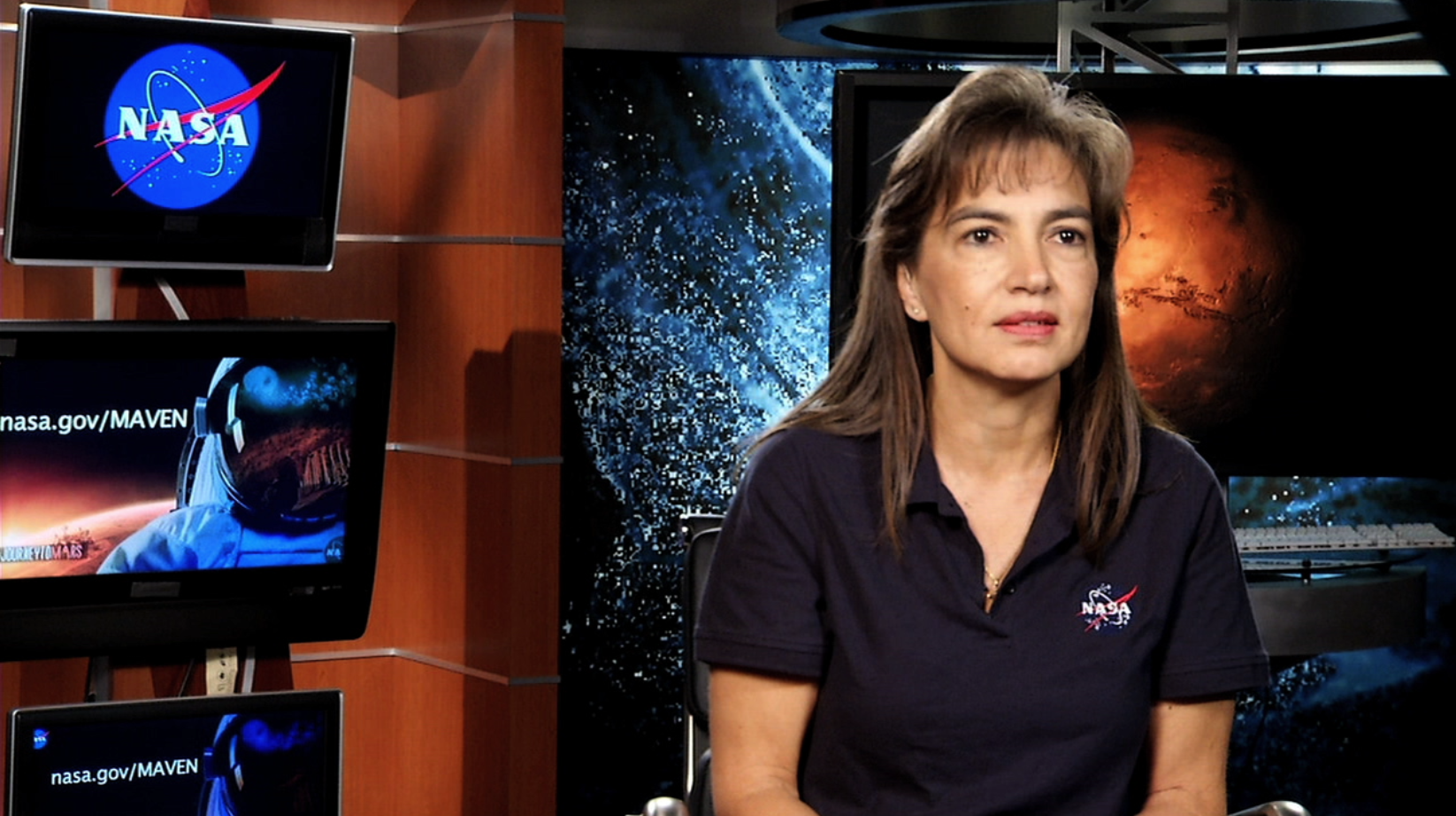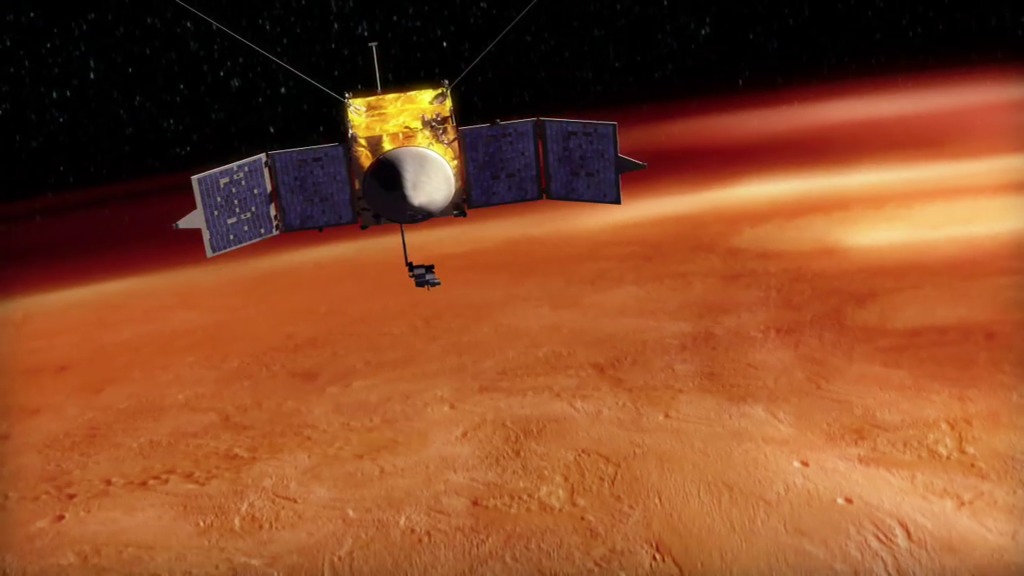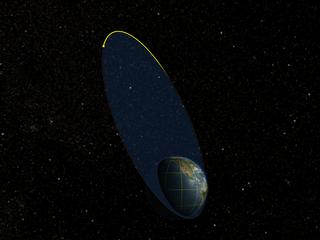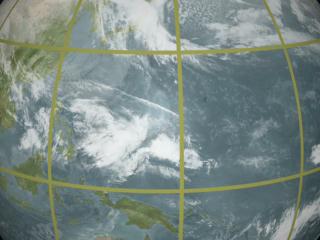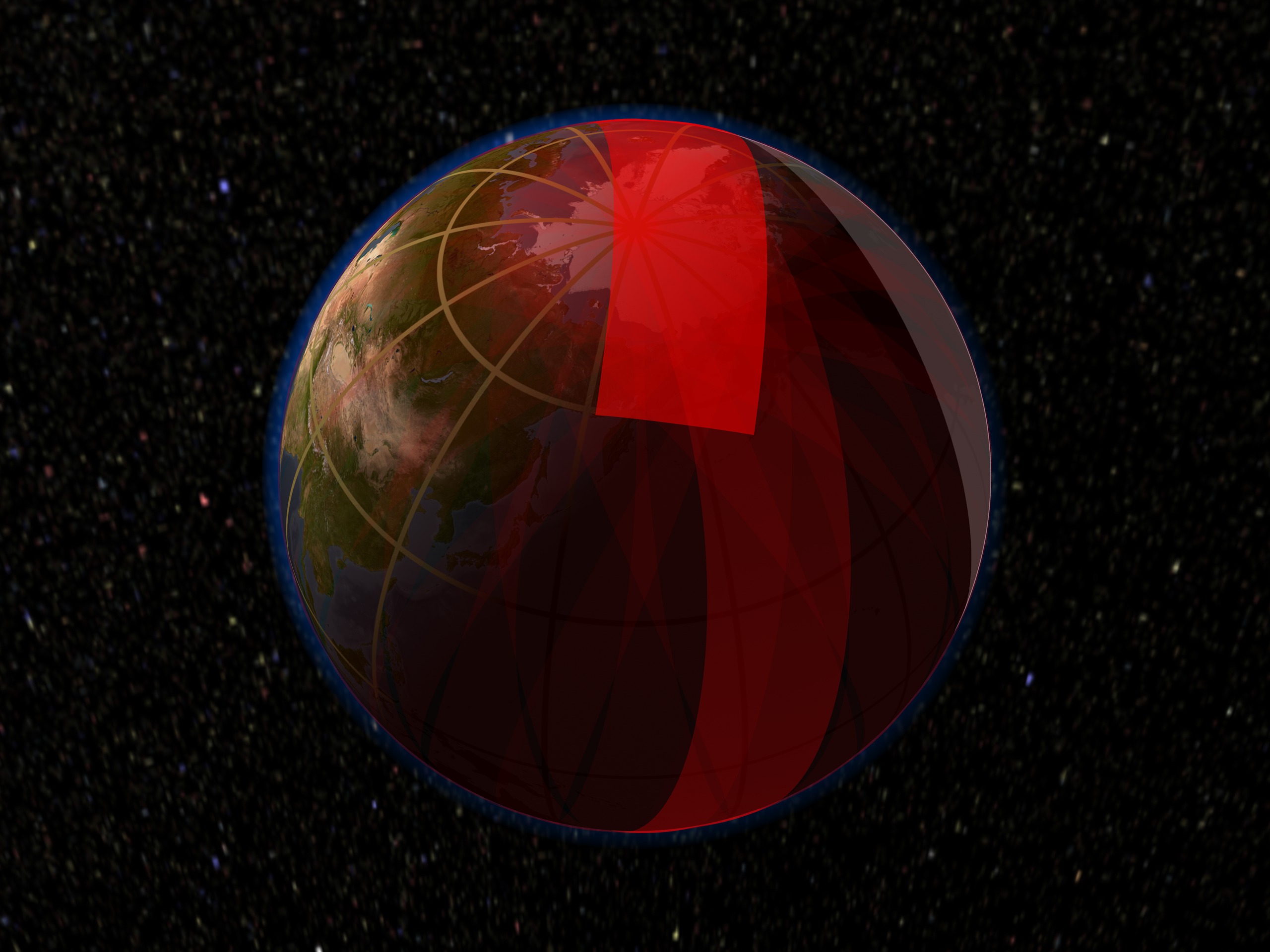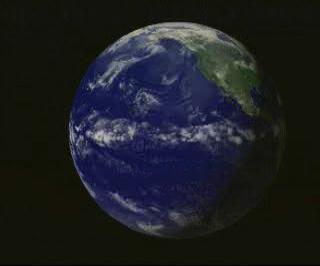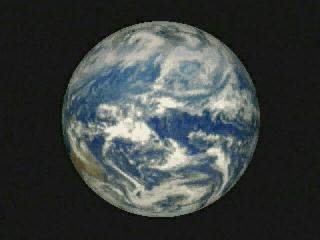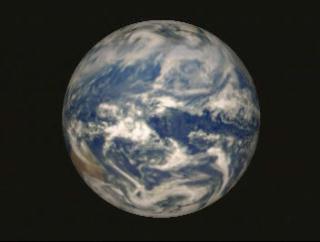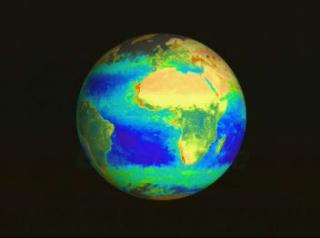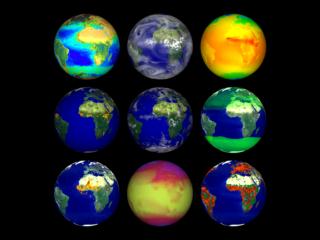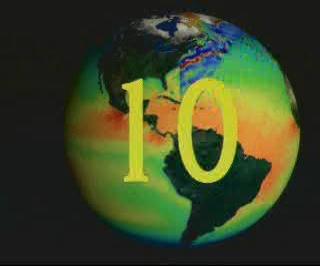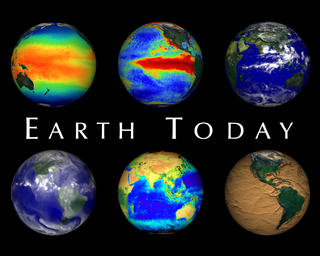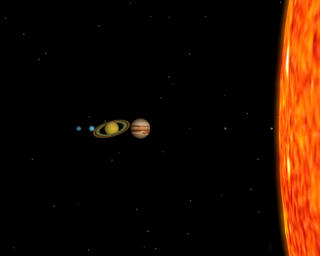GOES
GOES-S
GOES-S in Space Covers the Western US
Go to this pageGOES-S is the latest in a series of new weather satellites, a powerful asset in the nation's fleet. It is part of of the Geostationary Operational Environmental Satellite (GOES) – R Series. These are the nation’s most advanced in terms of geostationary weather satellites. The GOES-R Series significantly improves the detection and observation of environmental phenomena that directly affect public safety, protection of property and our nation’s economic health and prosperity.The satellites provide advanced imaging with increased spatial resolution and faster coverage for more accurate forecasts, real-time mapping of lightning activity, and improved monitoring of solar activity and space weather.The GOES-R Series is a four-satellite program (GOES-R/S/T/U) that will extend the availability of the operational GOES satellite system through 2036. || GOESR_Conceptual_3_V2_print.jpg (1024x576) [129.2 KB] || GOES-S_FINAL_DRAFT_twitter_720.00537_searchweb.png (320x180) [33.2 KB] || GOES-S_FINAL_DRAFT_twitter_720.00537_thm.png (80x40) [3.6 KB] || GOES-S_FINAL_DRAFT.mov (1920x1080) [4.7 GB] || GOES-S_FINAL_DRAFT.webm (960x540) [142.6 MB] || GOES-S_FINAL_DRAFT_facebook_720.mp4 (1280x720) [424.6 MB] || GOES-S_FINAL_DRAFT_twitter_720.mp4 (1280x720) [86.7 MB] || GOES-S_FINAL_DRAFT_youtube_1080.mp4 (1920x1080) [580.4 MB] || GOES-S_FINAL_DRAFT_youtube_720.mp4 (1280x720) [553.5 MB] || GOES-S_FINAL_DRAFT_twitter_720.webm (1280x720) [39.0 MB] || GOES-S_FINAL.en_US.srt [6.9 KB] || GOES-S_FINAL.en_US.vtt [6.9 KB] ||
GOES-R
GOES-R Series Resource Reel
Go to this pageThe new generation GOES-R satellites will carry significant improvements and technology innovation on board. GOES-R will be able to deliver a full globe scan in only 5 minutes, compared to the 25 minutes needed for the same task with the current GOES satellites. GOES-R's lightning mapper instrument is expected to improve warning lead time for severe storms and tornadoes by 50%. This without a doubt will help predict severe weather in advance and save more lives. This reel is a compilation of finished productions about the GOES-R mission as well as supporting materials such as animations, visualizations, and still images.Spacecraft Animations ||
GOES Weather with Topper Shutt
Go to this pageOn March 4th, 2010, NASA launched GOES-P (later re-named GOES-15), the last satellite in the N-O-P series. With GOES-P now in orbit ensuring GOES weather observations for years to come, the NASA and NOAA team will turn their attention to the next generation GOES-R series, satellites that will provide images with even greater resolution and speed of data delivery. ||
Legacy GOES Satellites
- Visualization
- Produced Video
- Visualization
- Visualization
- Visualization
- Produced Video
- Visualization
- Visualization
- Hyperwall Visual
- Visualization
- Produced Video
- Produced Video
- Produced Video
- Visualization
- Produced Video
- Produced Video
- Visualization
- Visualization
- Visualization
- Produced Video
- Produced Video
- Produced Video
- Produced Video
- Produced Video
- Produced Video
- Produced Video
- Produced Video
- Visualization
- Visualization
- Visualization
- Produced Video
- Produced Video
- Produced Video
- Produced Video
- Produced Video
- Produced Video
- Produced Video
- Visualization
- Visualization
- Visualization
- Visualization
- Visualization
- Visualization
- Visualization
- Visualization
- Visualization
- Visualization
- Visualization
- Animation
- Visualization
- Visualization
- Visualization
- Visualization
- Visualization
- Visualization
- Visualization
- Visualization
- Visualization
- Visualization
- Visualization
- Visualization
- Visualization
- Visualization
- Visualization
- Visualization
- Visualization
- Visualization
- Visualization
- Visualization
- Visualization
- Visualization
- Visualization
- Visualization
- Visualization
- Visualization
- Visualization
- Visualization
- Visualization
- Visualization
- Visualization
- Visualization
- Visualization
- Visualization
- Visualization
- Visualization
- Visualization
- Visualization
- Visualization
- Visualization
- Visualization
- Visualization
- Visualization
- Visualization
- Visualization
- Visualization
- Visualization
- Visualization
- Visualization
- Visualization
- Visualization
- Visualization
- Visualization
- Visualization
- Visualization
- Visualization
- Visualization
- Visualization
- Visualization
- Visualization
- Visualization
- Visualization
- Visualization
- Visualization
- Visualization
- Visualization
- Visualization
- Visualization
- Visualization
- Visualization
- Visualization
- Visualization
- Visualization
- Visualization
- Visualization
- Visualization
- Visualization
- Visualization
- Visualization
- Visualization
- Visualization
- Visualization
- Visualization
- Visualization
- Visualization
- Visualization
- Visualization
- Visualization
- Visualization
- Visualization
- Visualization
- Visualization
- Visualization
- Visualization
- Visualization
- Visualization
- Visualization
- Visualization
- Visualization
- Visualization
- Visualization
Hurricanes
- Produced Video
- Visualization
- Produced Video
- Visualization
- Produced Video
- Visualization
- Produced Video
- Visualization
- Visualization
- Visualization
- Visualization
- Visualization
- Visualization
- Visualization
- Visualization
- Visualization
- Visualization
- Visualization
- Visualization
- Visualization
- Visualization
- Visualization
- Visualization
- Visualization
- Visualization
- Visualization
- Visualization
- Visualization
- Visualization
- Visualization
- Visualization
- Visualization
- Visualization
- Visualization
- Visualization
- Visualization
- Visualization
- Visualization
- Visualization
- Visualization
- Visualization
- Visualization
- Visualization
- Visualization
- Visualization
- Visualization
- Visualization
- Visualization
- Visualization
- Visualization
- Visualization
- Visualization
- Visualization
- Visualization
- Visualization
- Visualization
- Visualization
- Visualization
- Visualization
- Visualization
- Visualization
- Visualization
- Visualization
- Visualization
- Visualization
- Visualization
- Visualization
- Visualization
- Visualization
- Visualization
- Visualization
- Visualization
- Visualization
- Visualization
- Visualization
- Visualization
- Visualization
- Visualization
- Visualization
- Visualization
- Visualization
- Visualization
- Visualization
- Visualization
- Visualization
- Visualization
- Visualization
- Visualization
- Visualization
- Visualization
- Visualization
- Visualization
- Visualization
- Visualization
- Visualization
- Visualization
- Visualization
- Visualization
- Visualization
- Visualization
- Visualization
- Visualization
- Visualization
- Visualization
- Visualization
- Visualization
Earth Data, not Hurricanes
- Visualization
- Hyperwall Visual
- Produced Video
- Produced Video
- Produced Video
- Produced Video
- Produced Video
- Visualization
- Visualization
- Produced Video
- Produced Video
- Visualization
- Visualization
- Visualization
- Visualization
- Visualization
- Visualization
- Visualization
- Visualization
- Visualization
- Visualization
- Visualization
- Visualization
- Visualization
- Visualization
- Visualization
- Visualization
- Visualization
- Visualization
- Visualization
Solar Observations
- Visualization
- Visualization
- Visualization
- Visualization
- Produced Video
- Produced Video
- Visualization
- Visualization
- Visualization
- Visualization
Animations
Beauty Pass
Go to this sectionAn artist concept of the GOES-R spacecraft in geostationary orbit seeing lightning from space. One of the newest features of GOES-R is the critical ability to measure and see in-cloud lightning. Thus increasing the tornado warning time.
Narrated or Voice Over
- Produced Video
- Section
- Section
- Section
- Produced Video
- Produced Video
- Produced Video
- Produced Video
- Produced Video
- Produced Video
- Produced Video
- Produced Video
- Visualization
- Produced Video
- Produced Video
- Produced Video
- Produced Video
- Visualization
- Visualization
- Visualization
- Visualization
- Visualization
- Visualization
- Visualization
- Section
Miscellaneous
- Visualization
- Produced Video
- Produced Video
- Visualization
- Visualization
- Produced Video
- Produced Video
- Produced Video
- Visualization
- Produced Video
- Produced Video
- Produced Video
- Visualization
- Produced Video
- Animation
- Visualization
- Visualization
- Visualization
- Visualization
- Visualization
- Visualization
- Visualization
- Visualization
- Visualization
- Visualization
- Visualization
- Visualization
- Visualization
- Visualization
- Visualization
- Visualization
- Visualization
- Visualization
- Visualization
- Visualization
- Visualization
- Visualization
- Visualization
